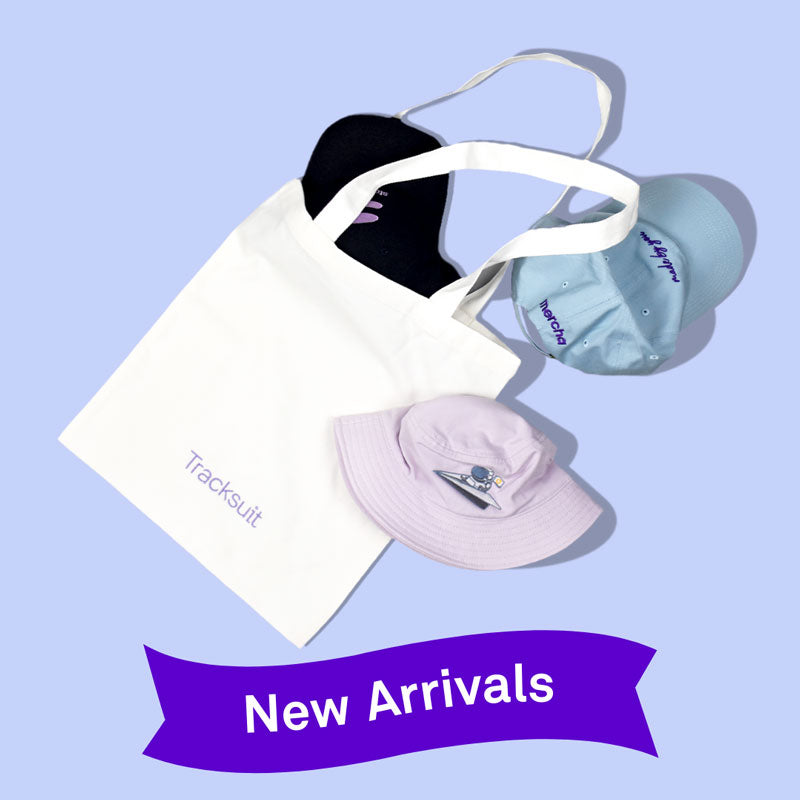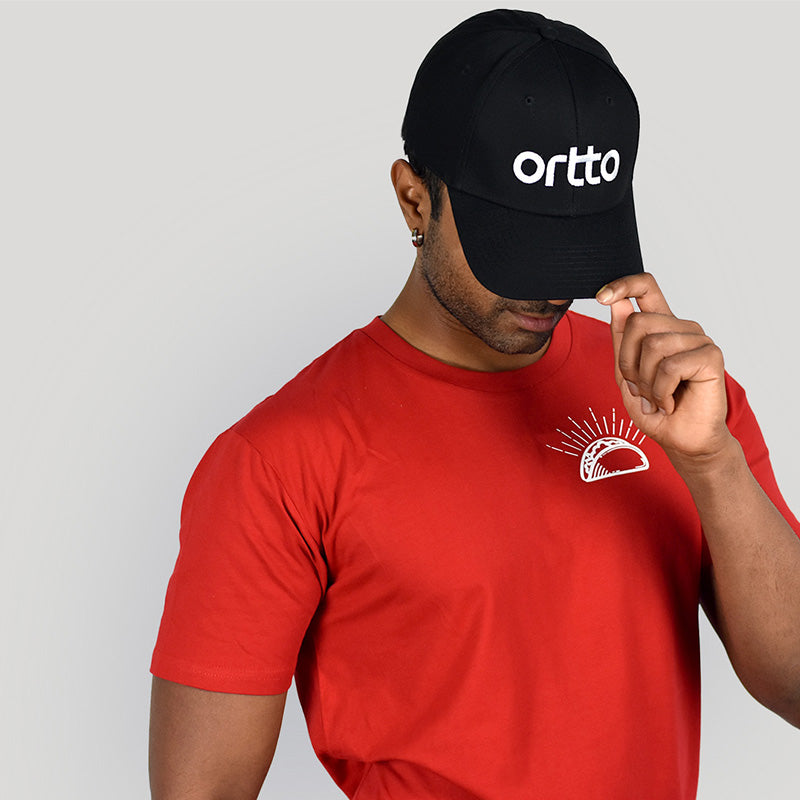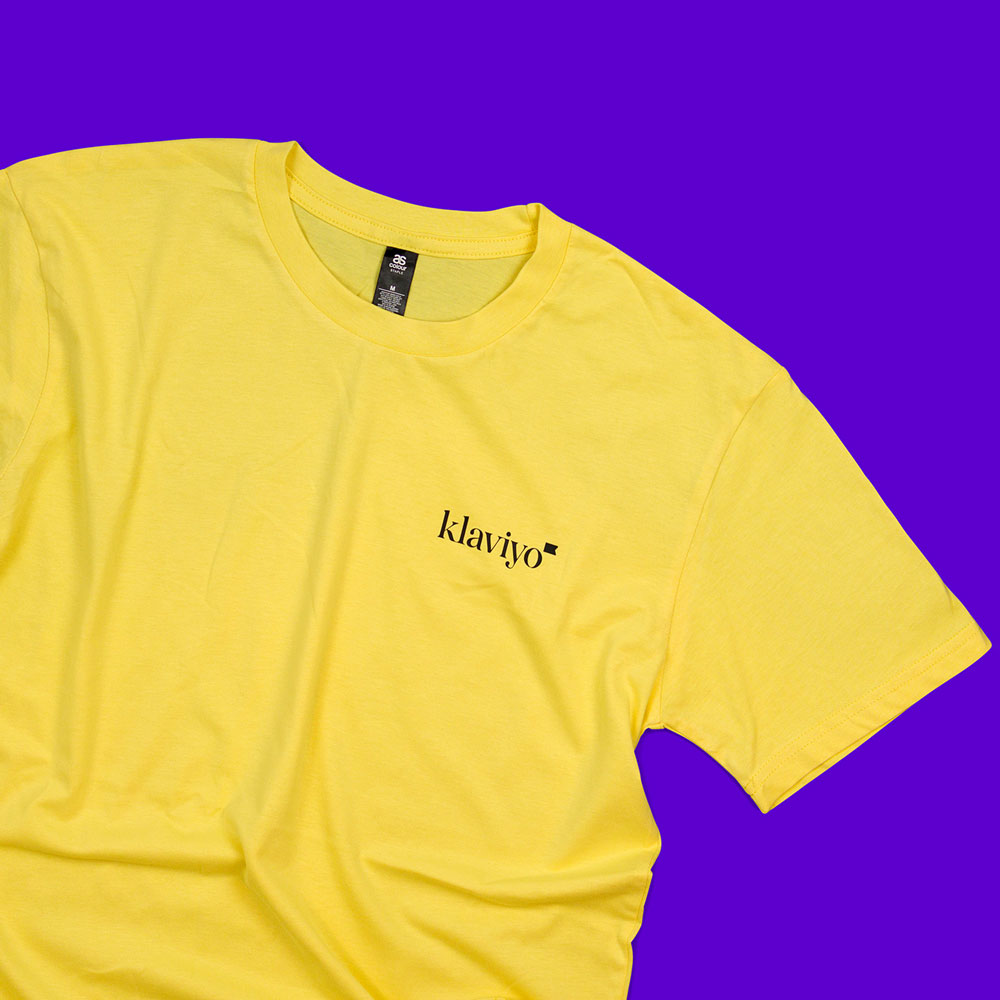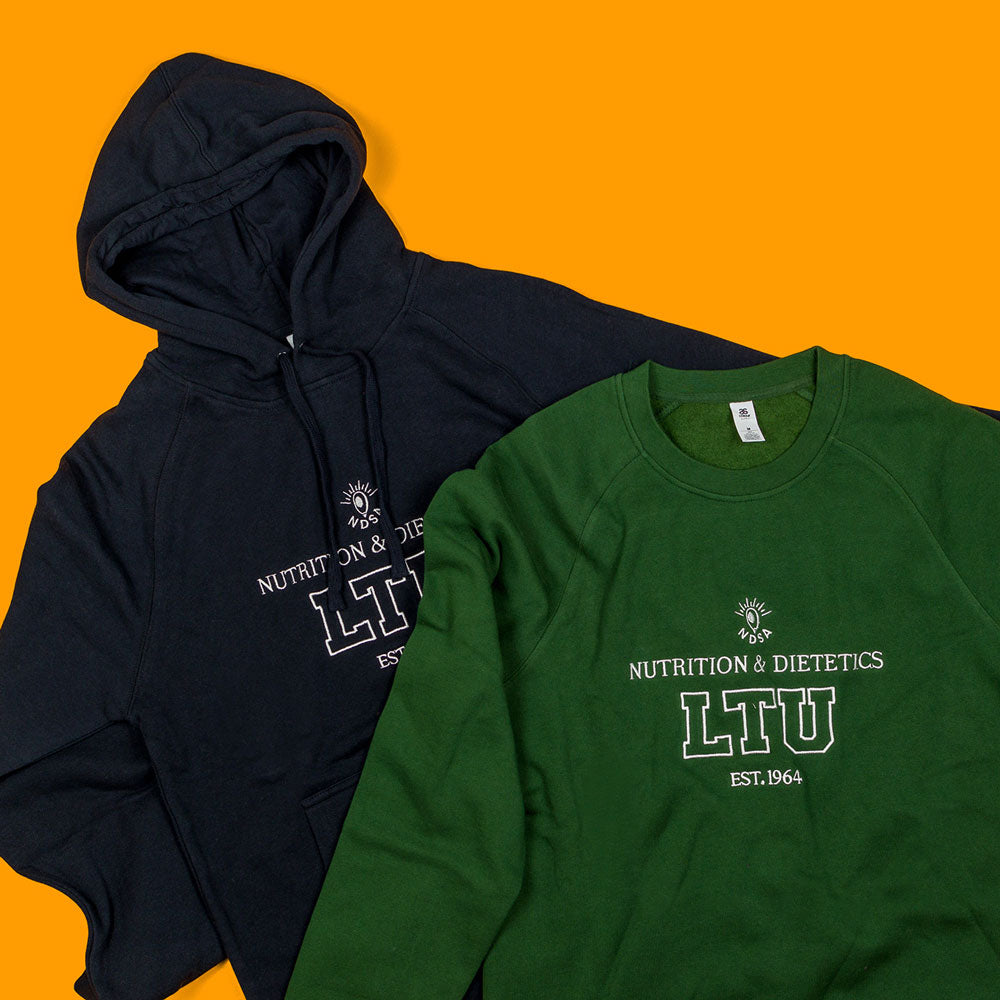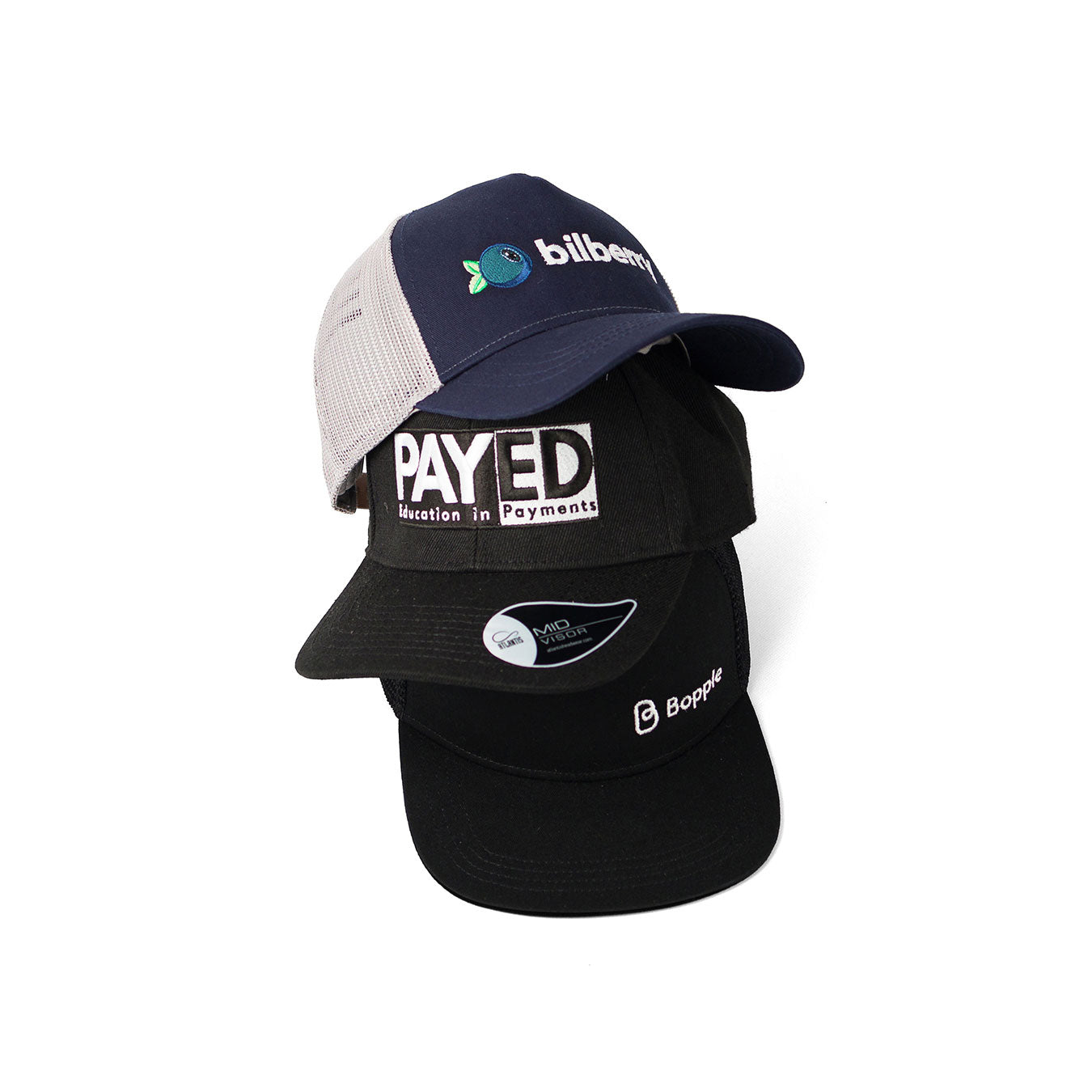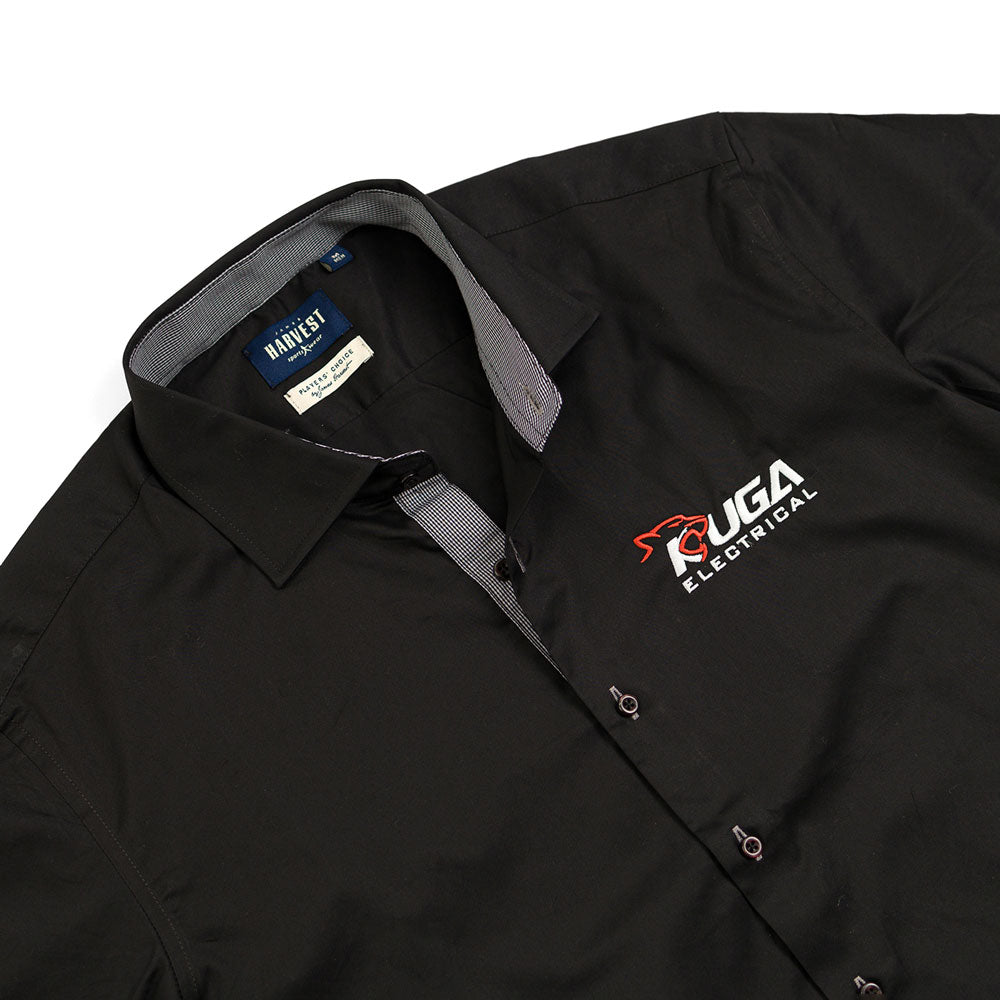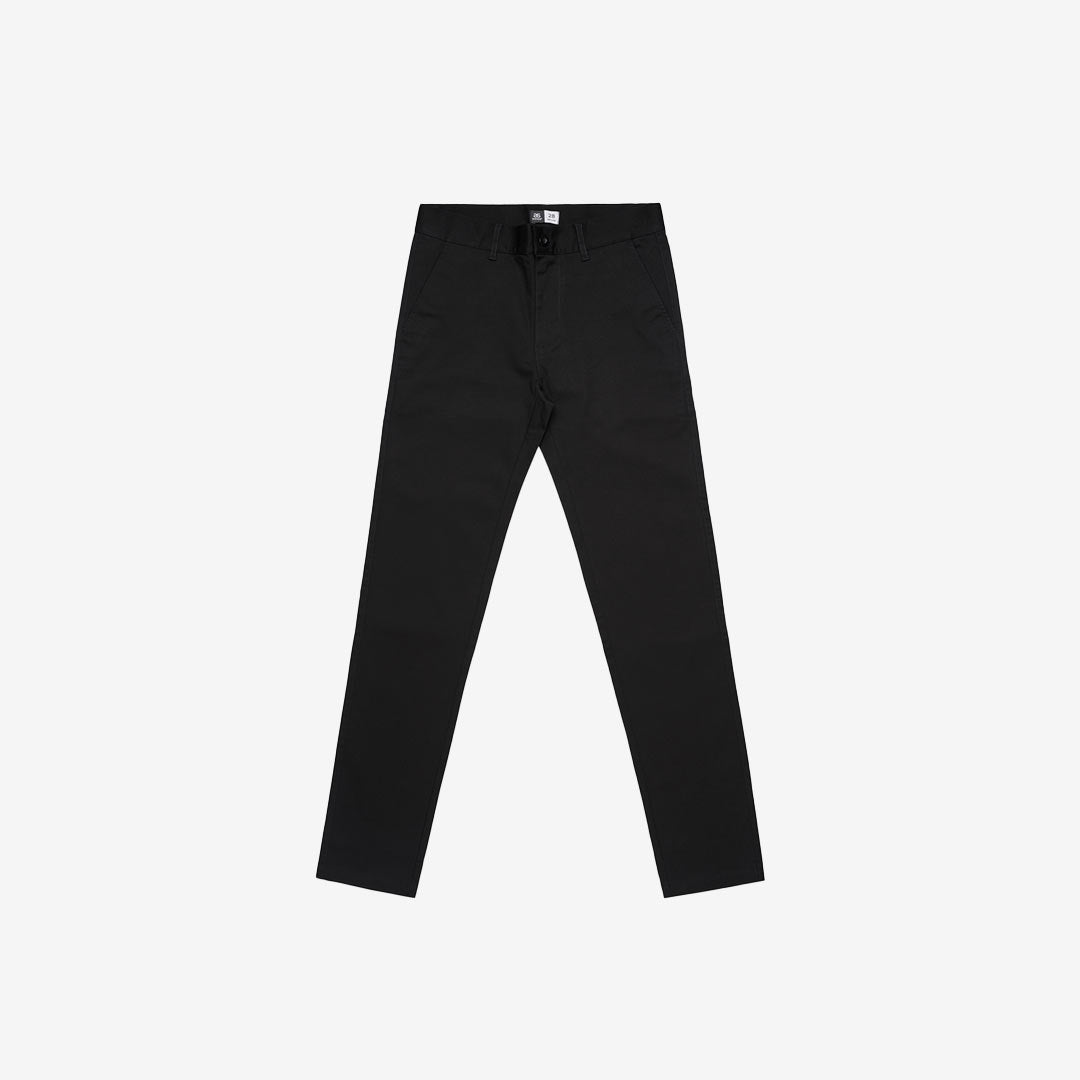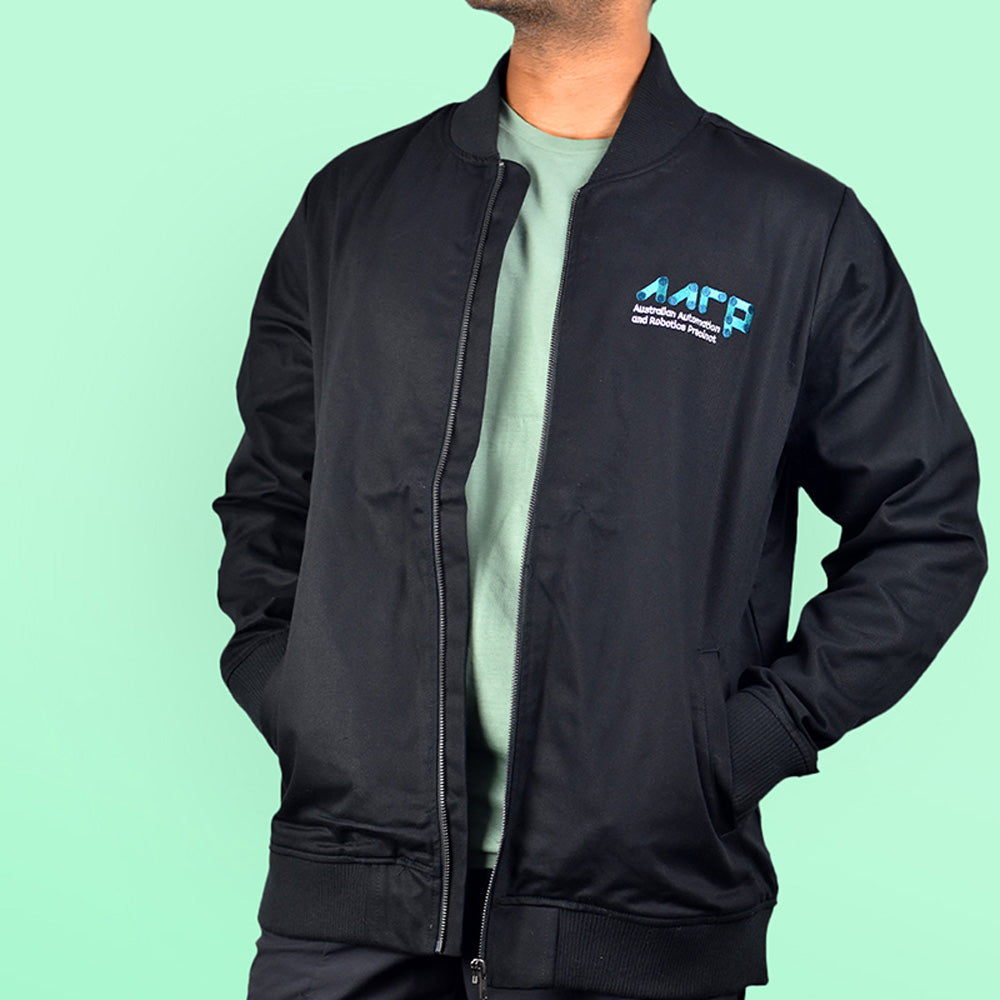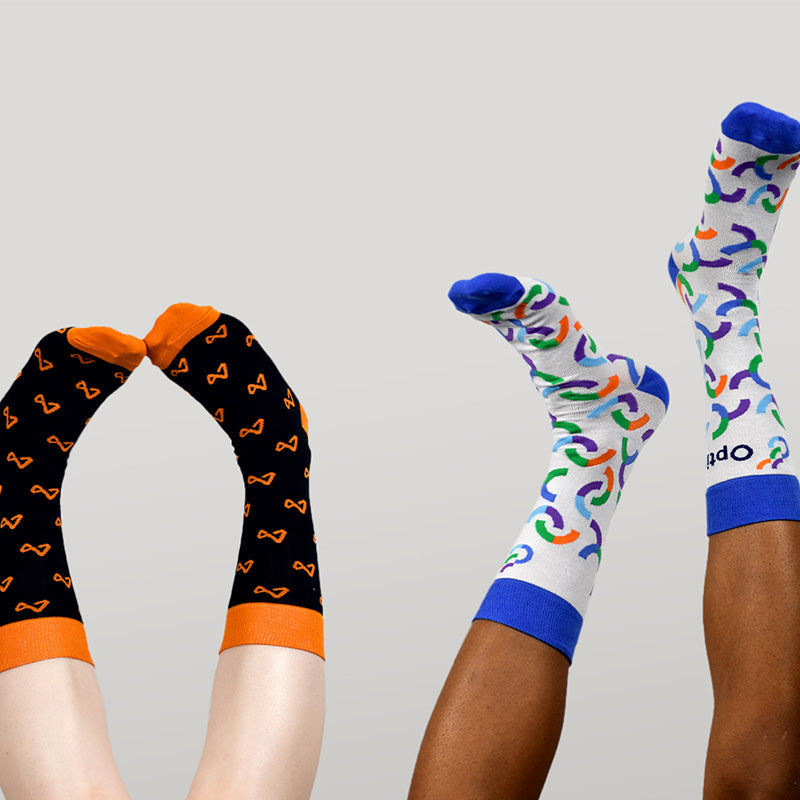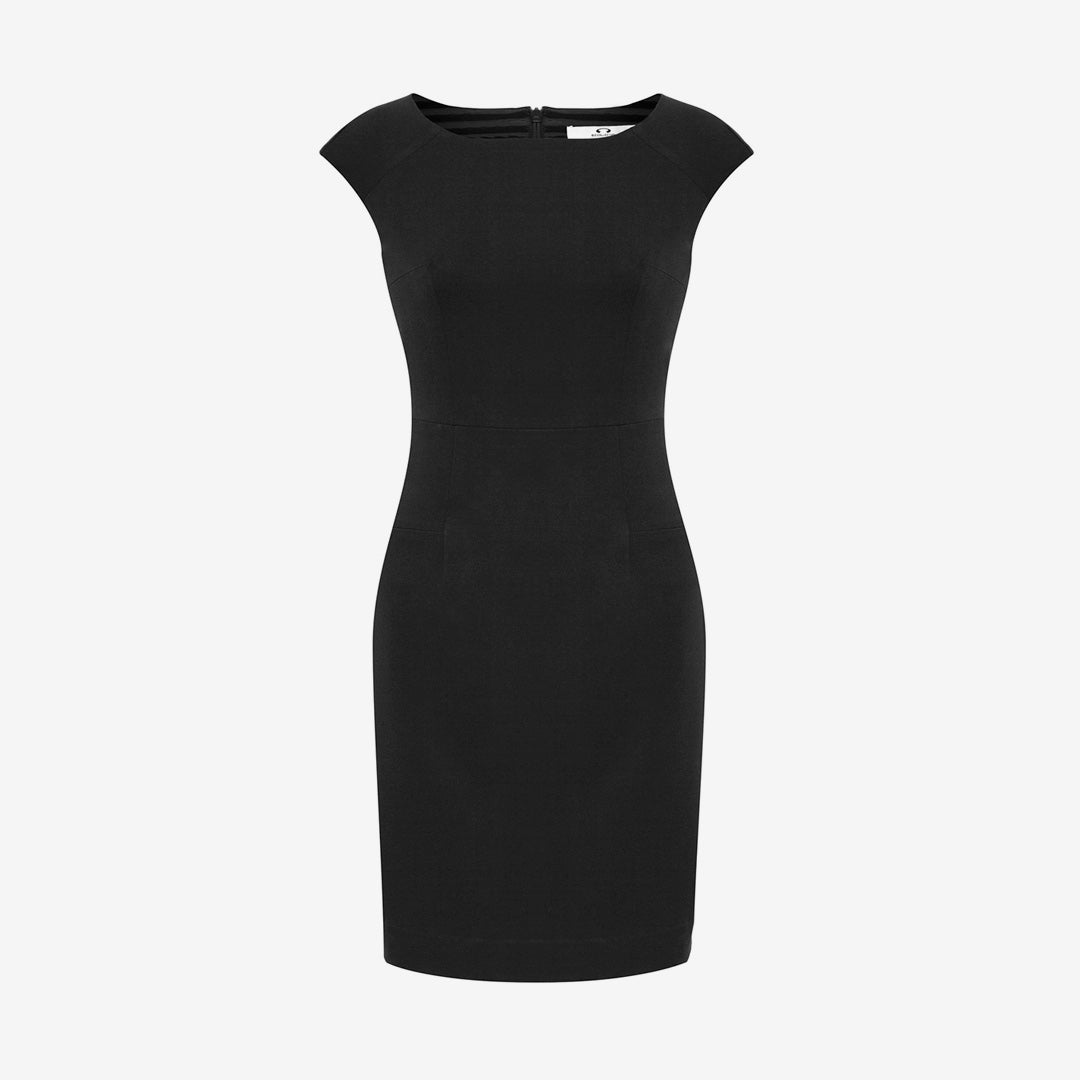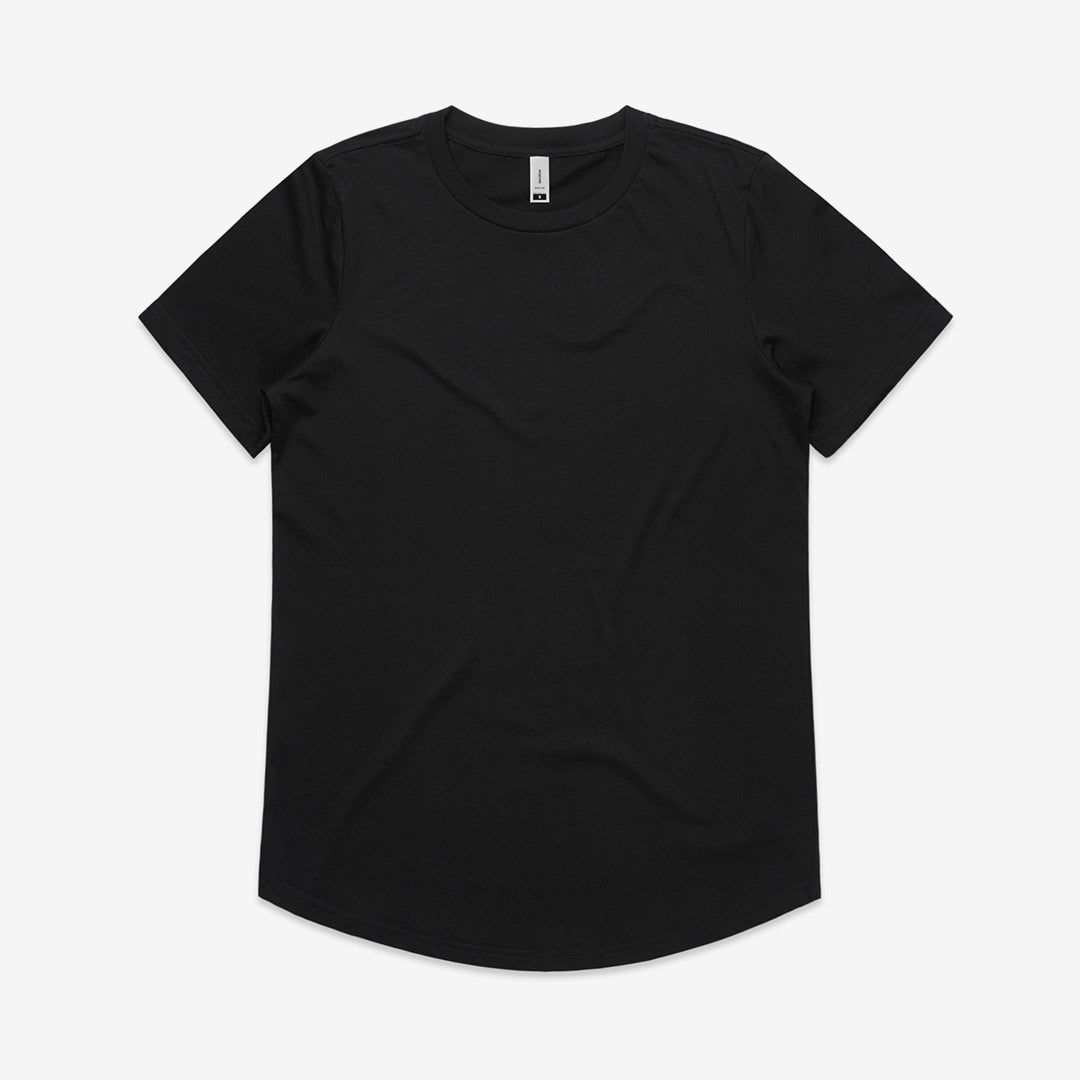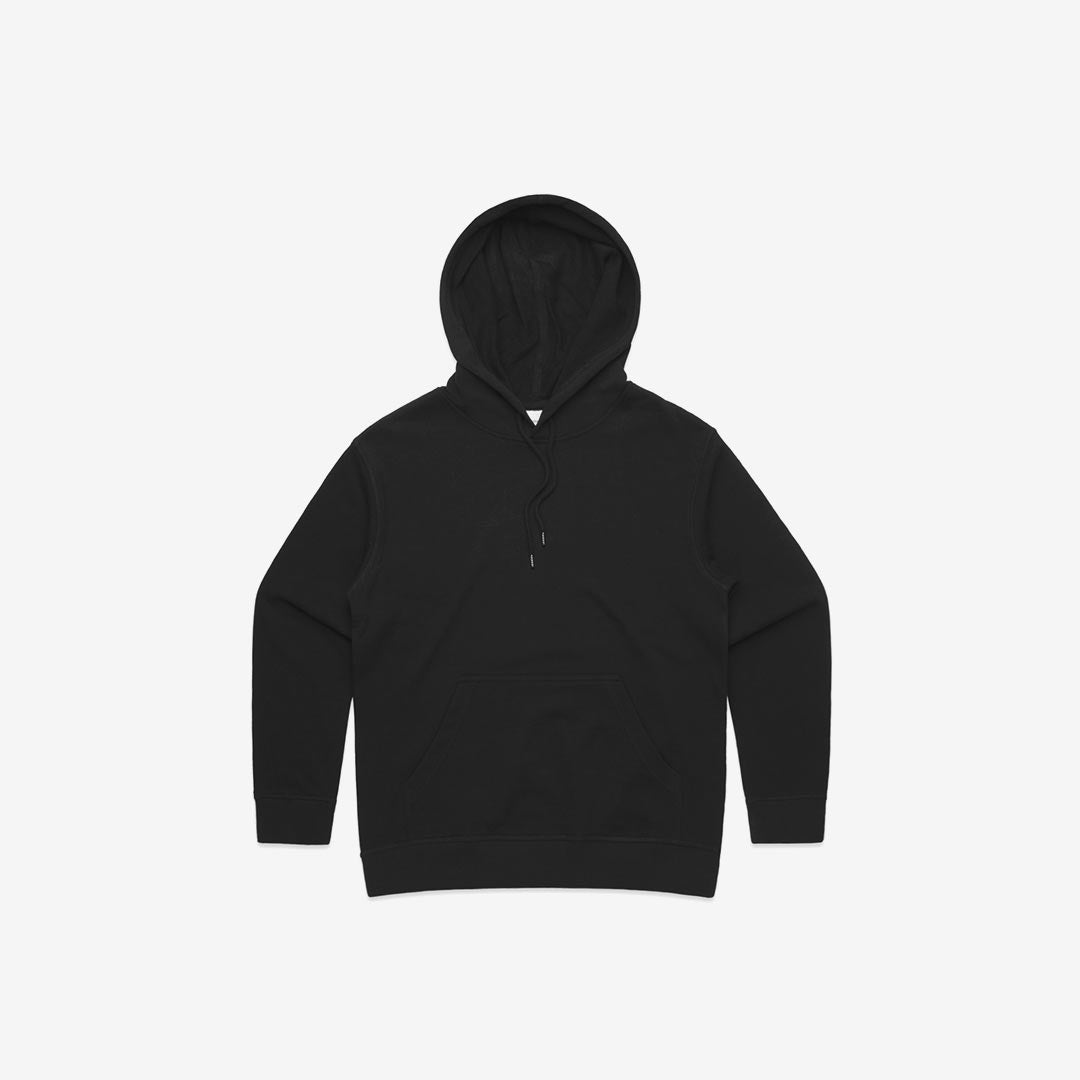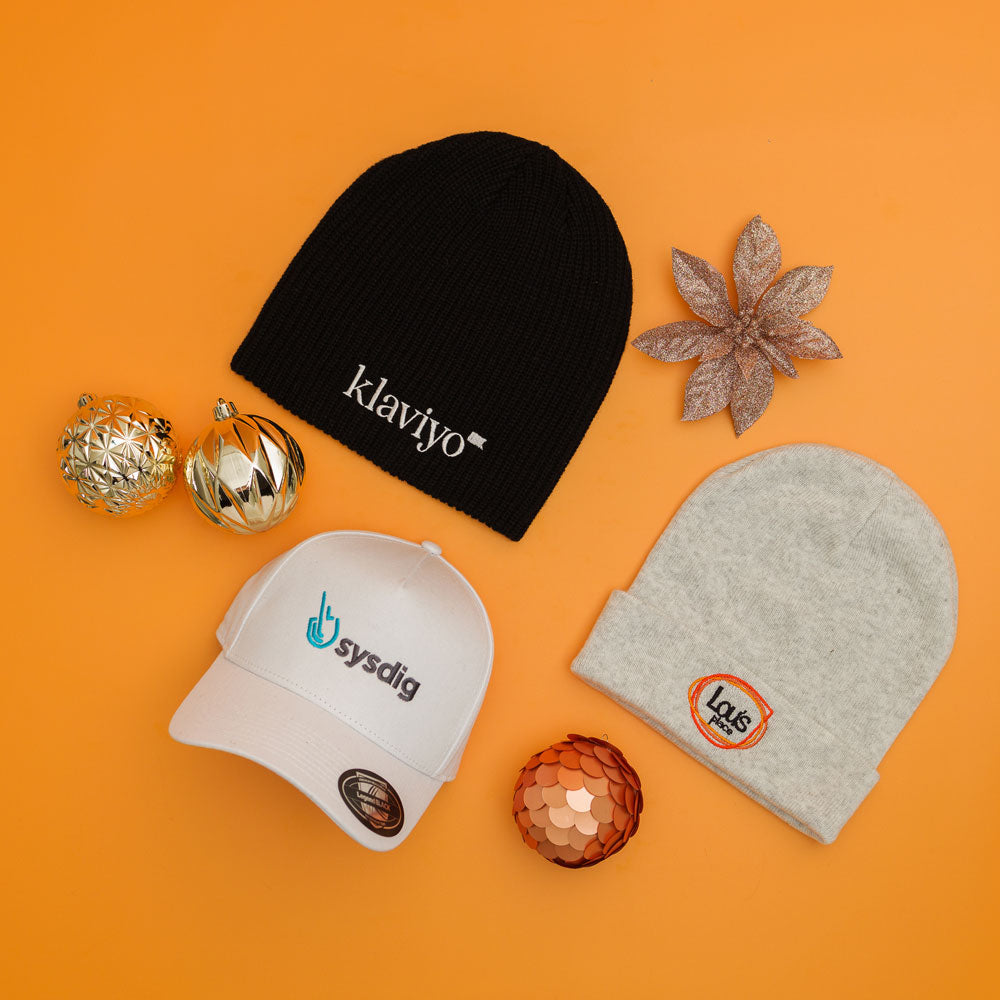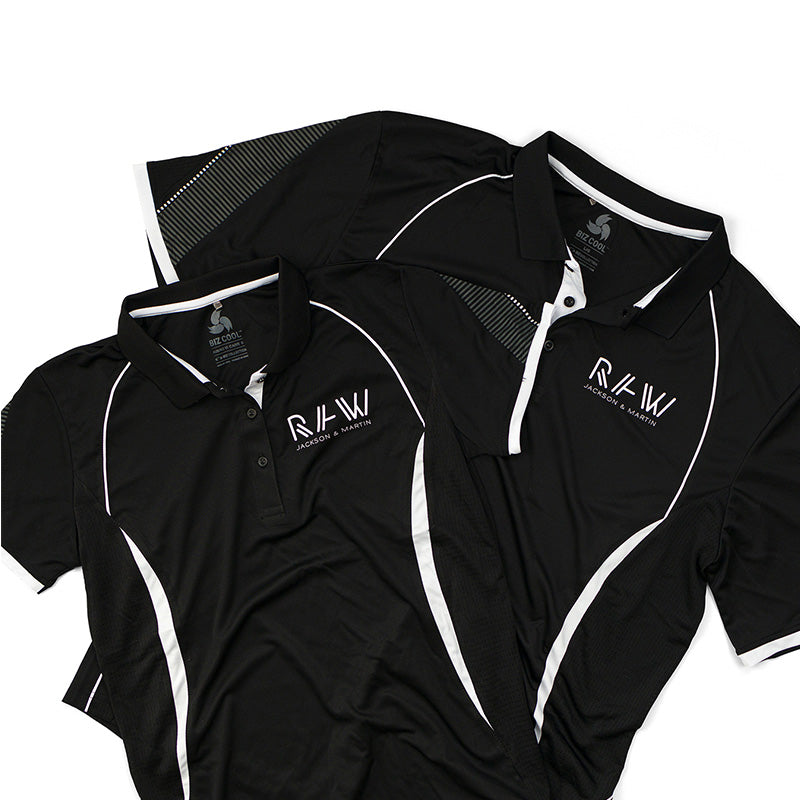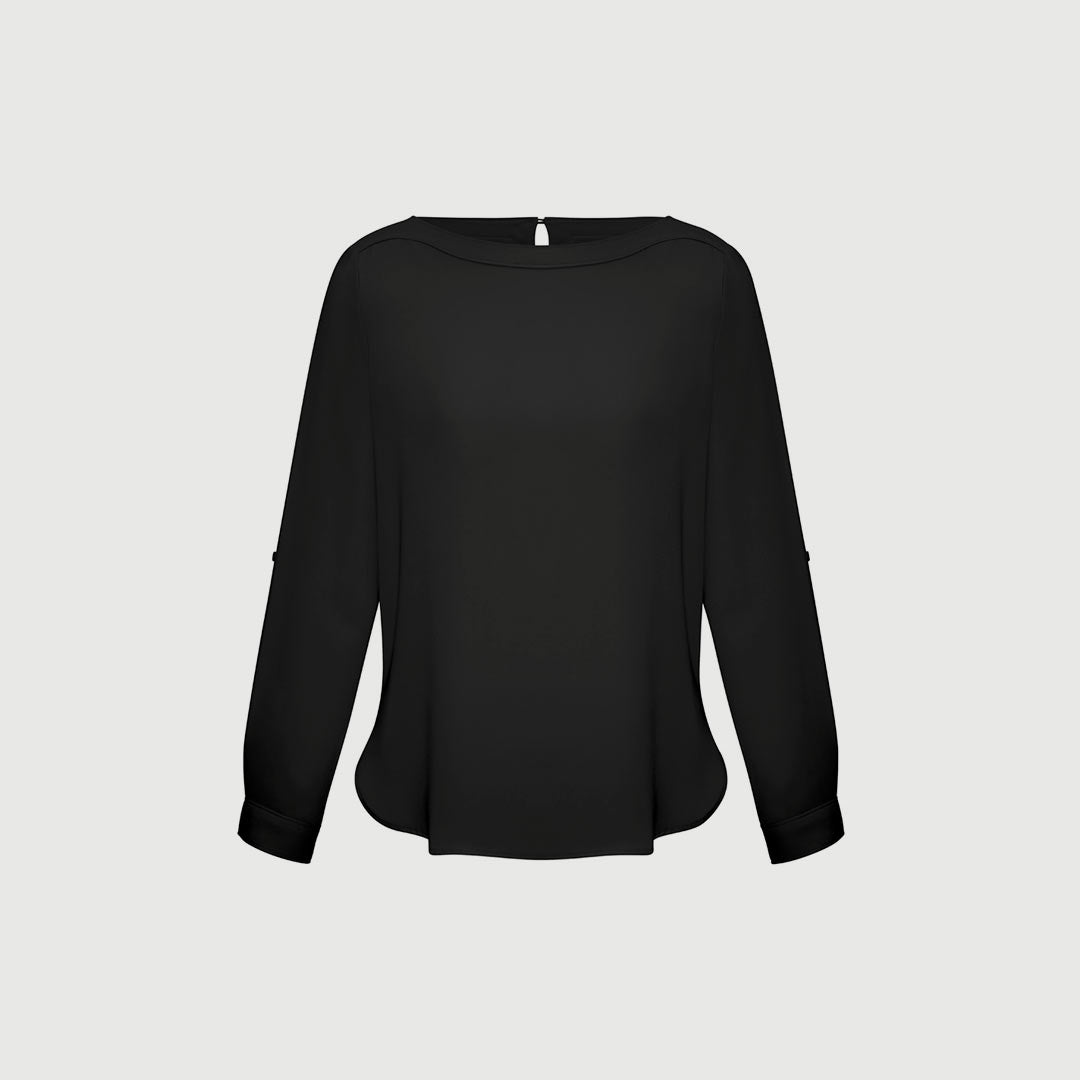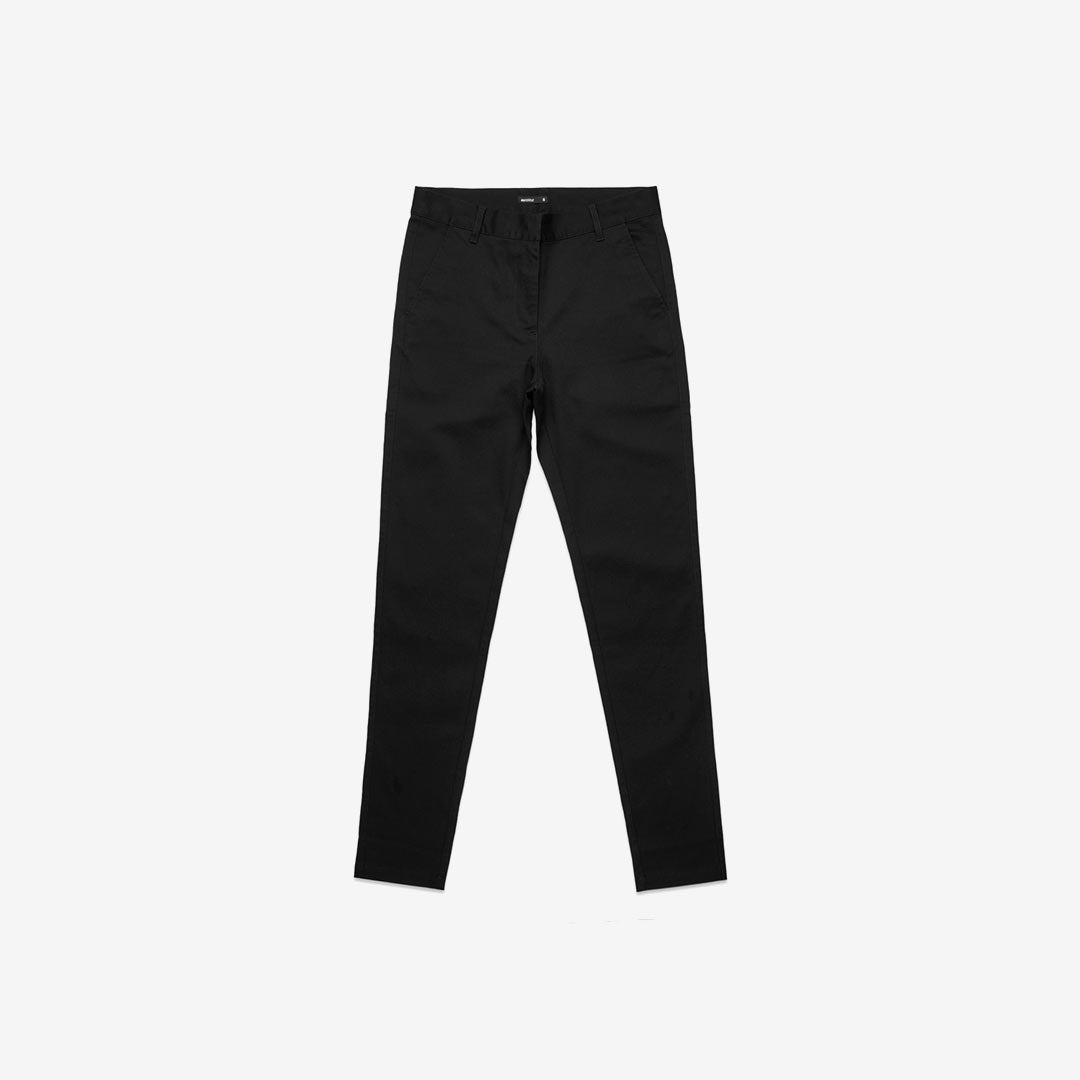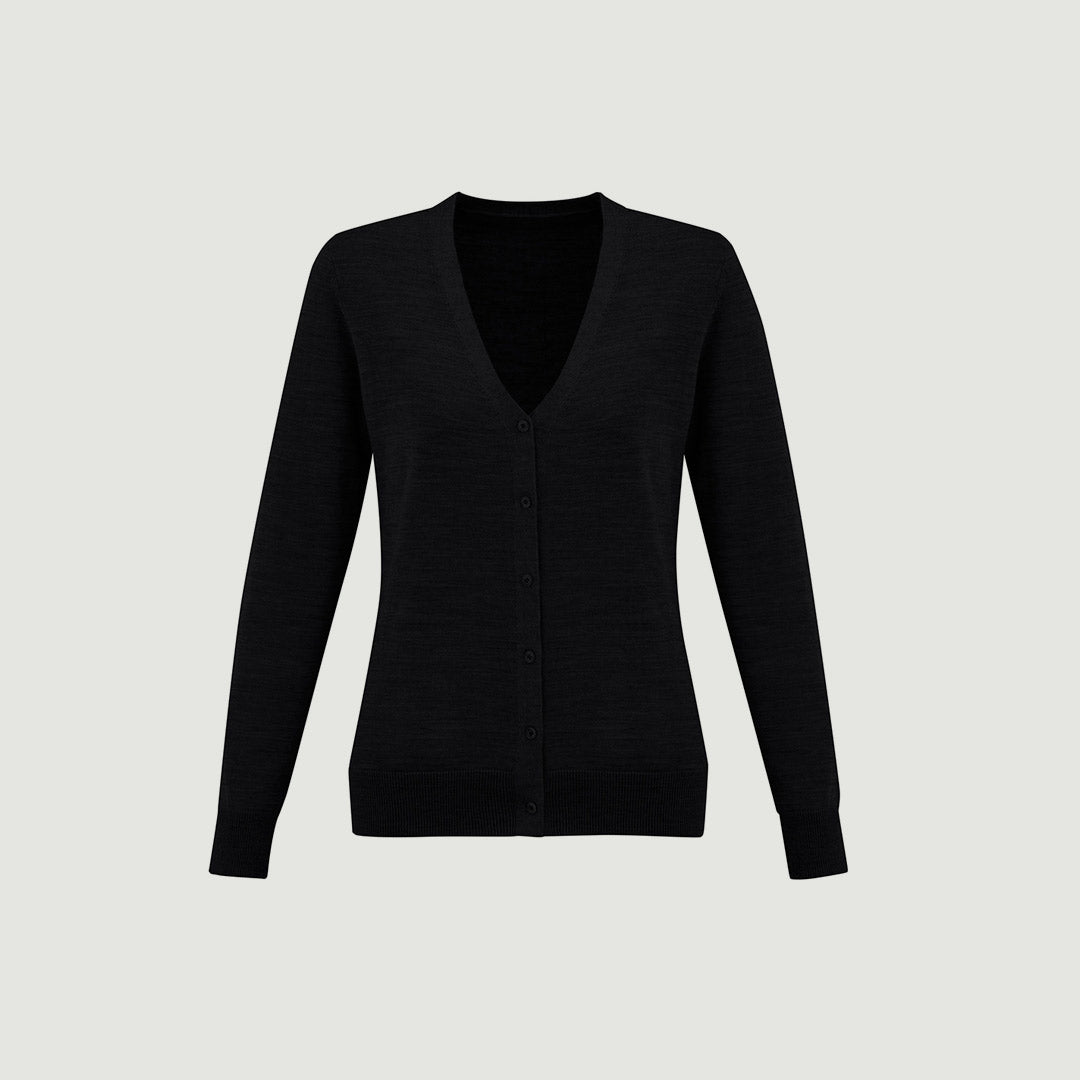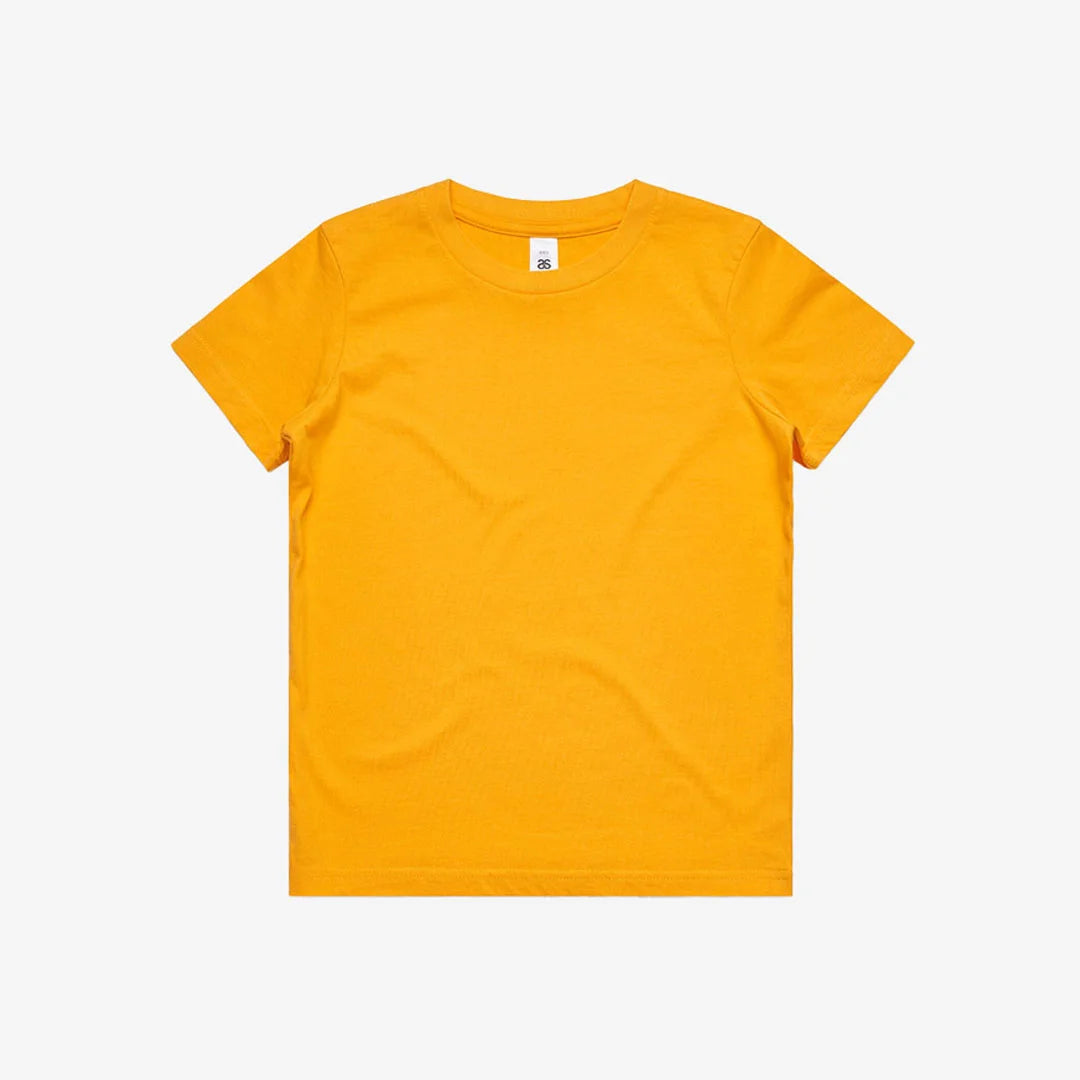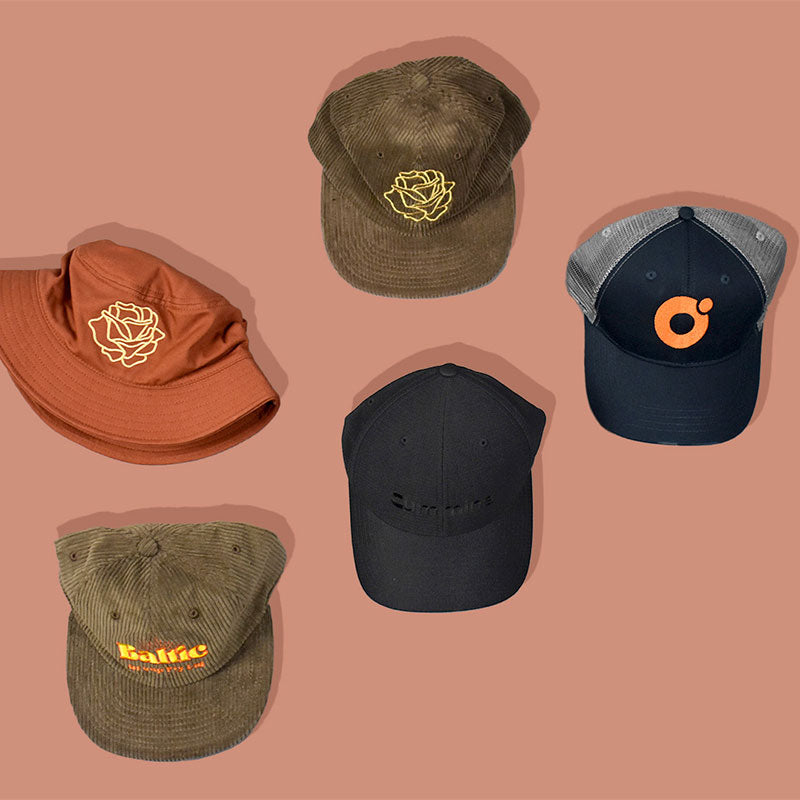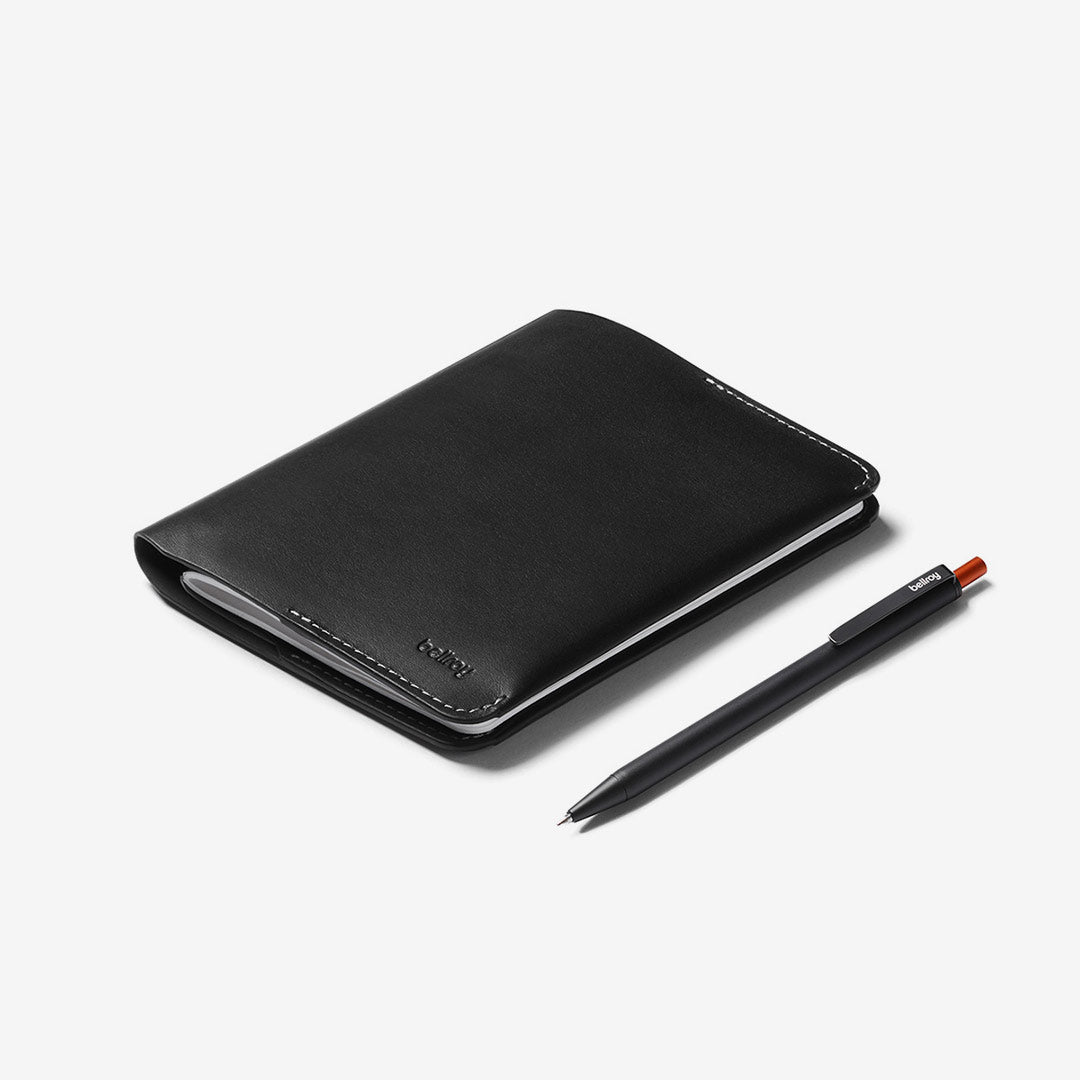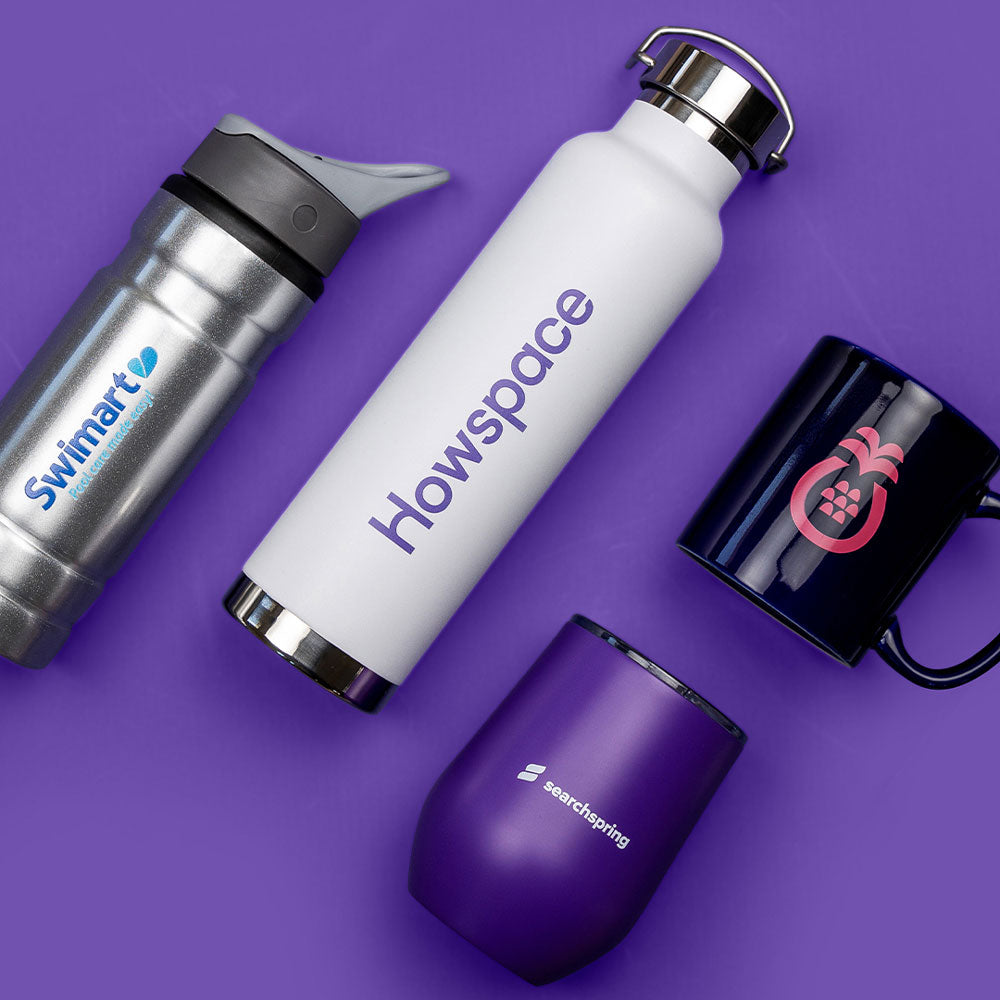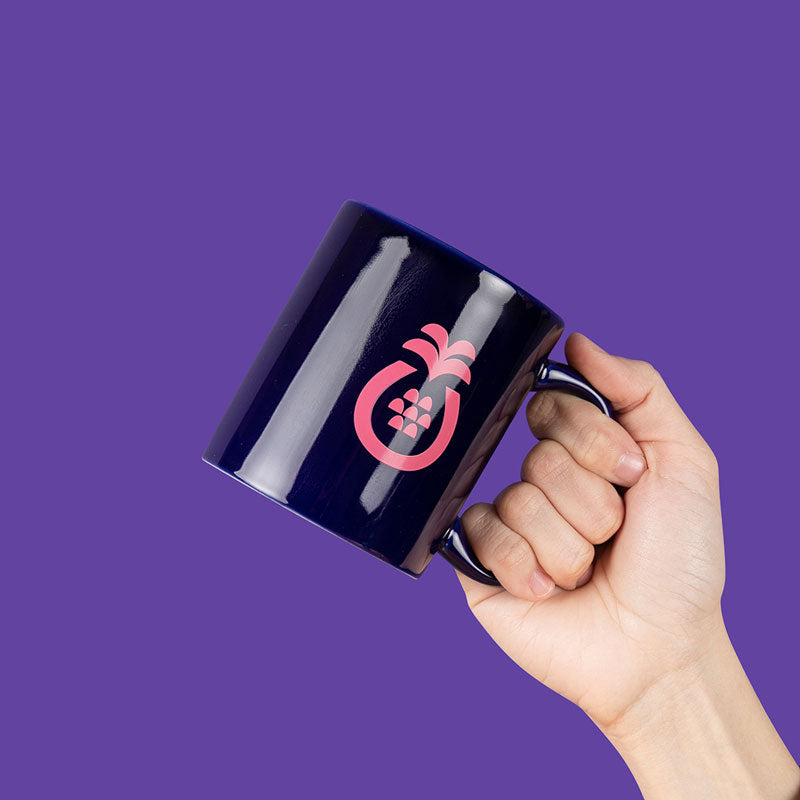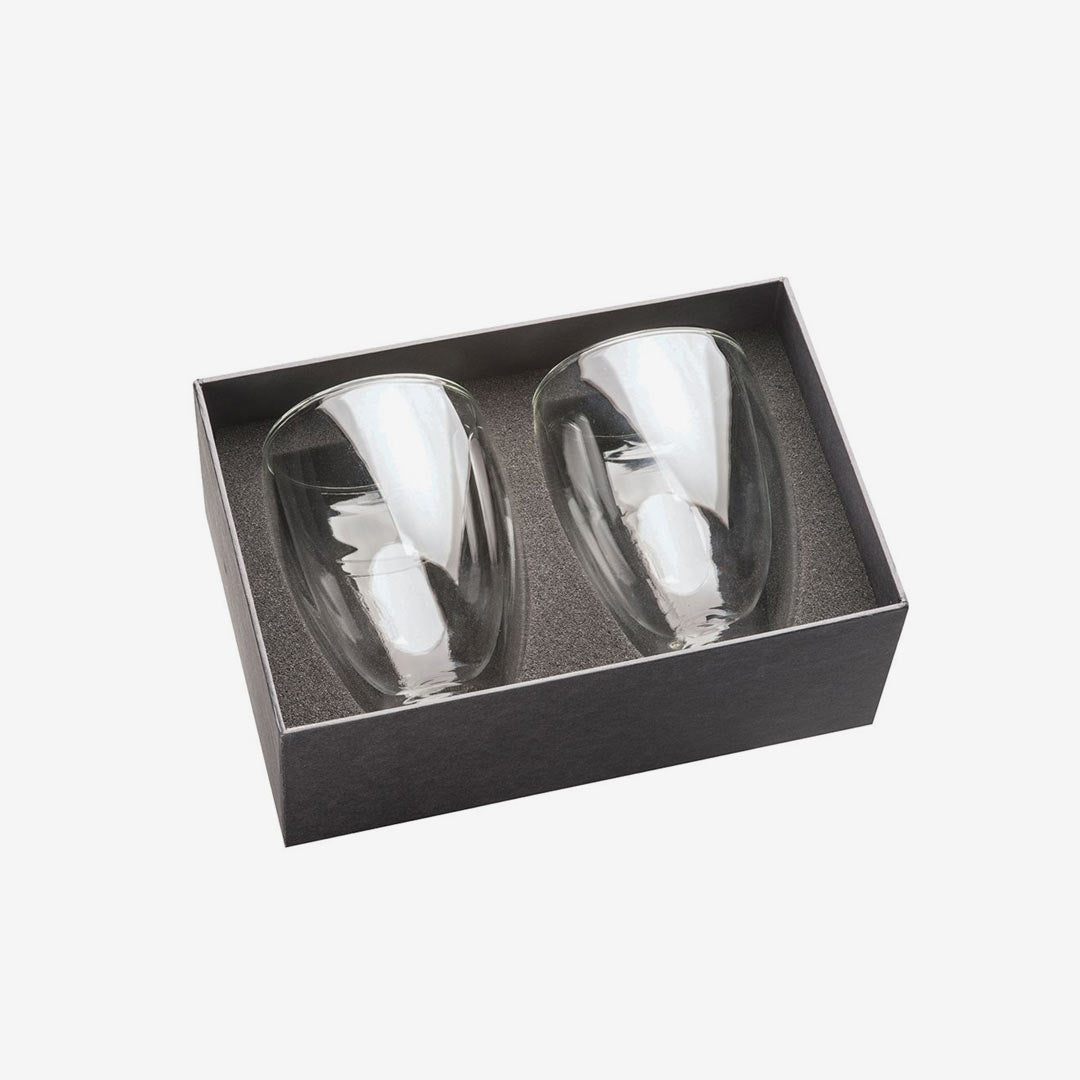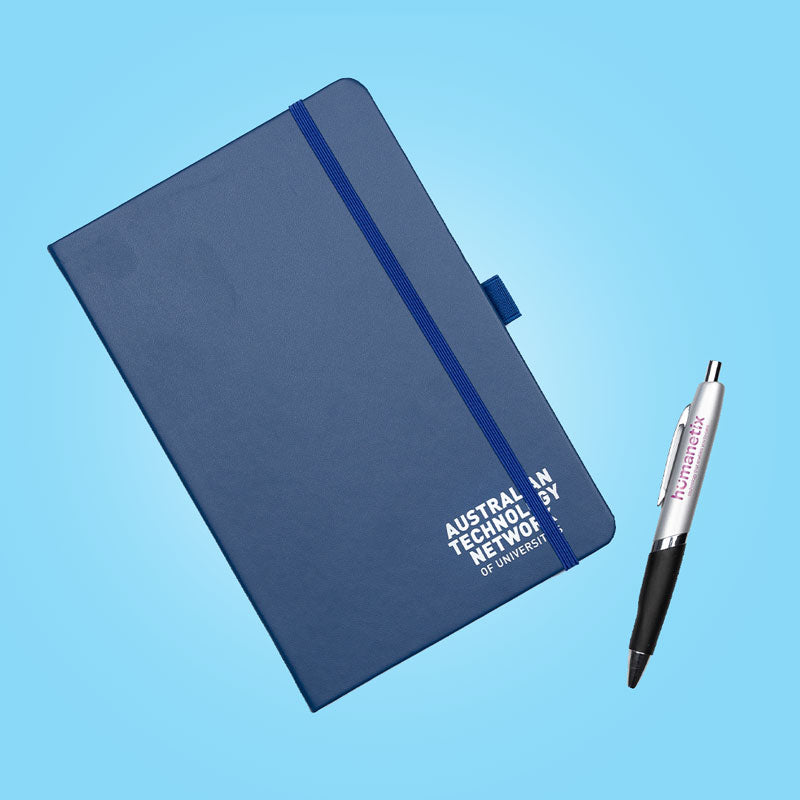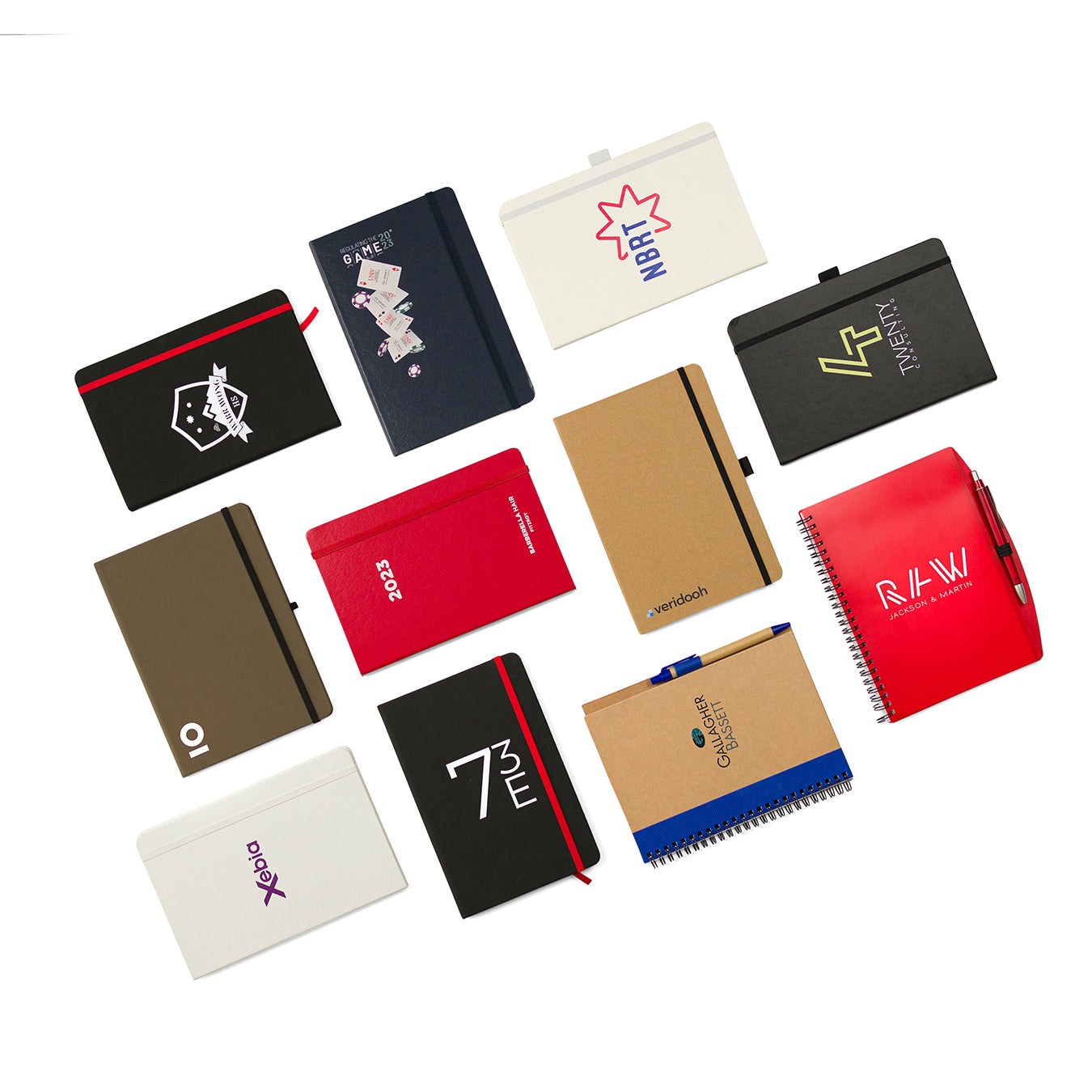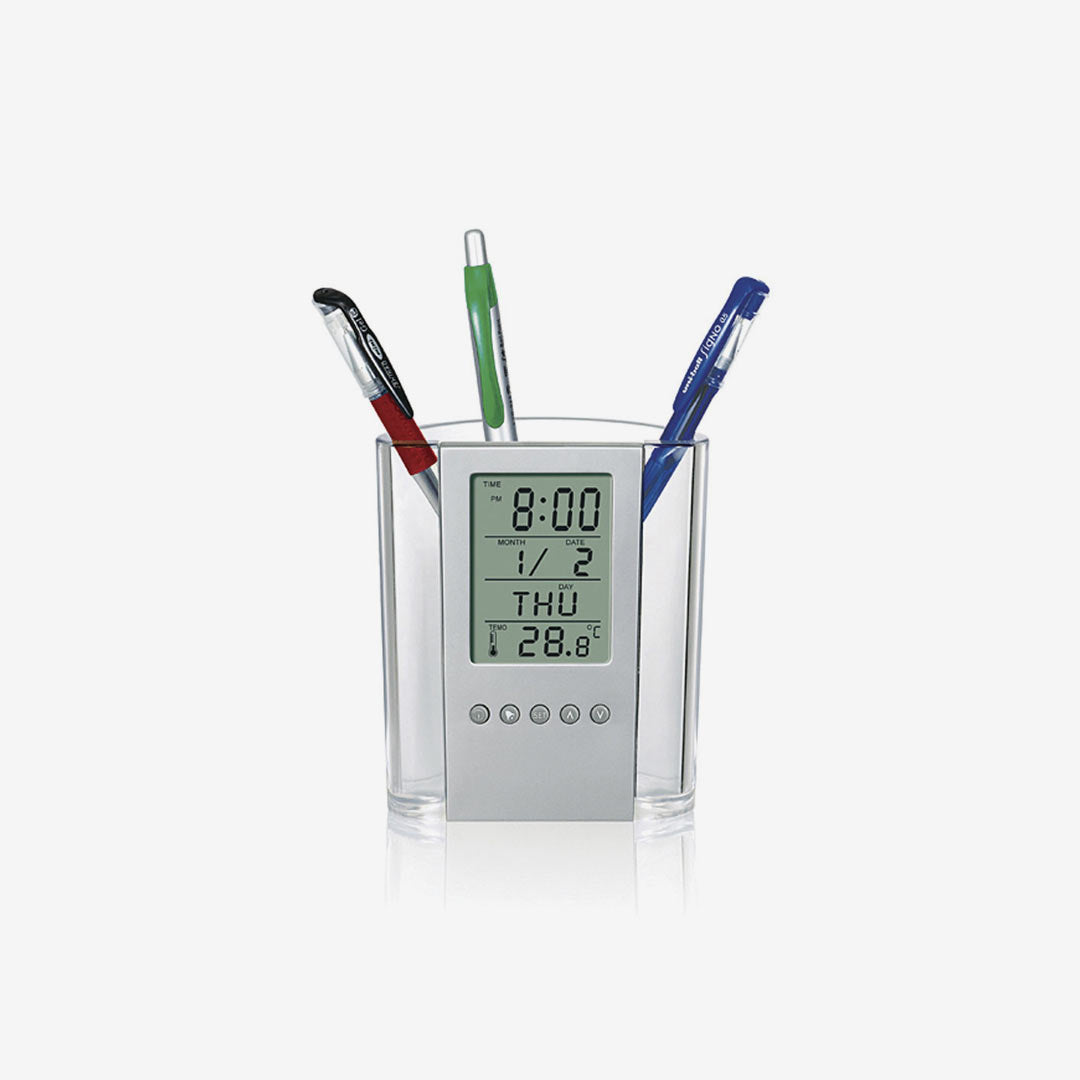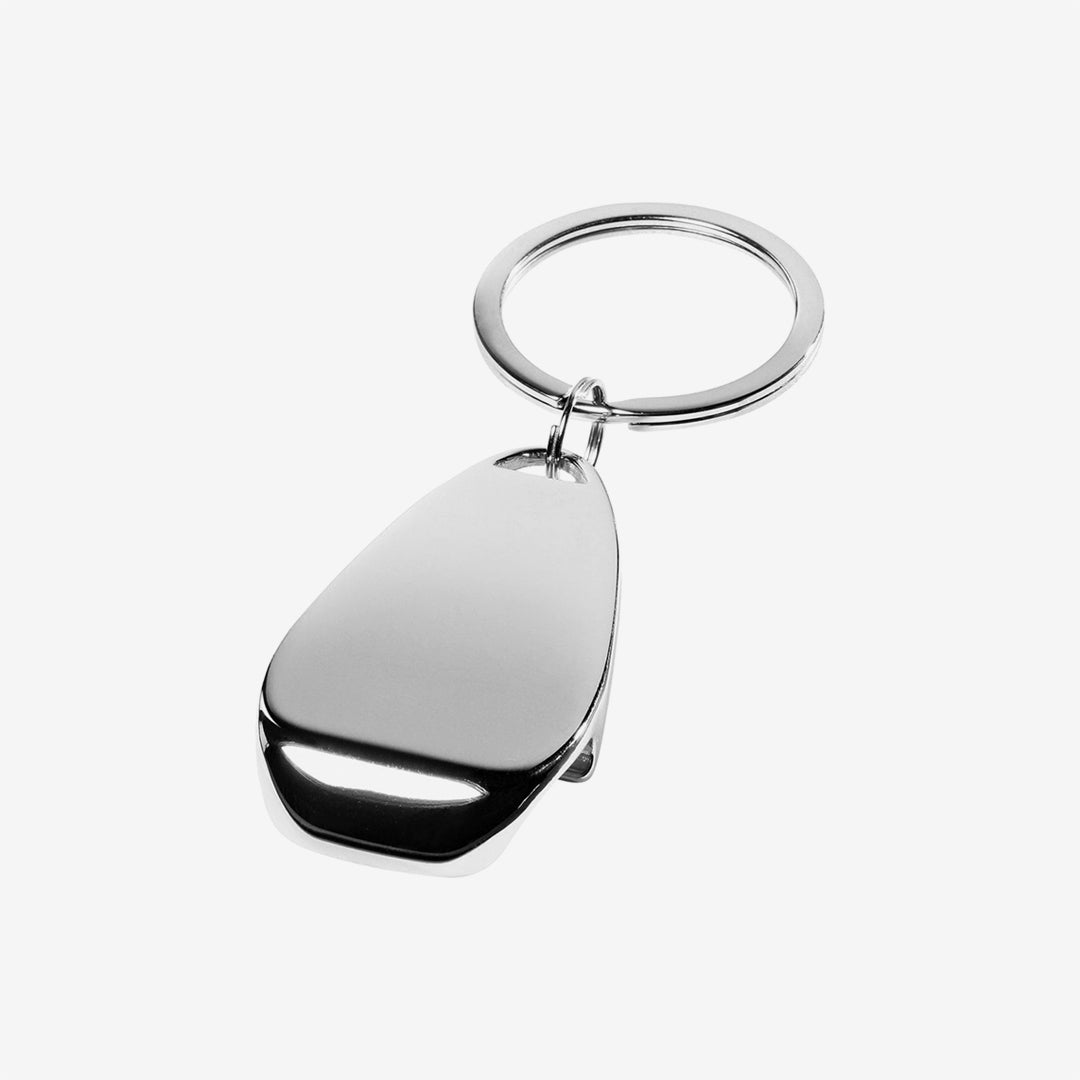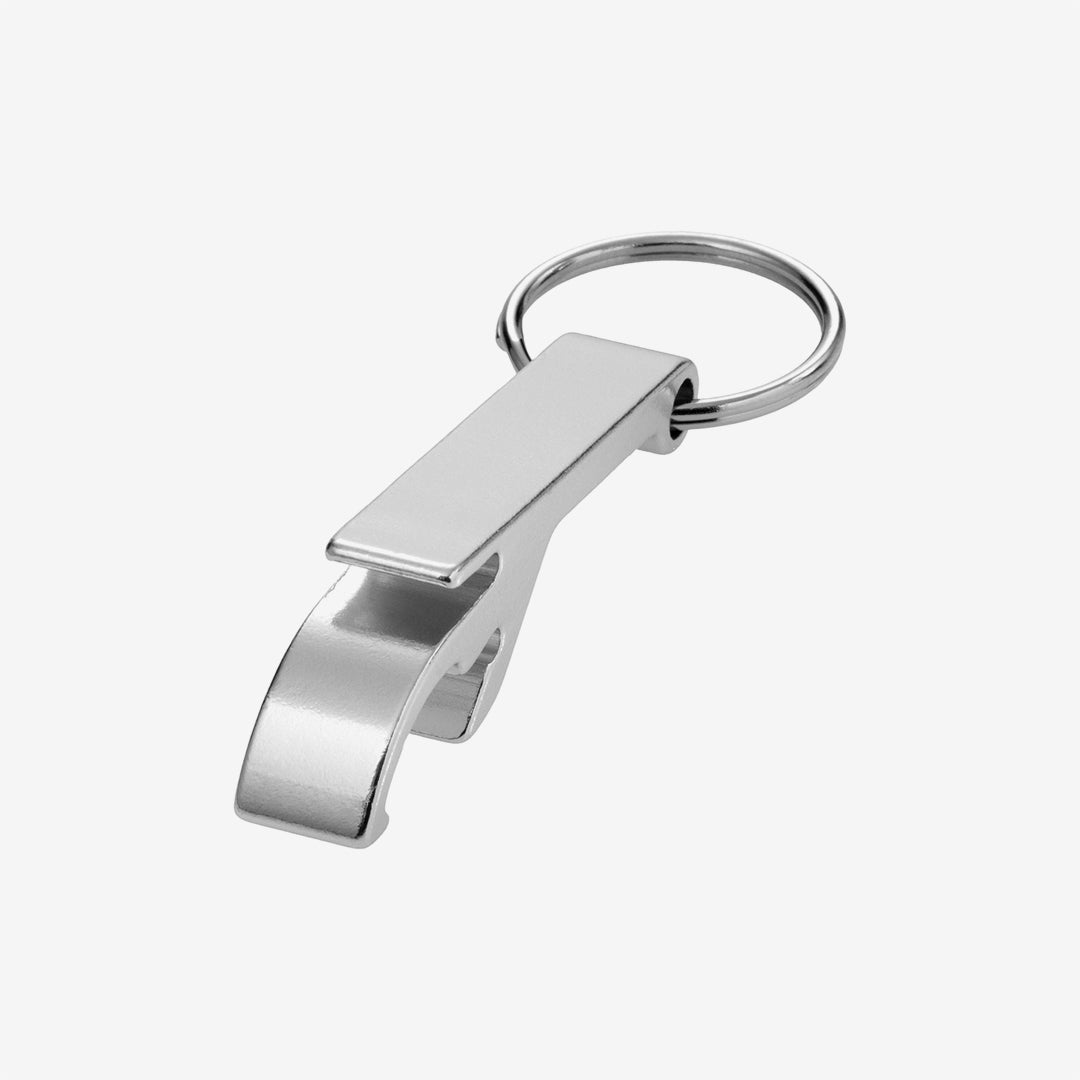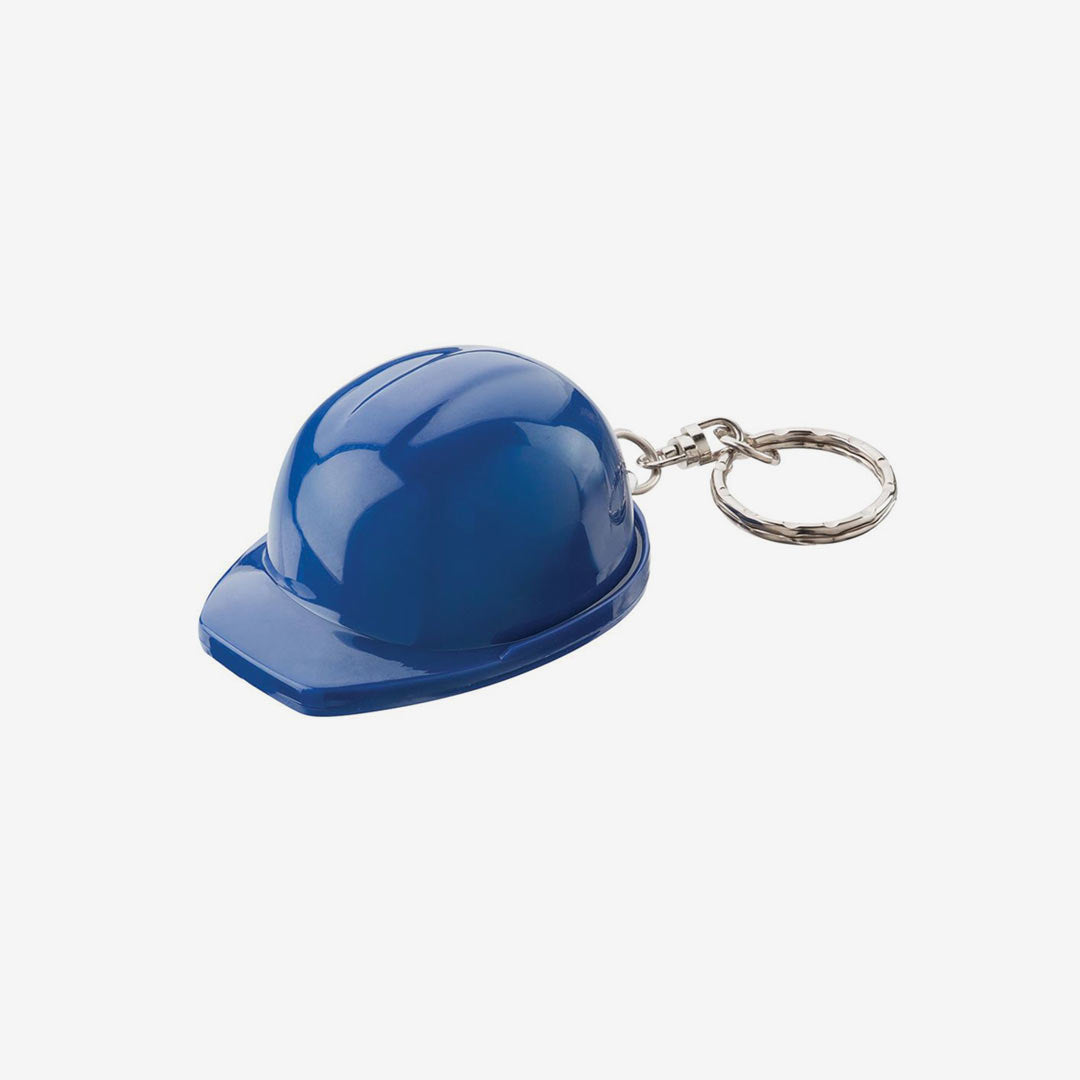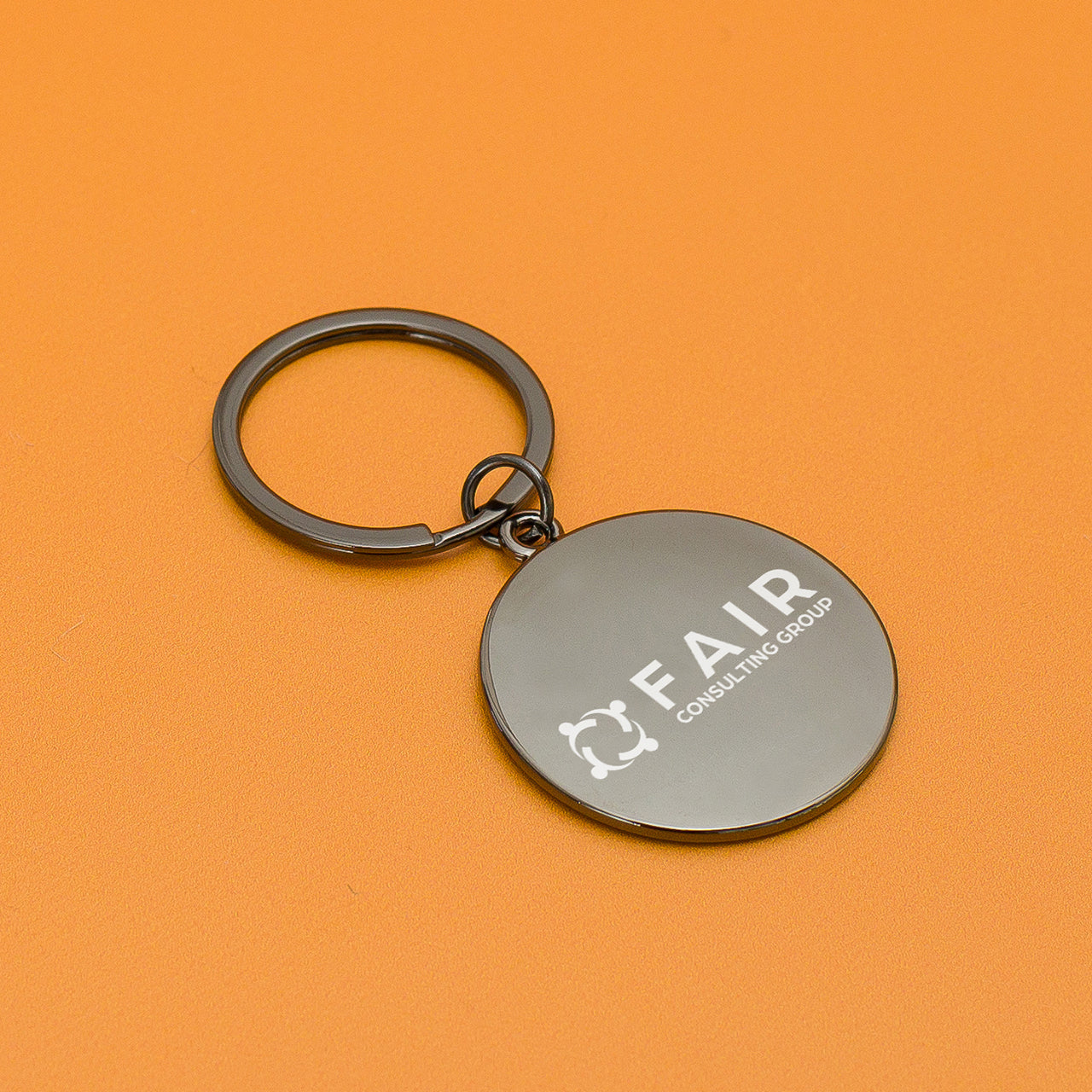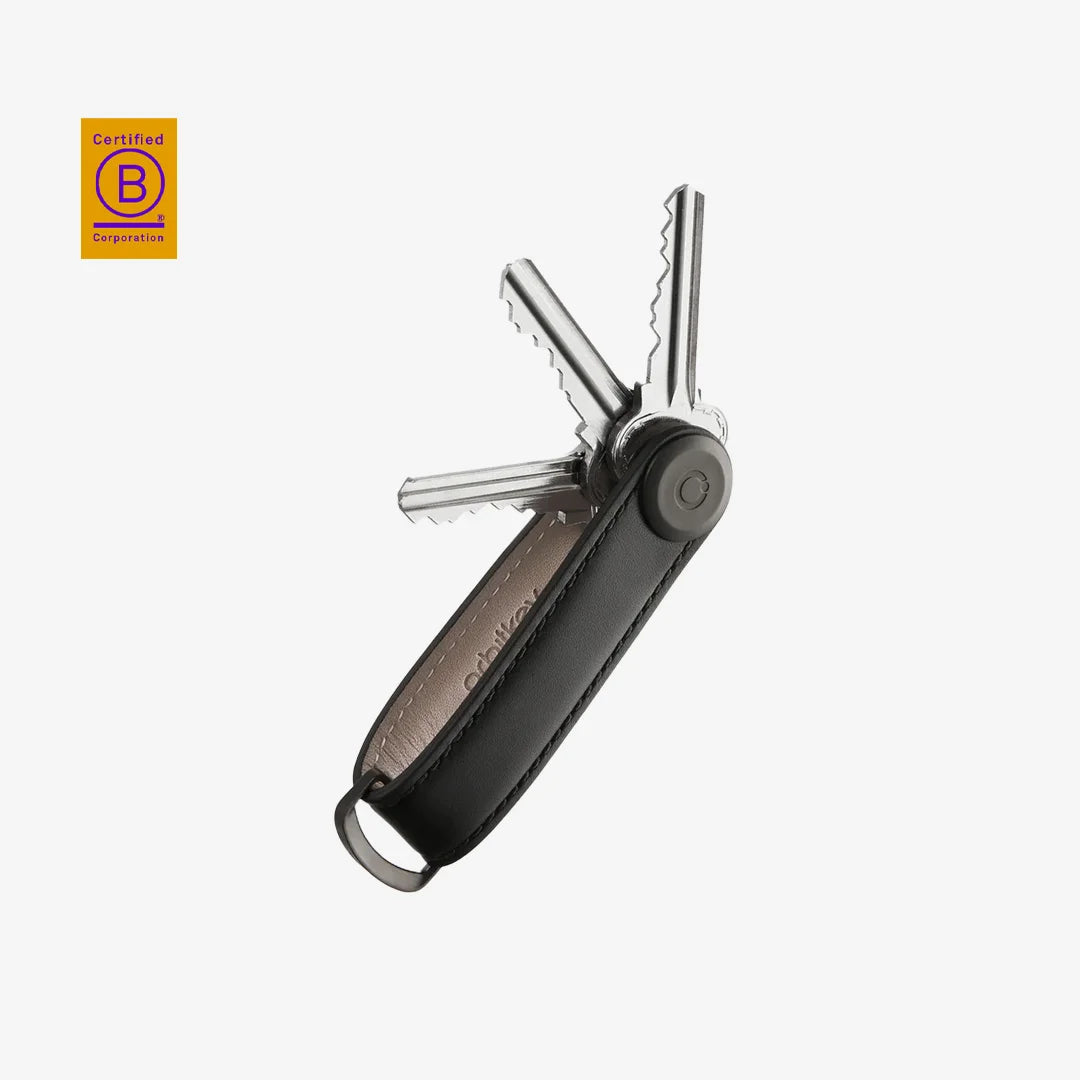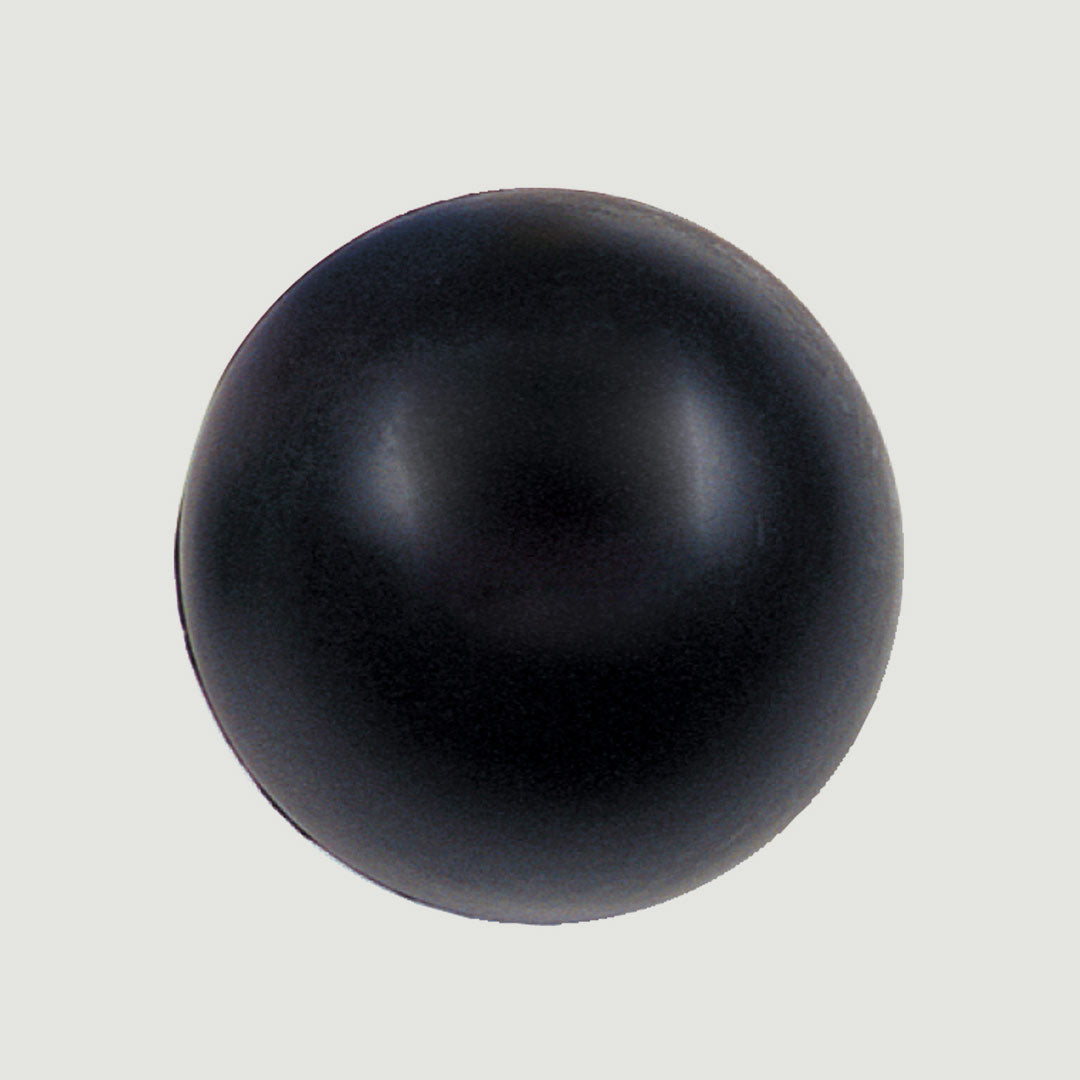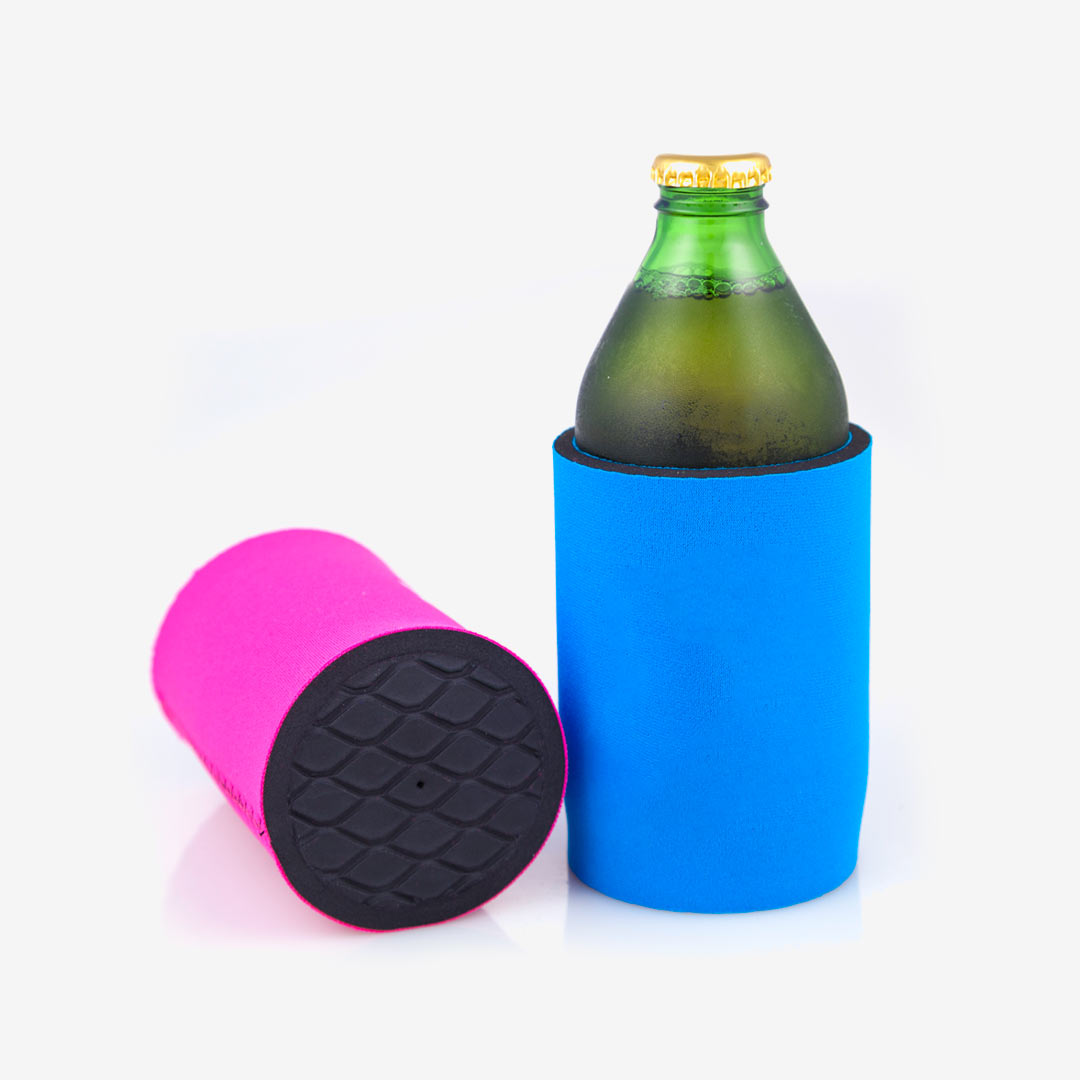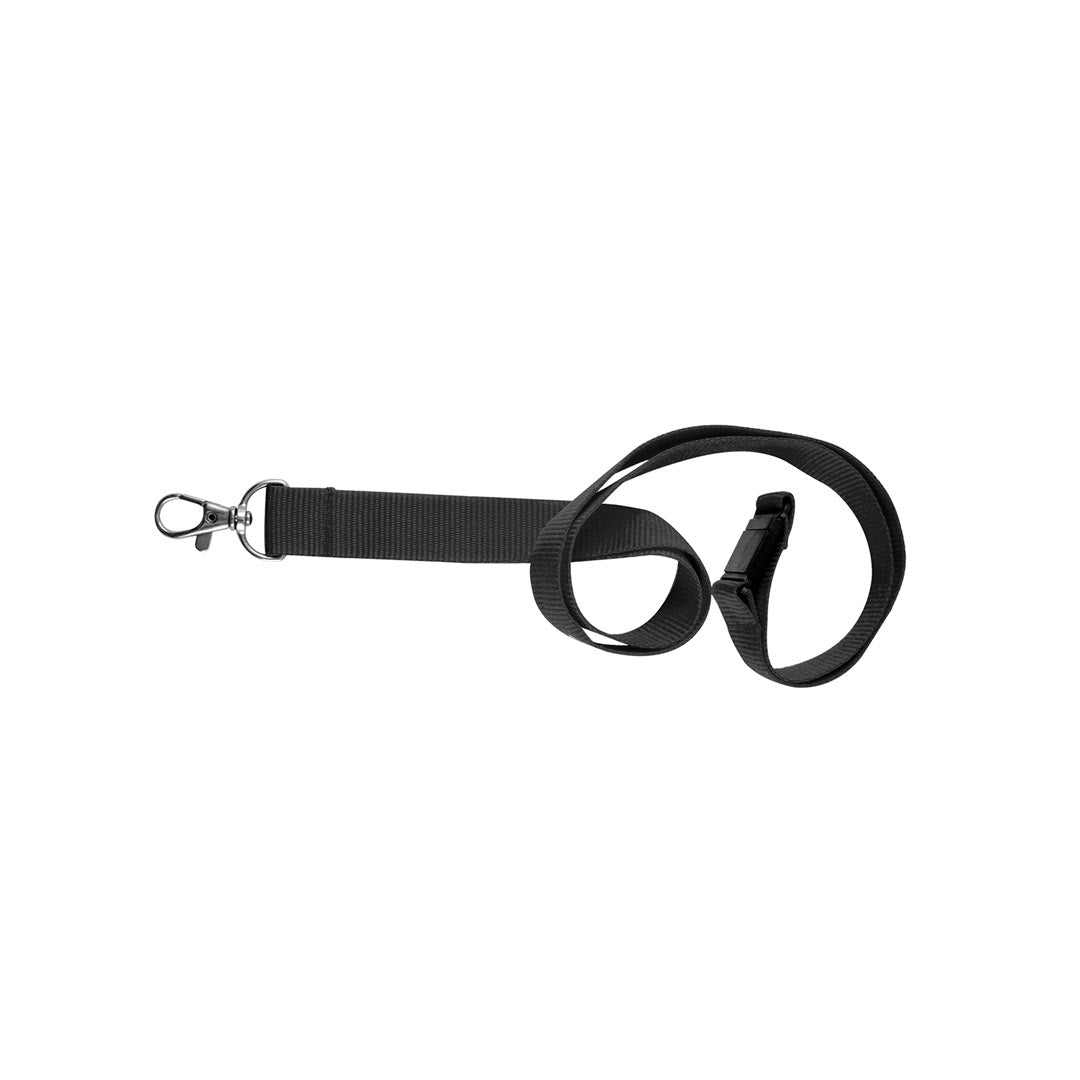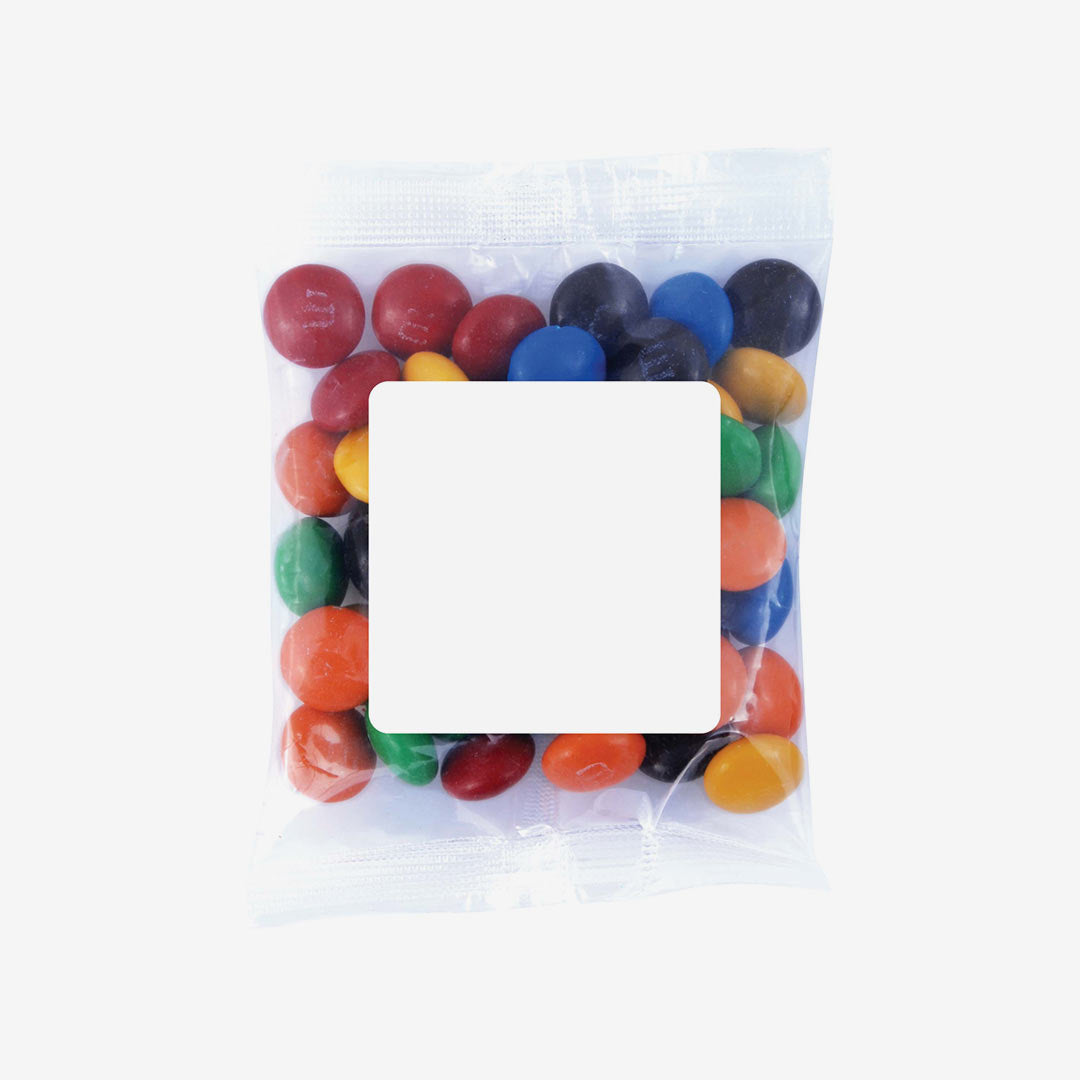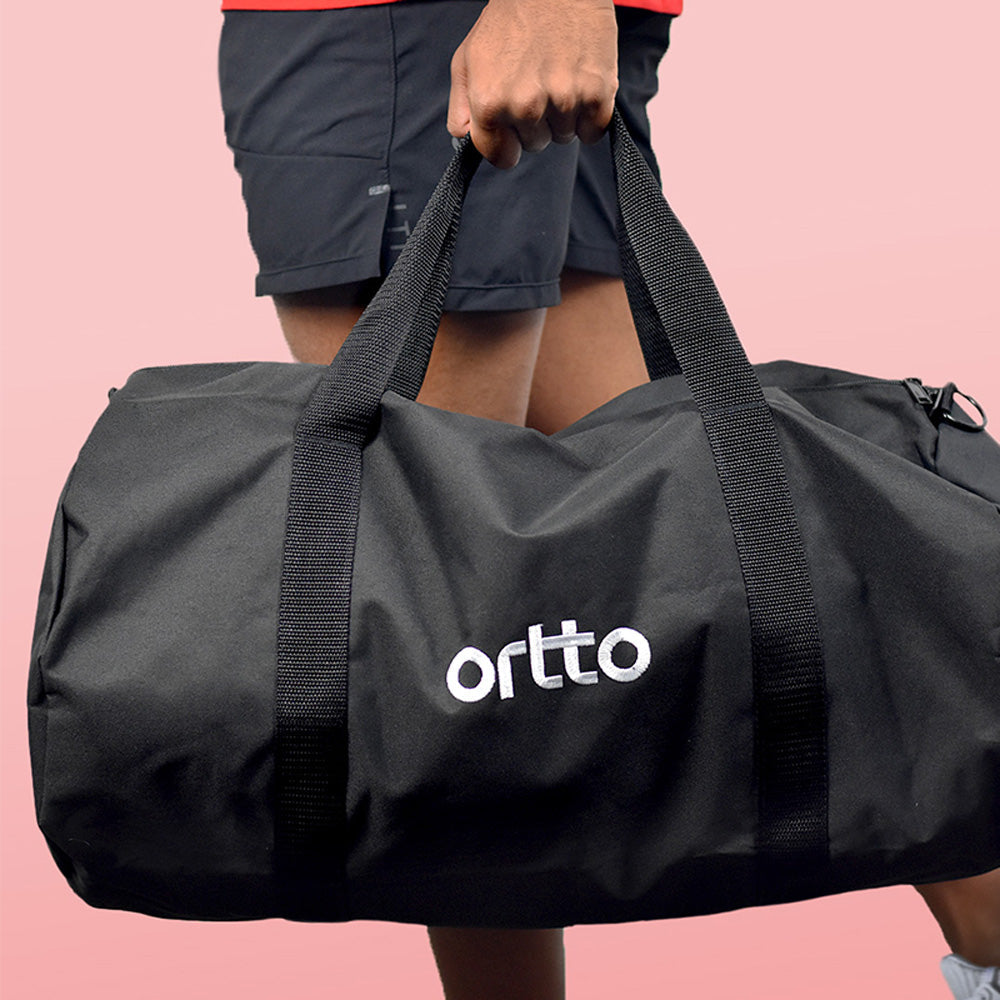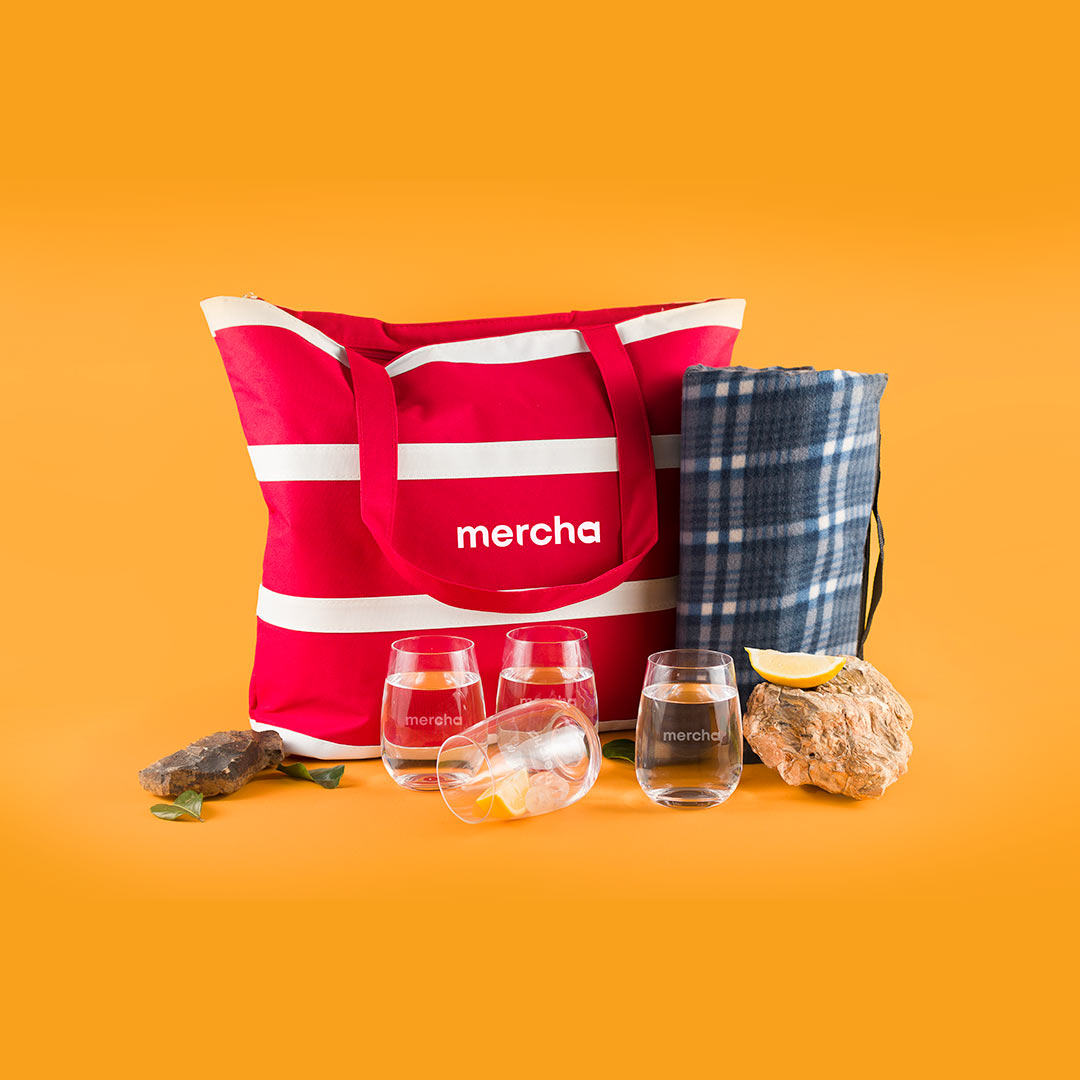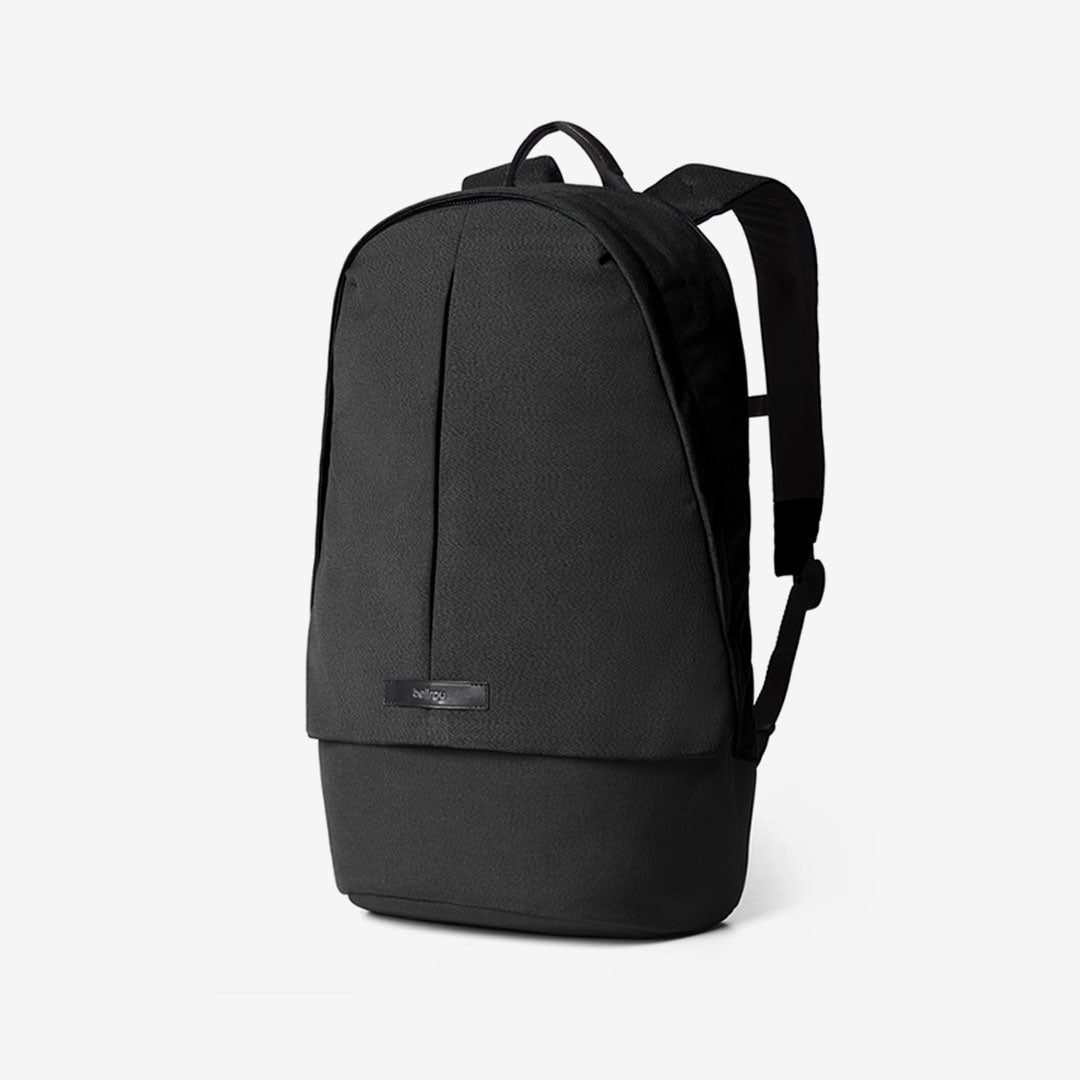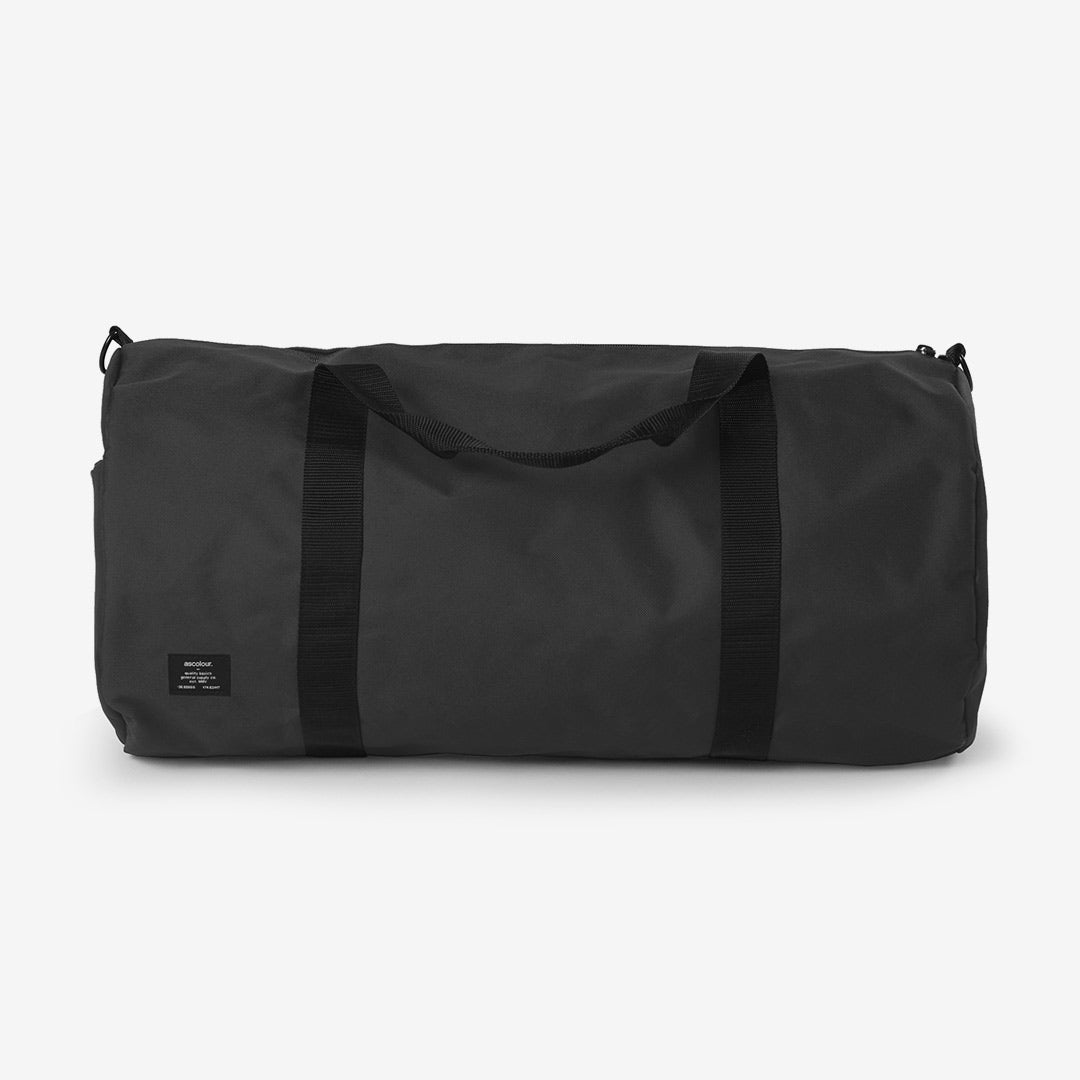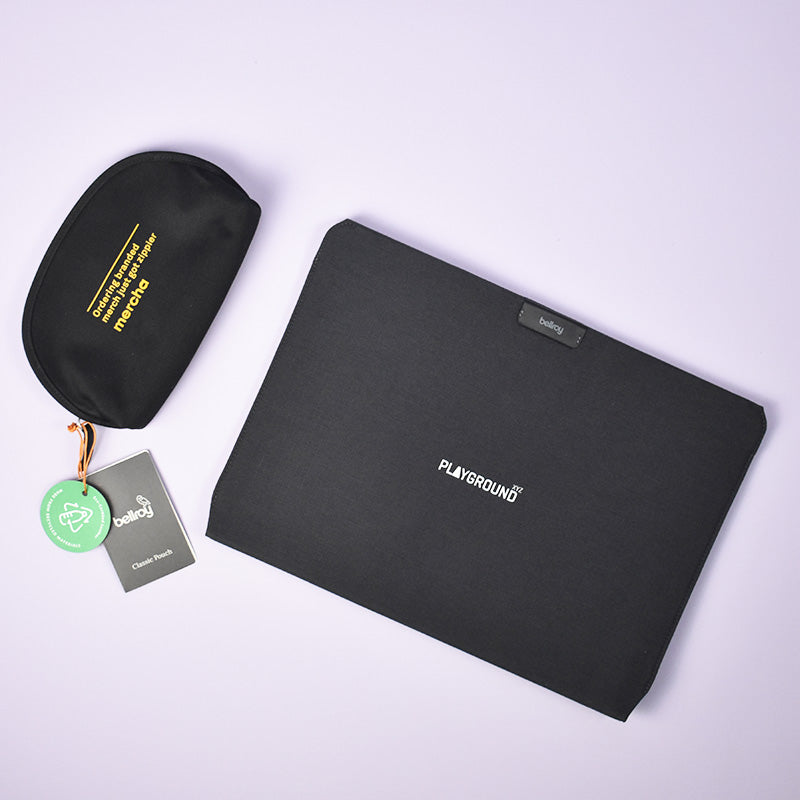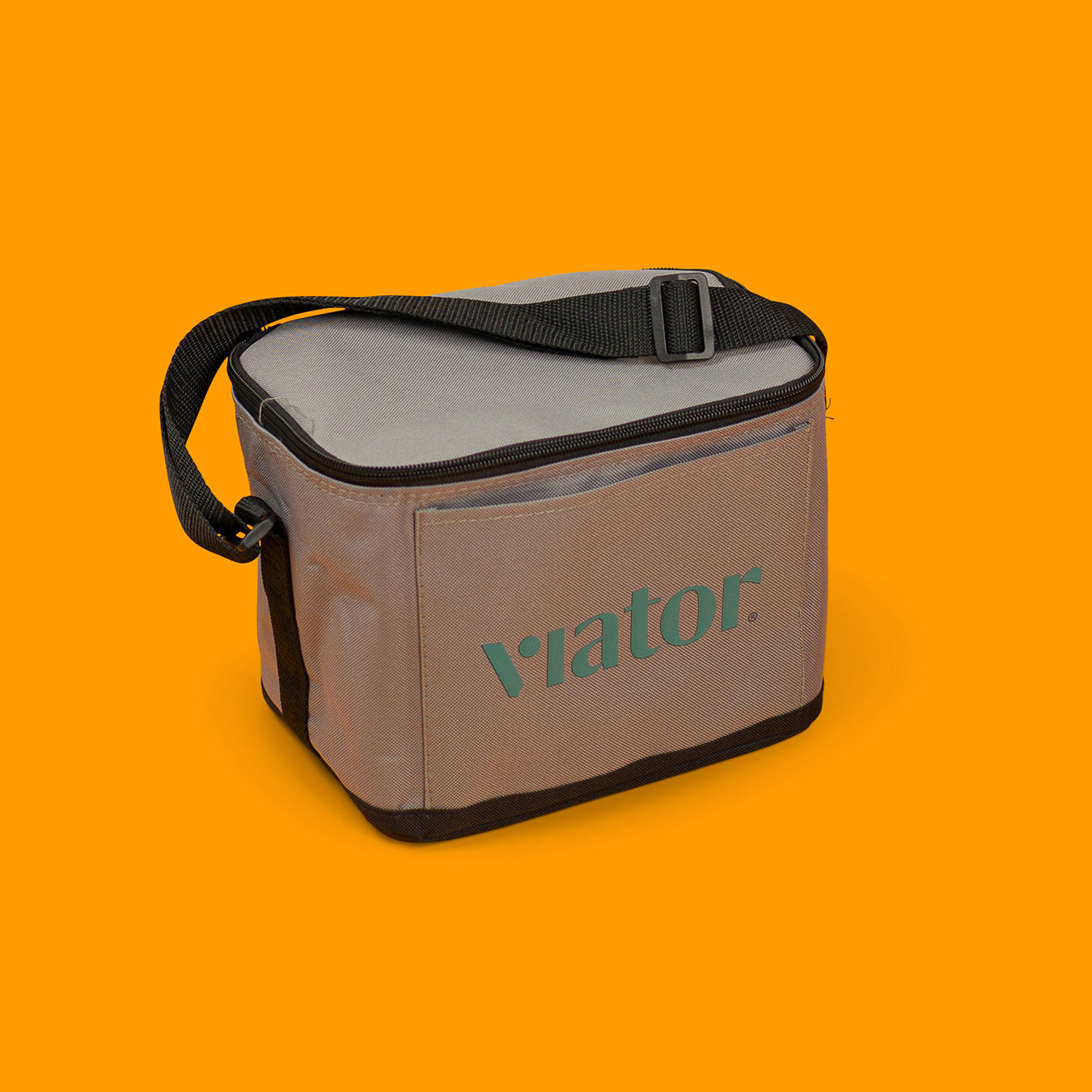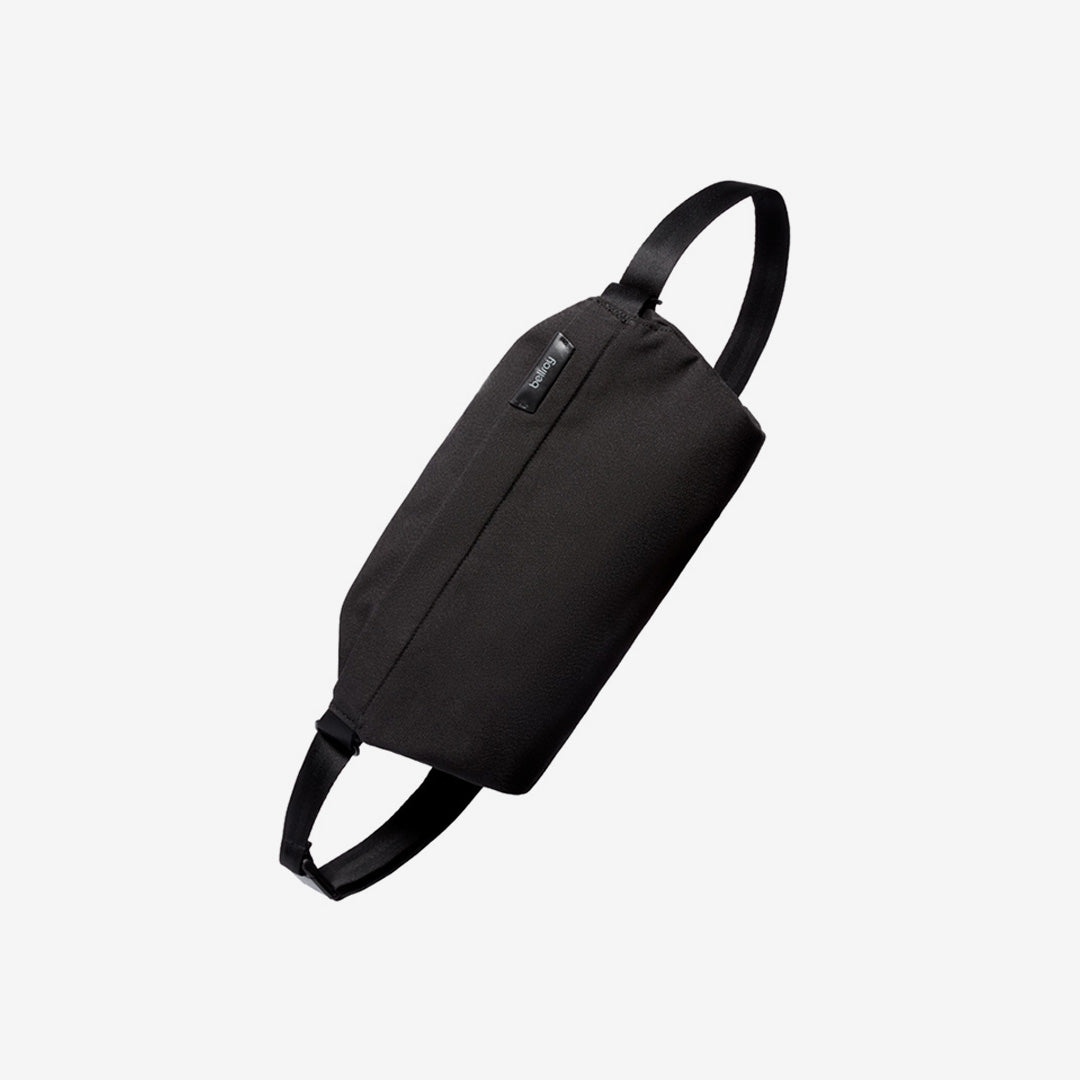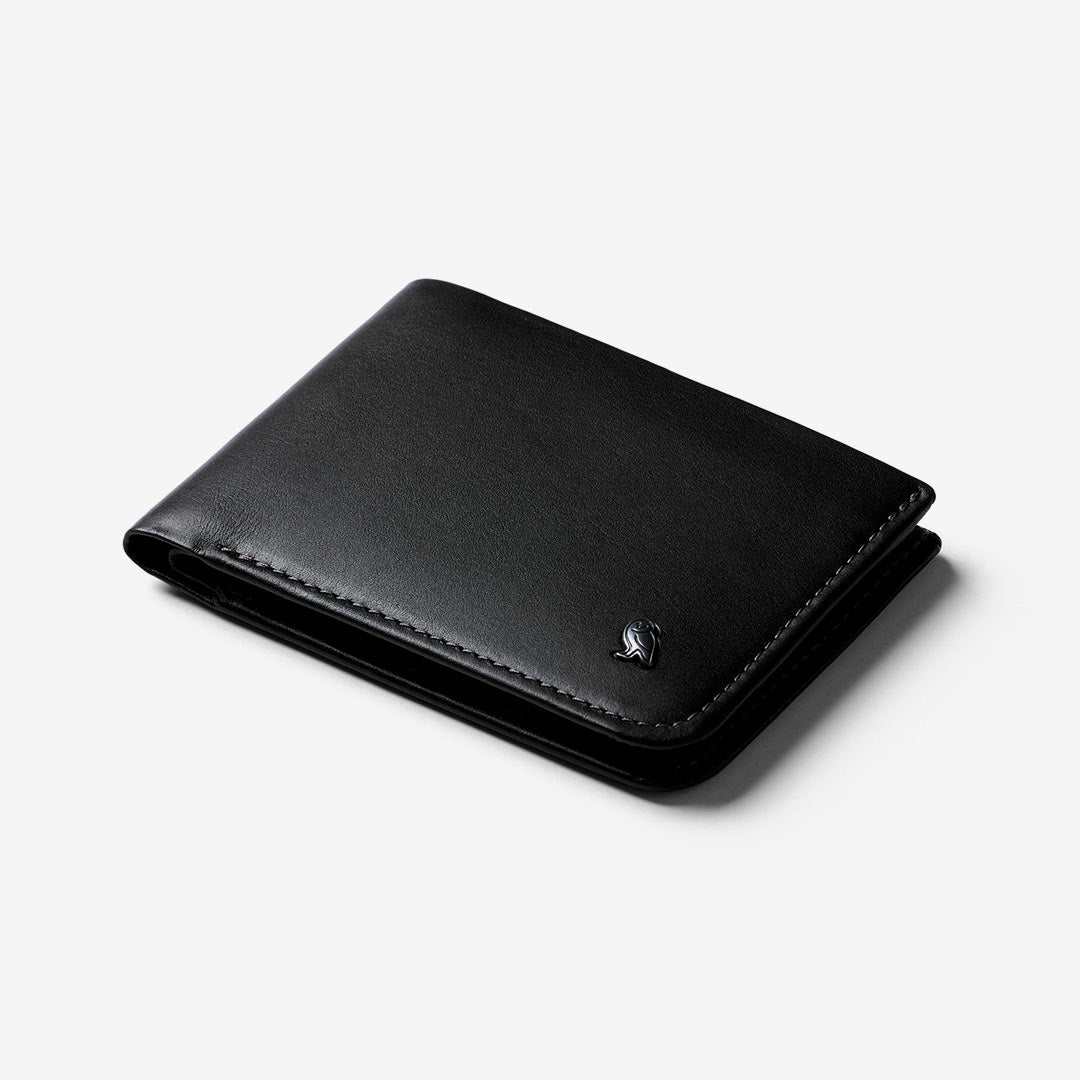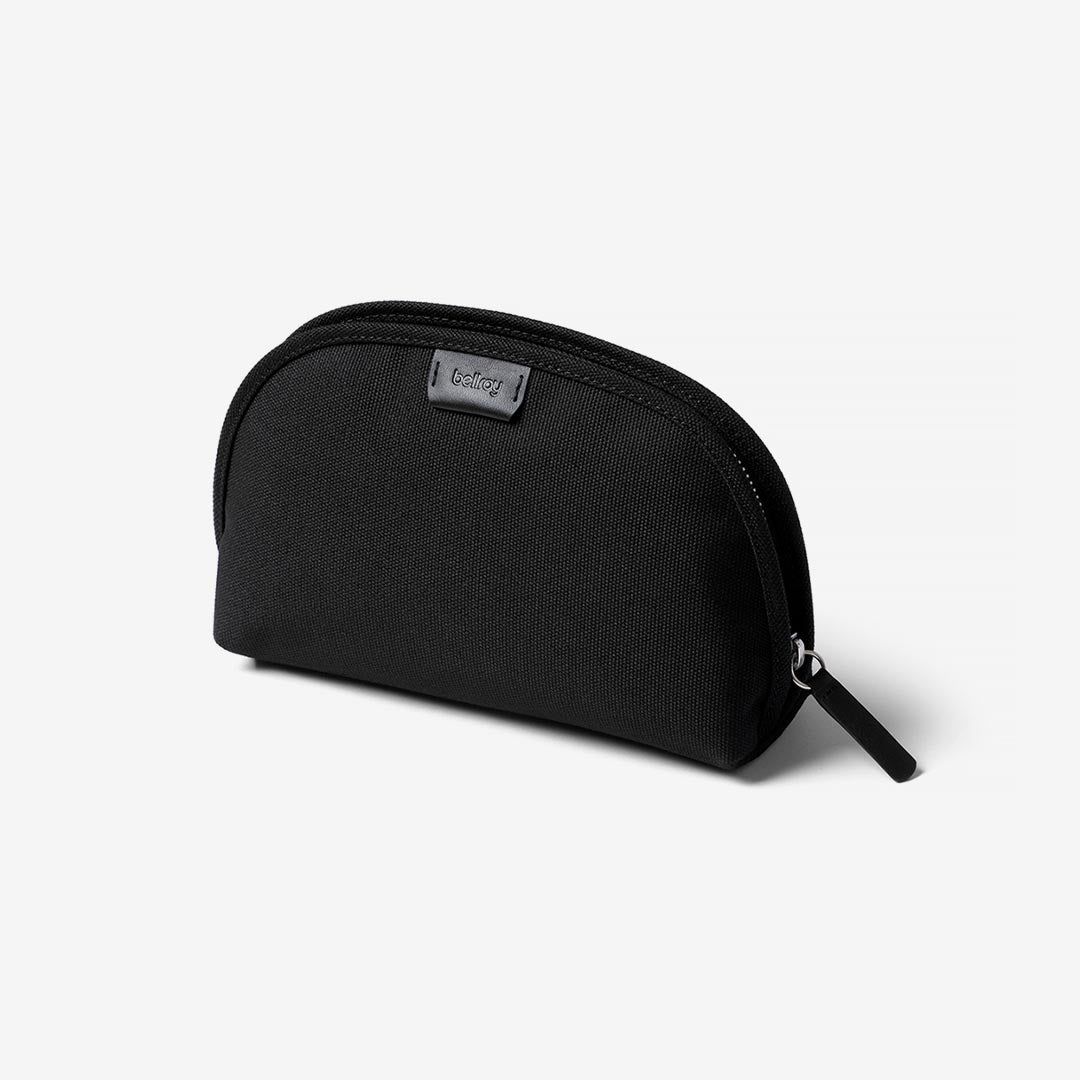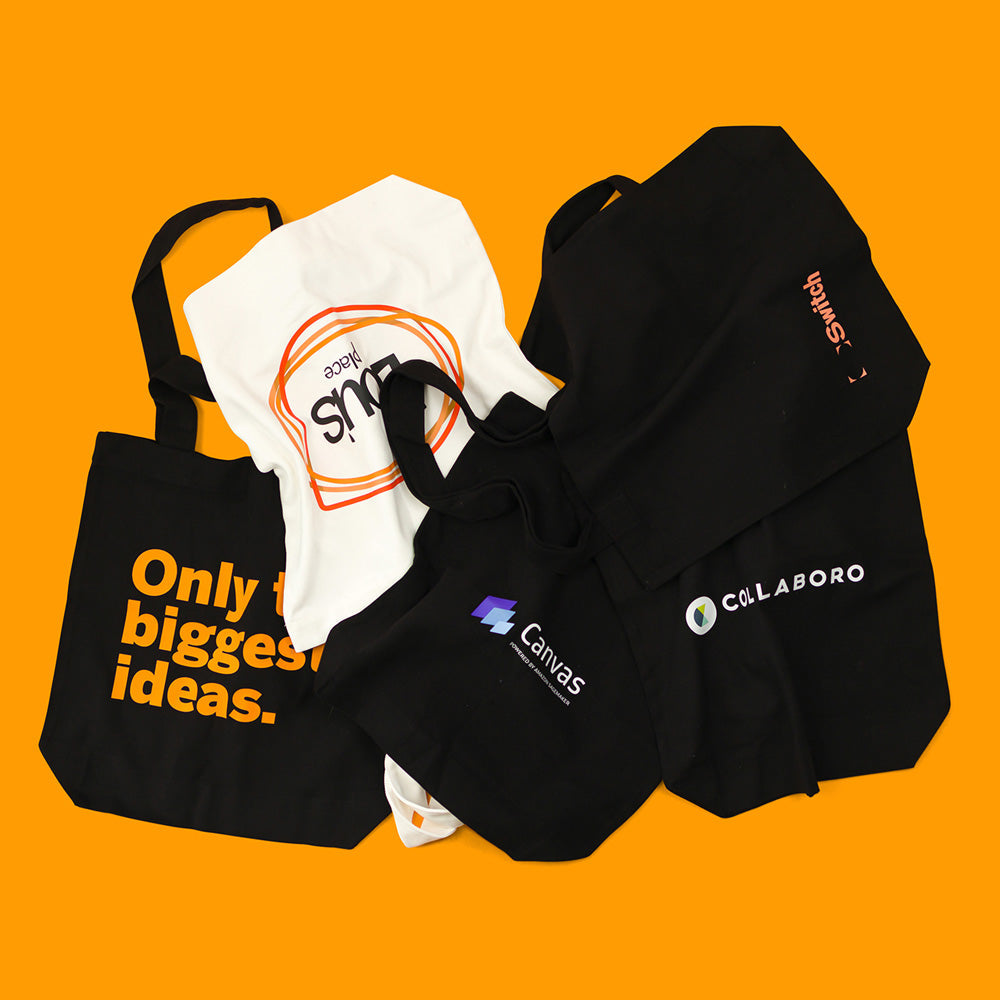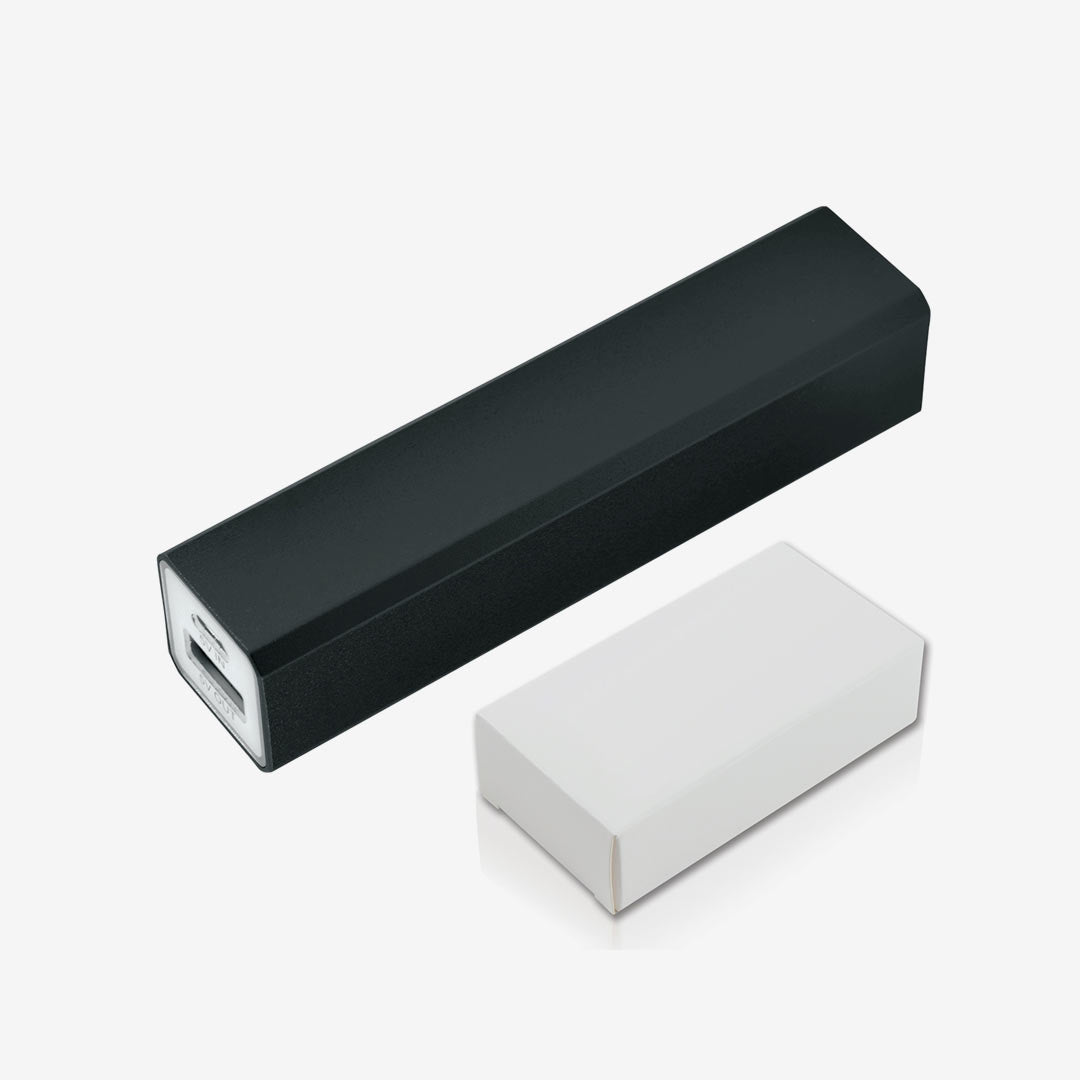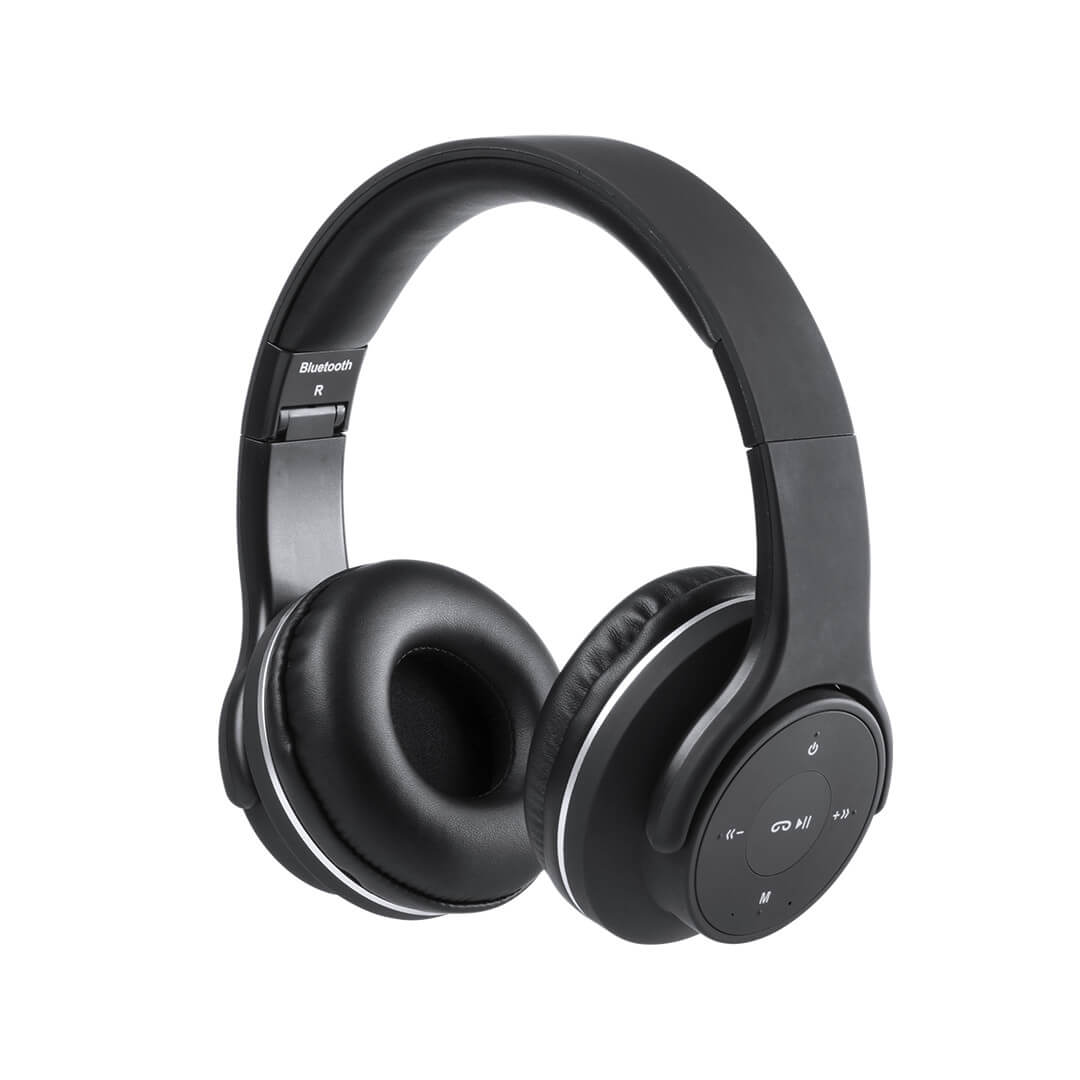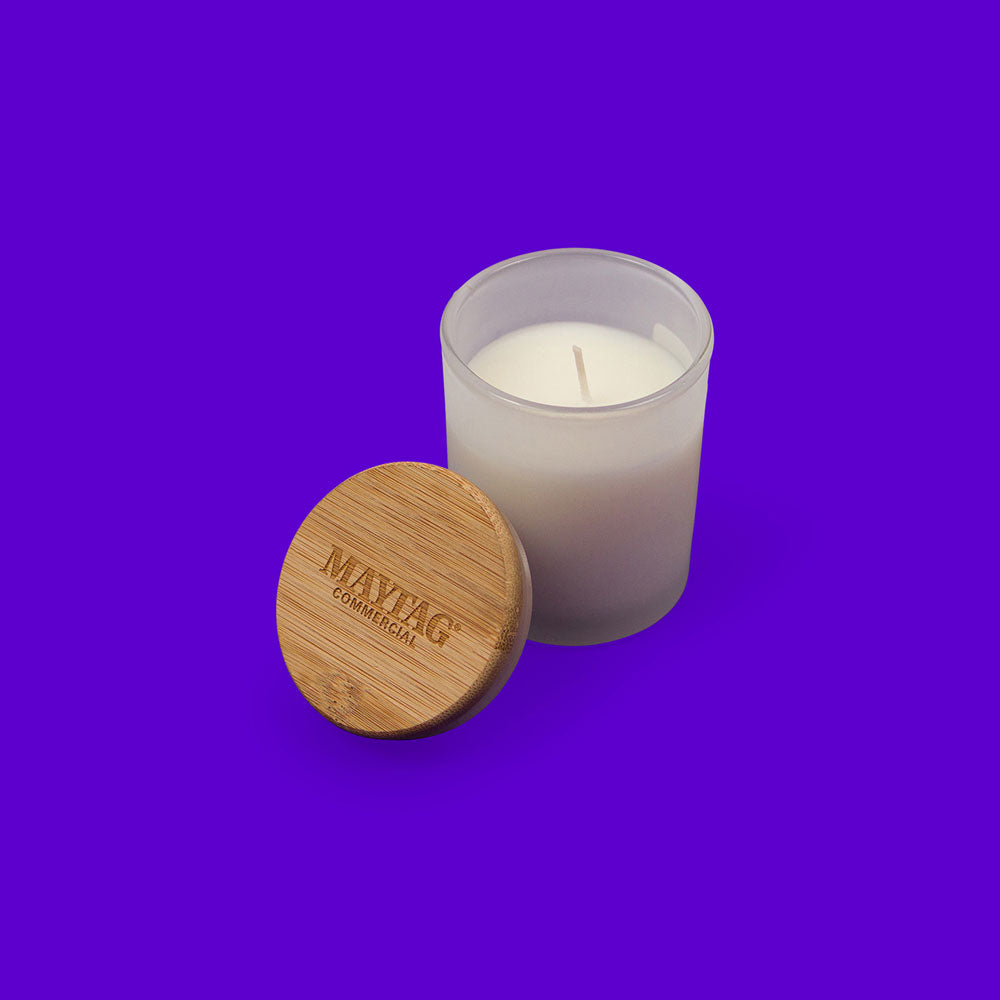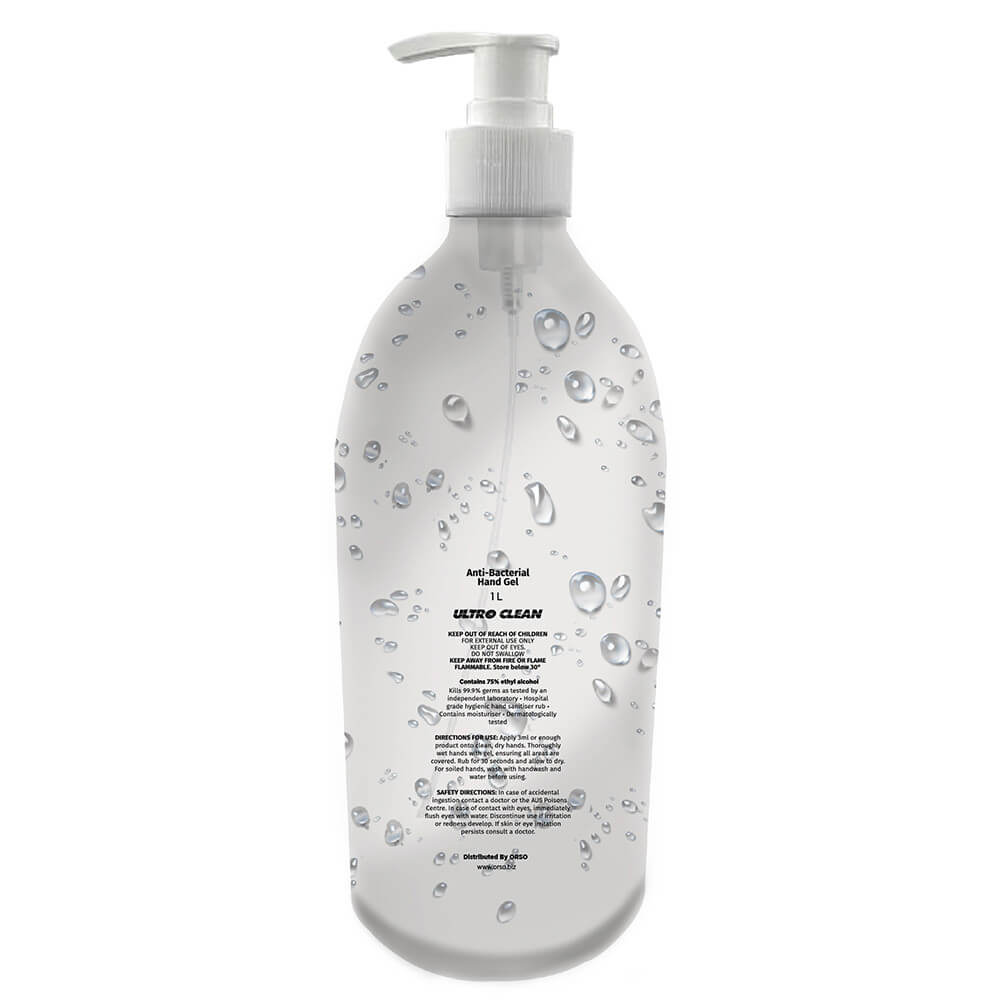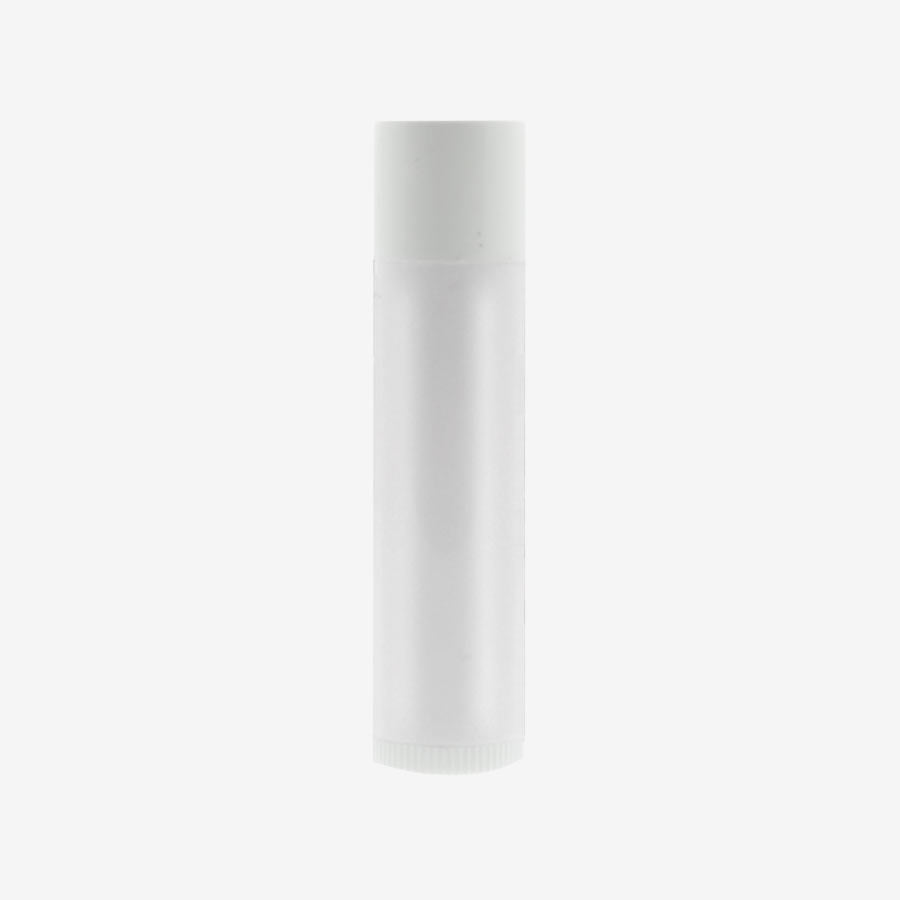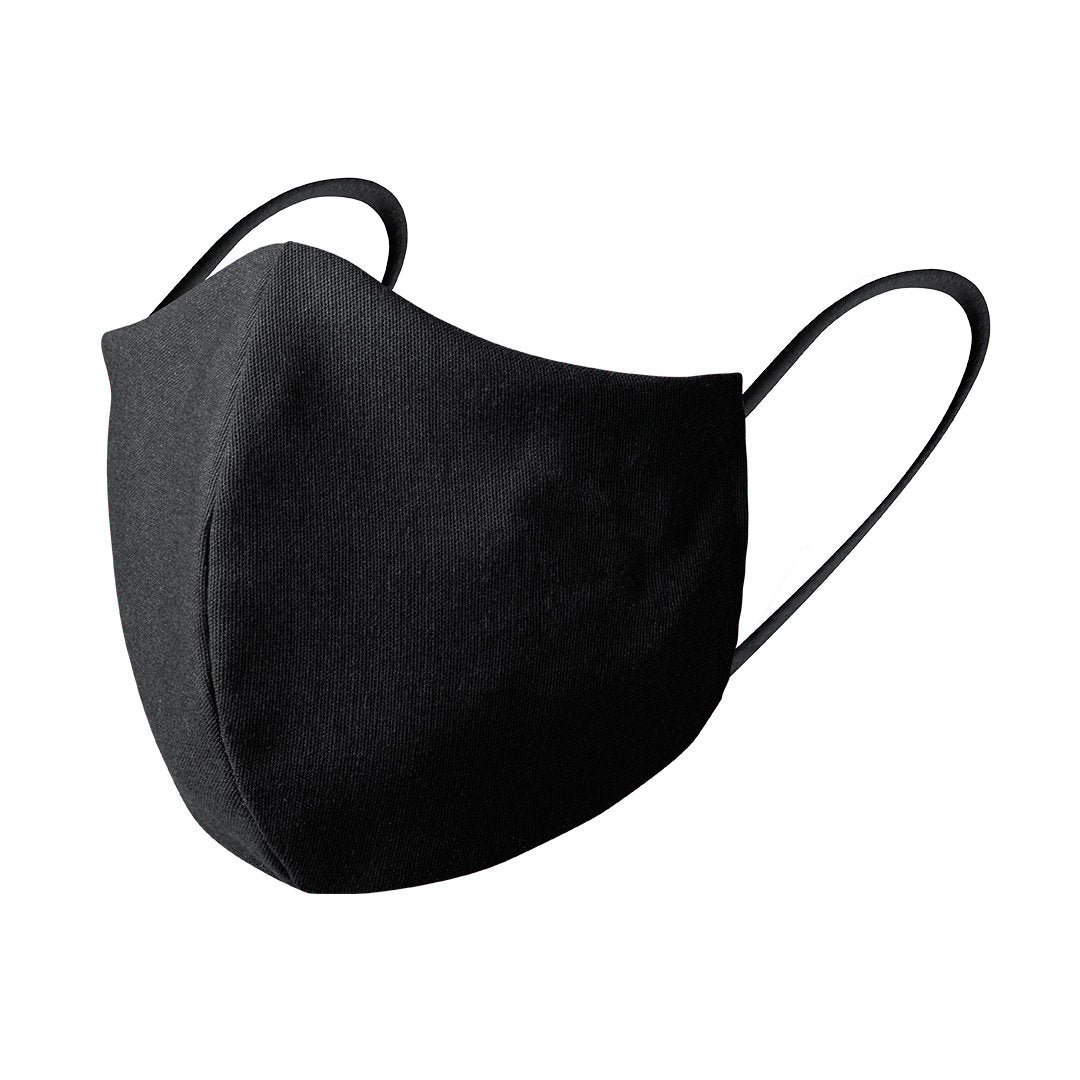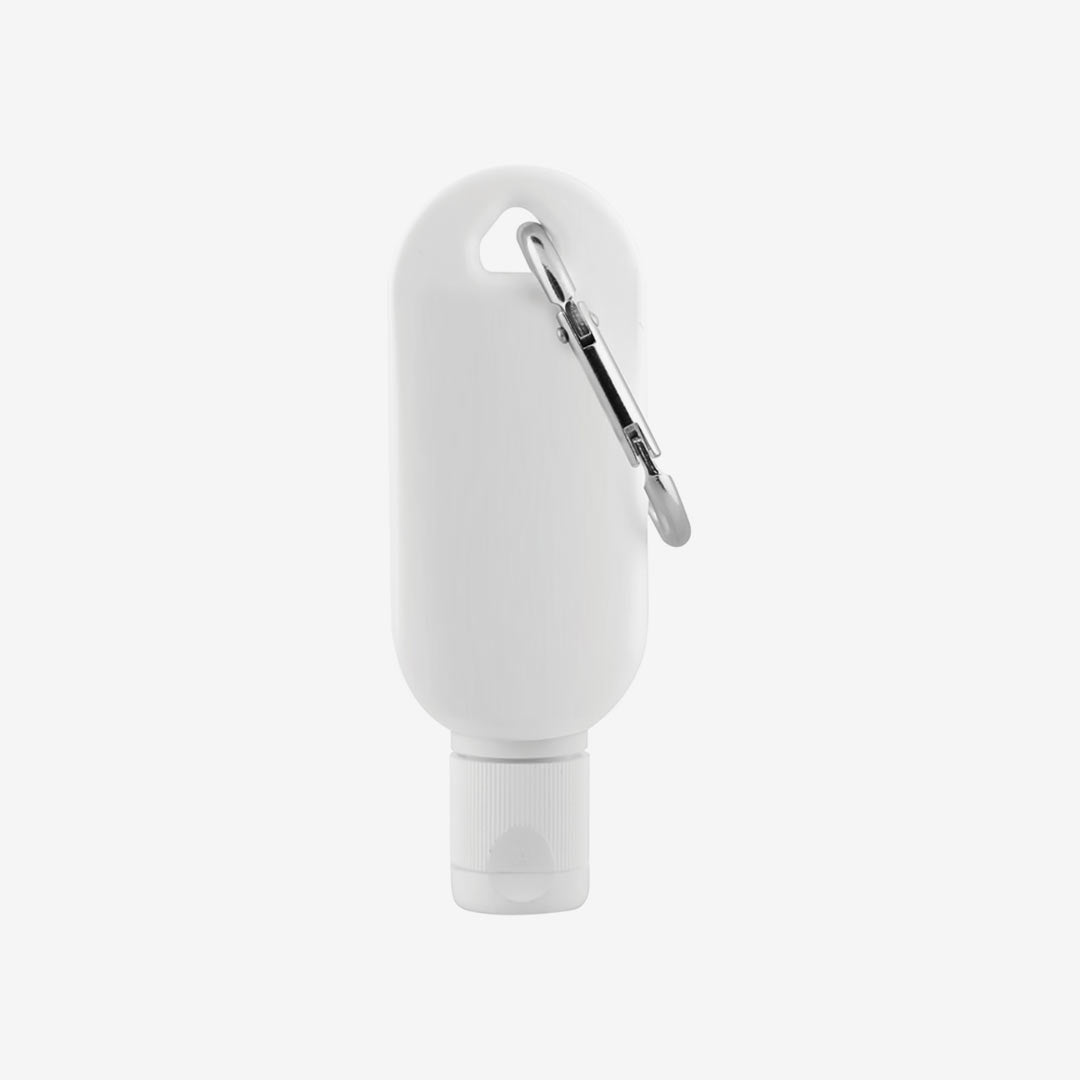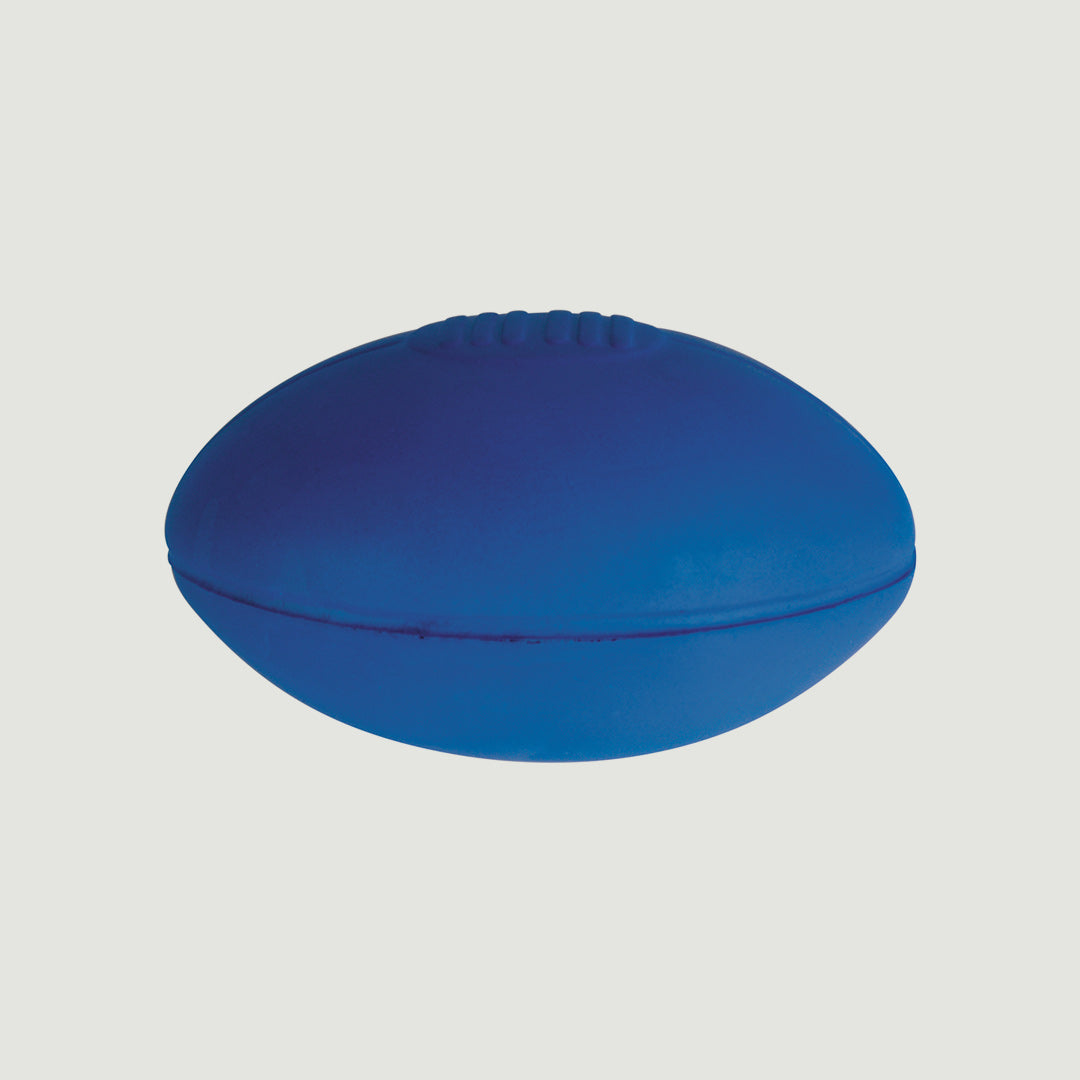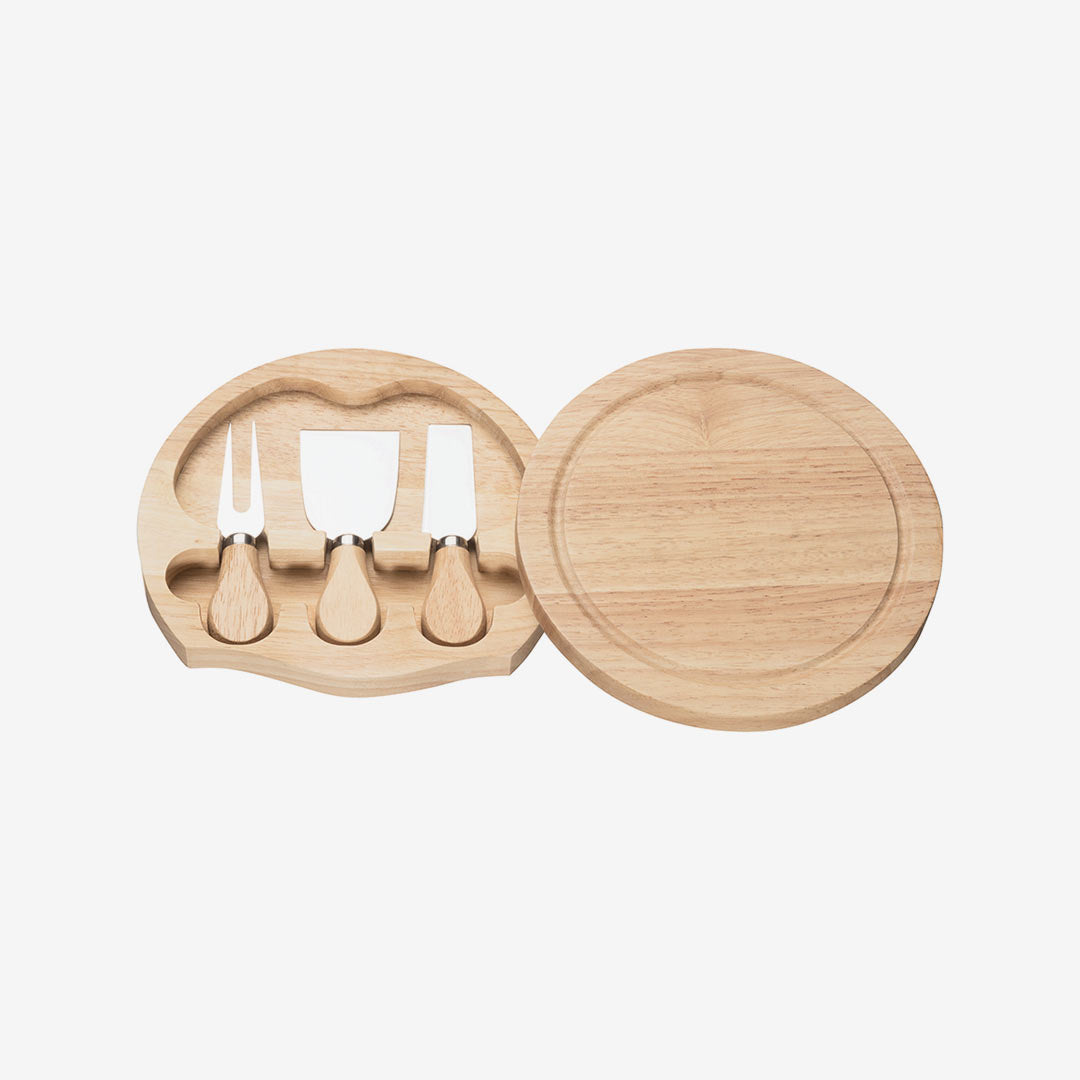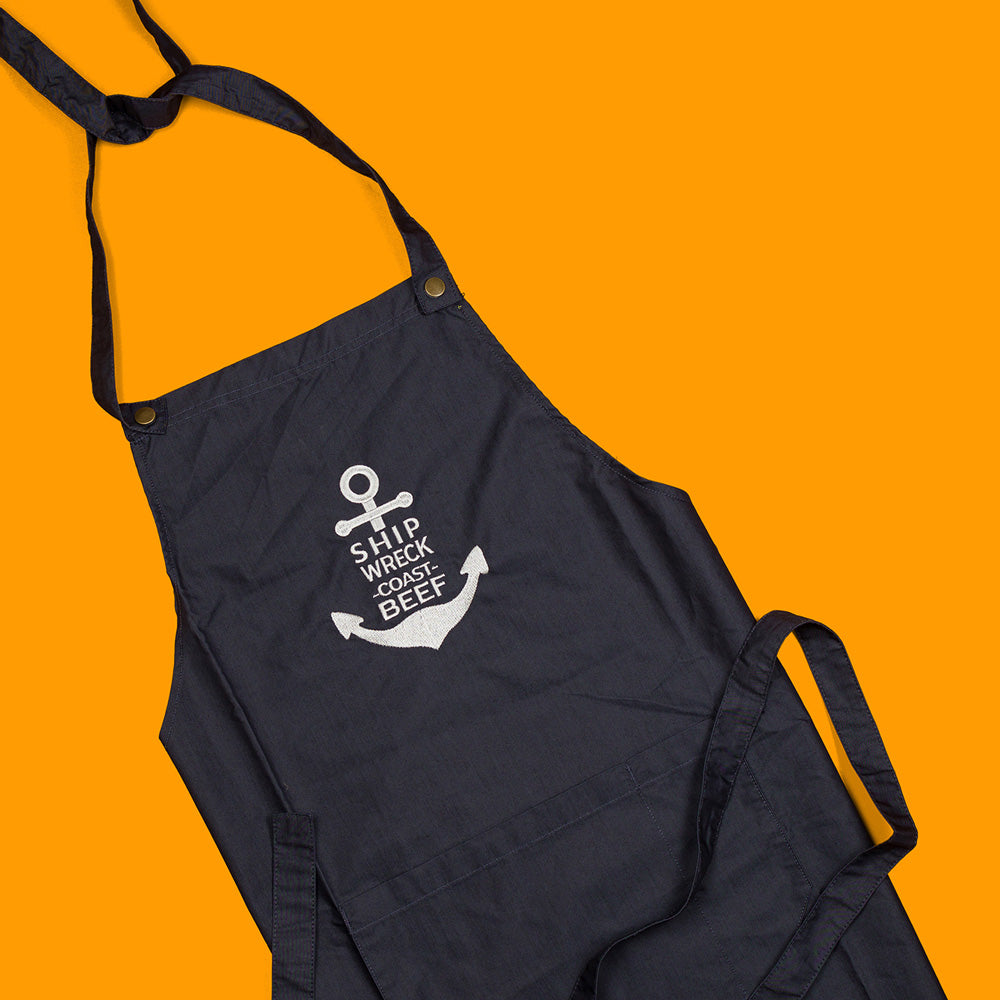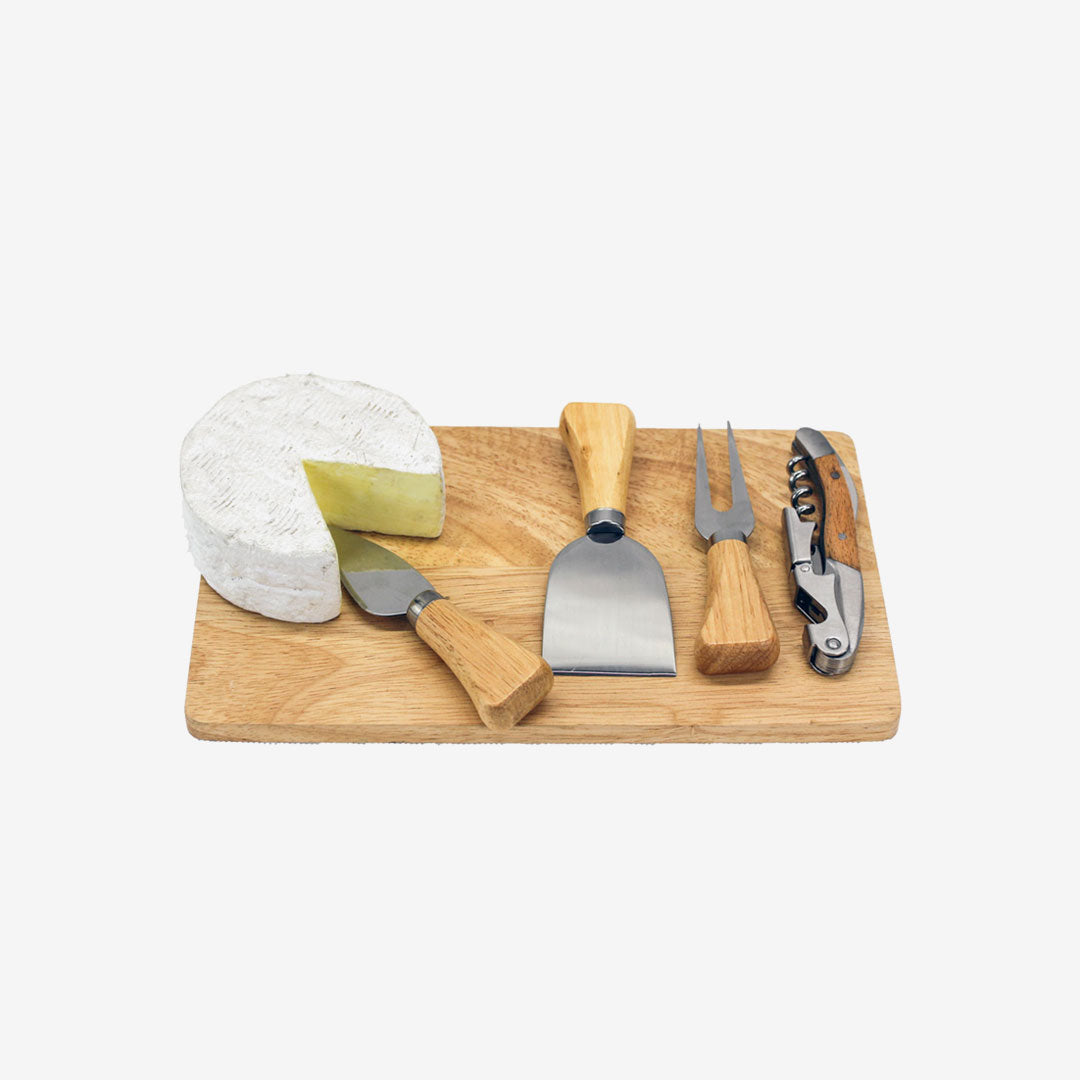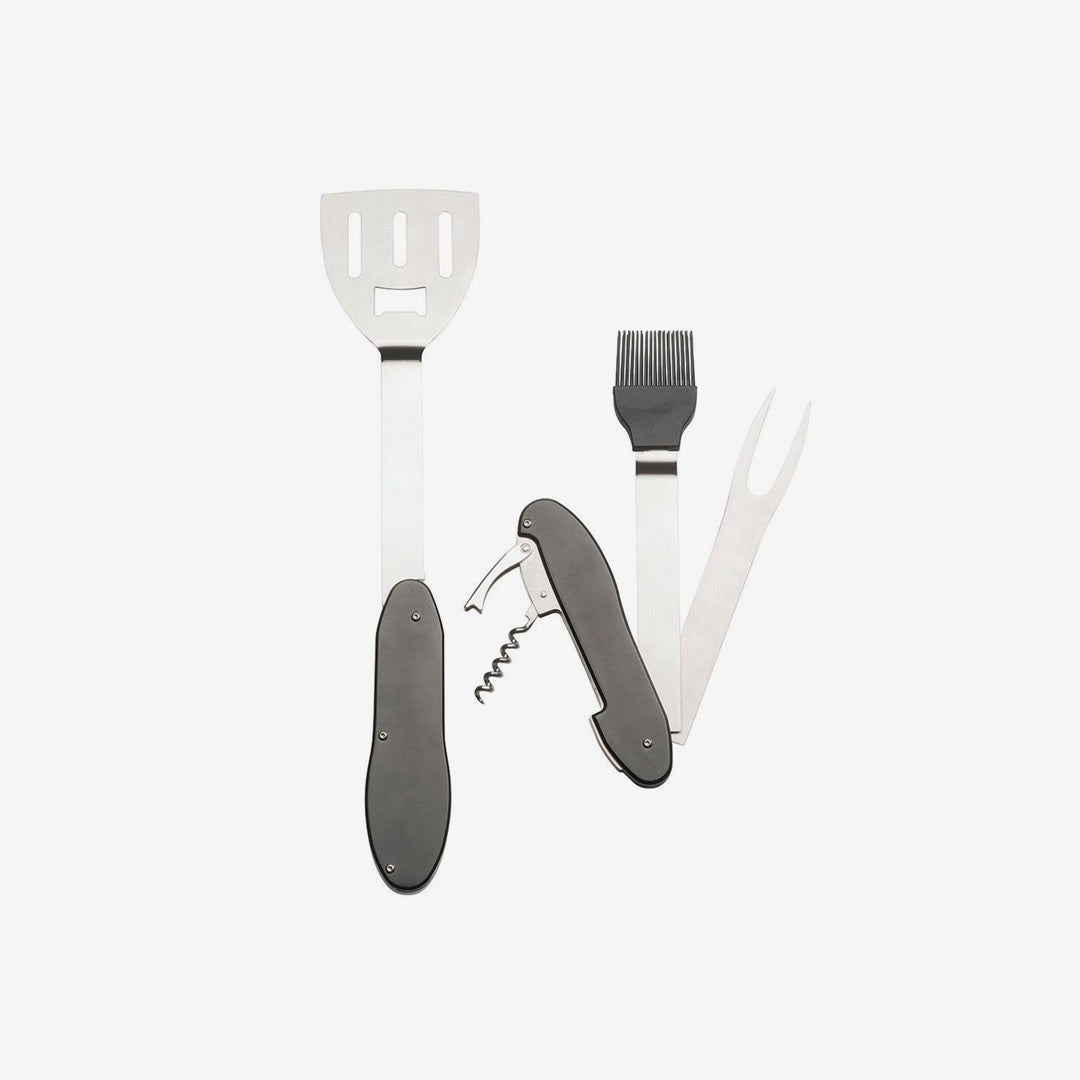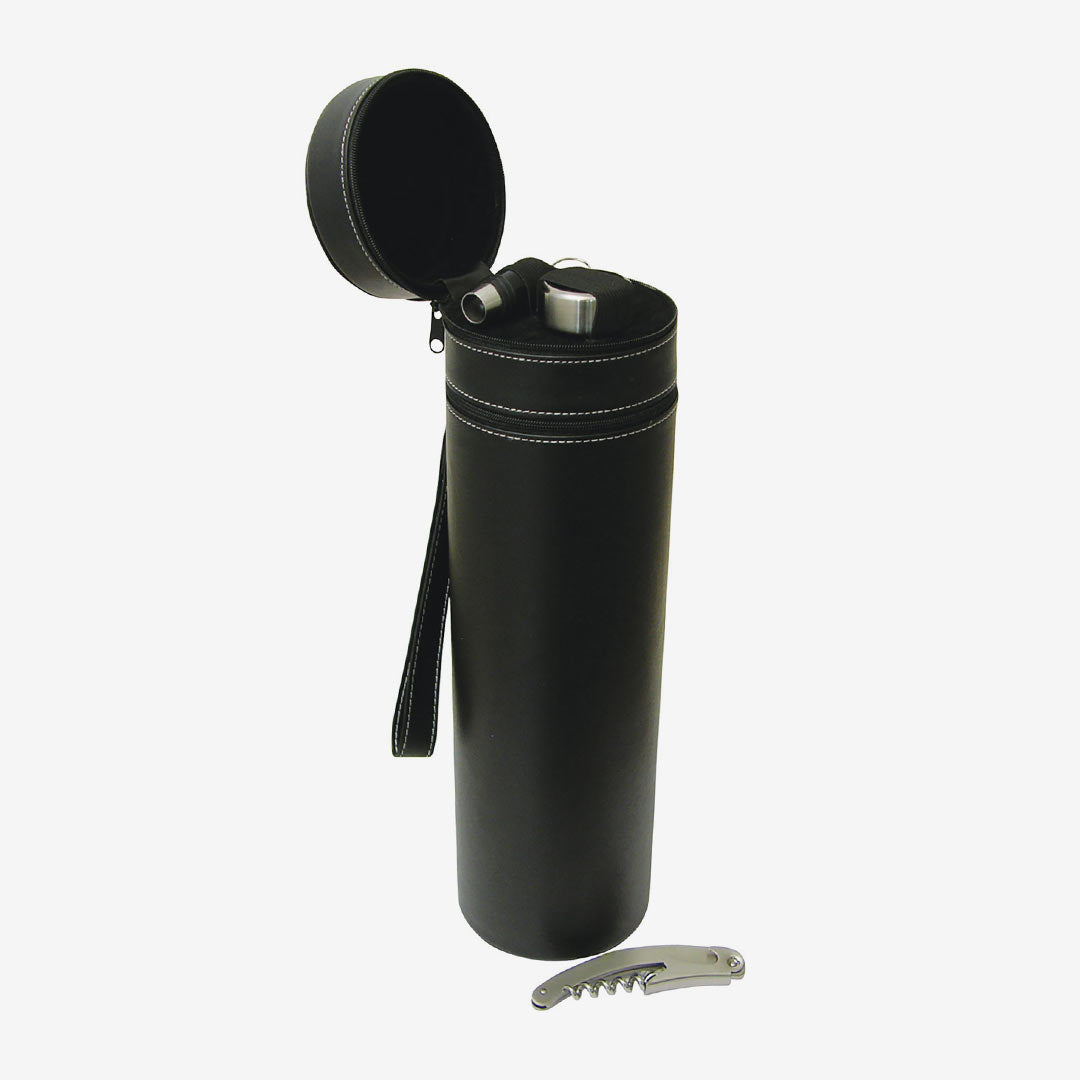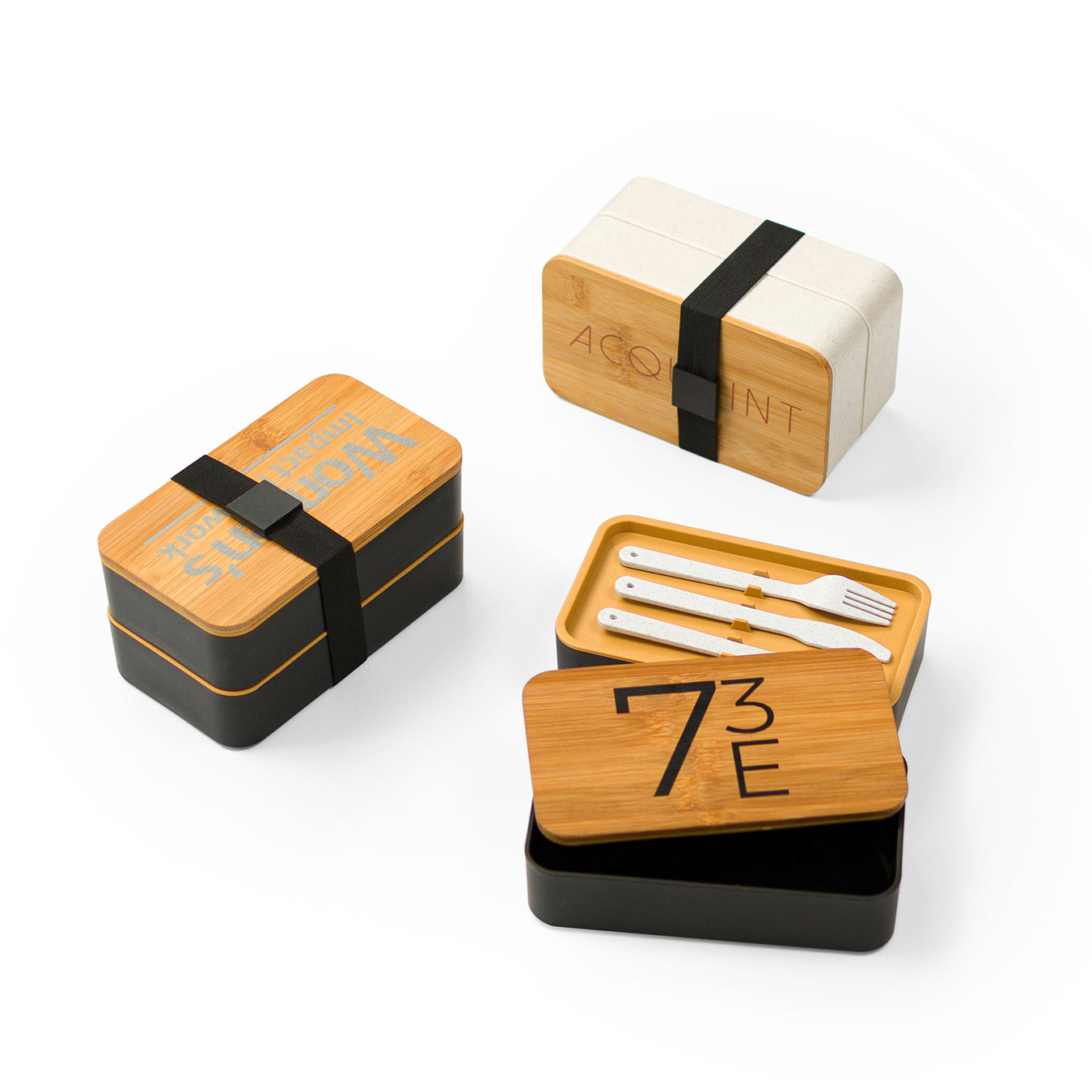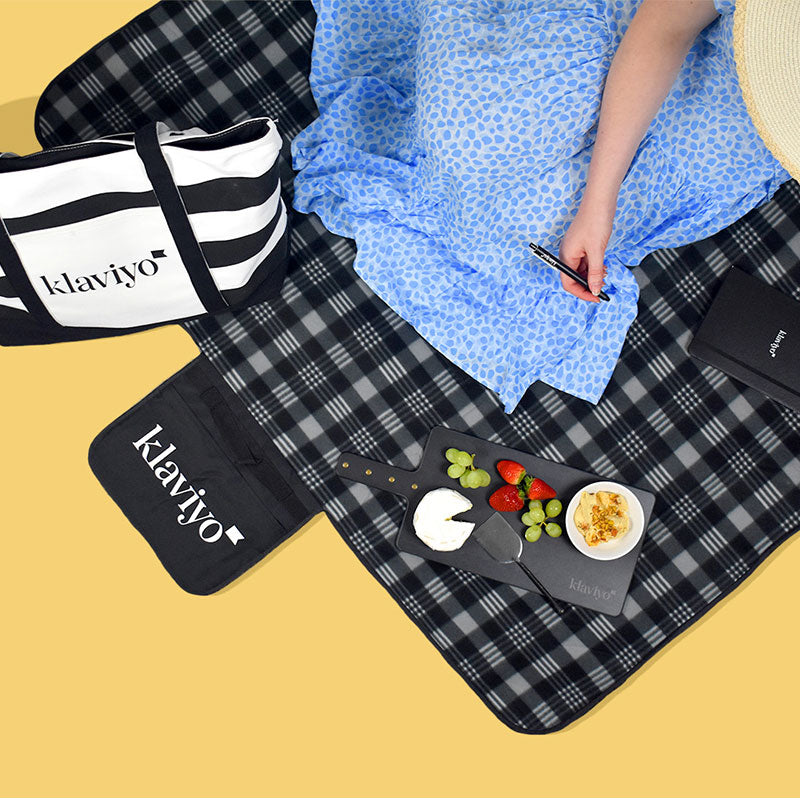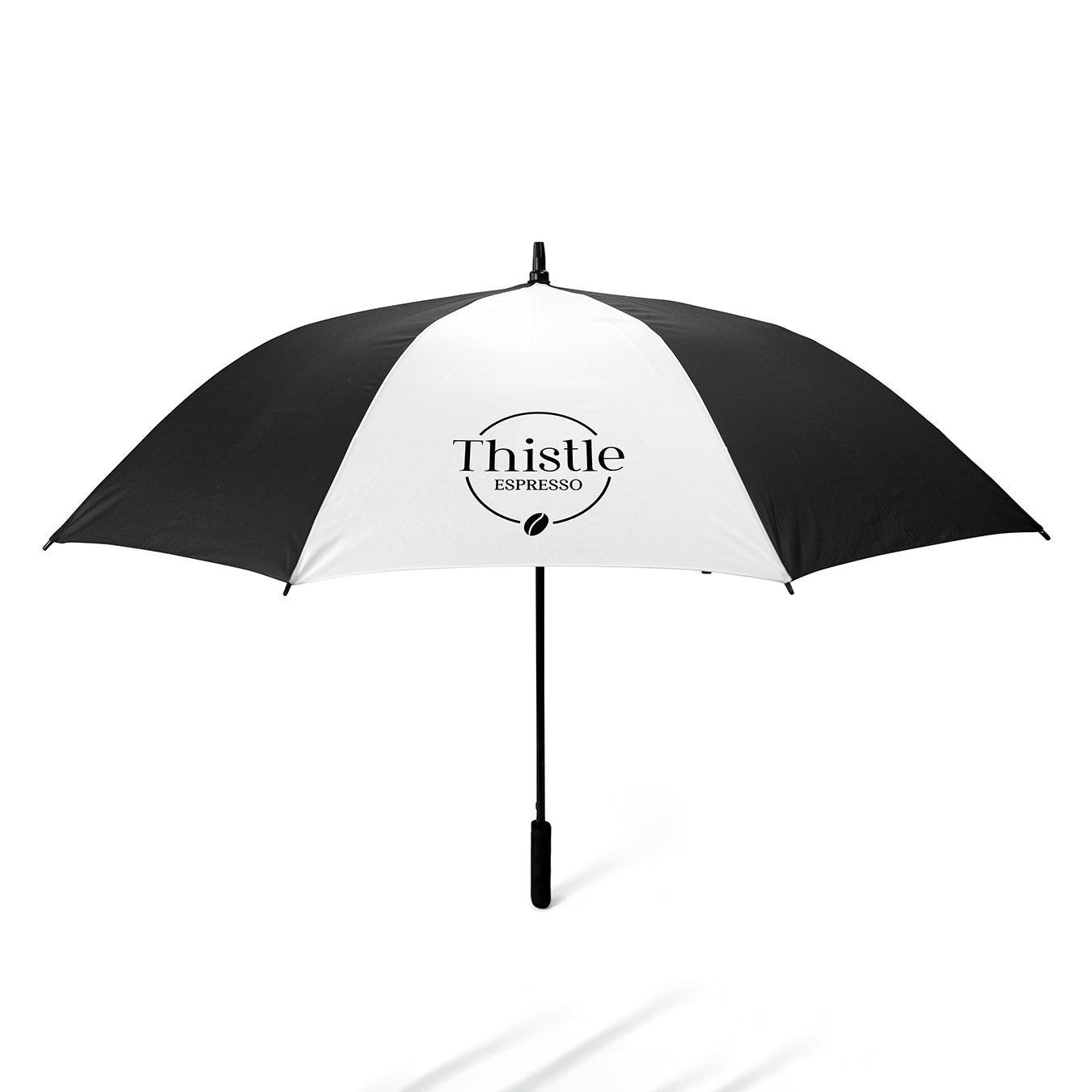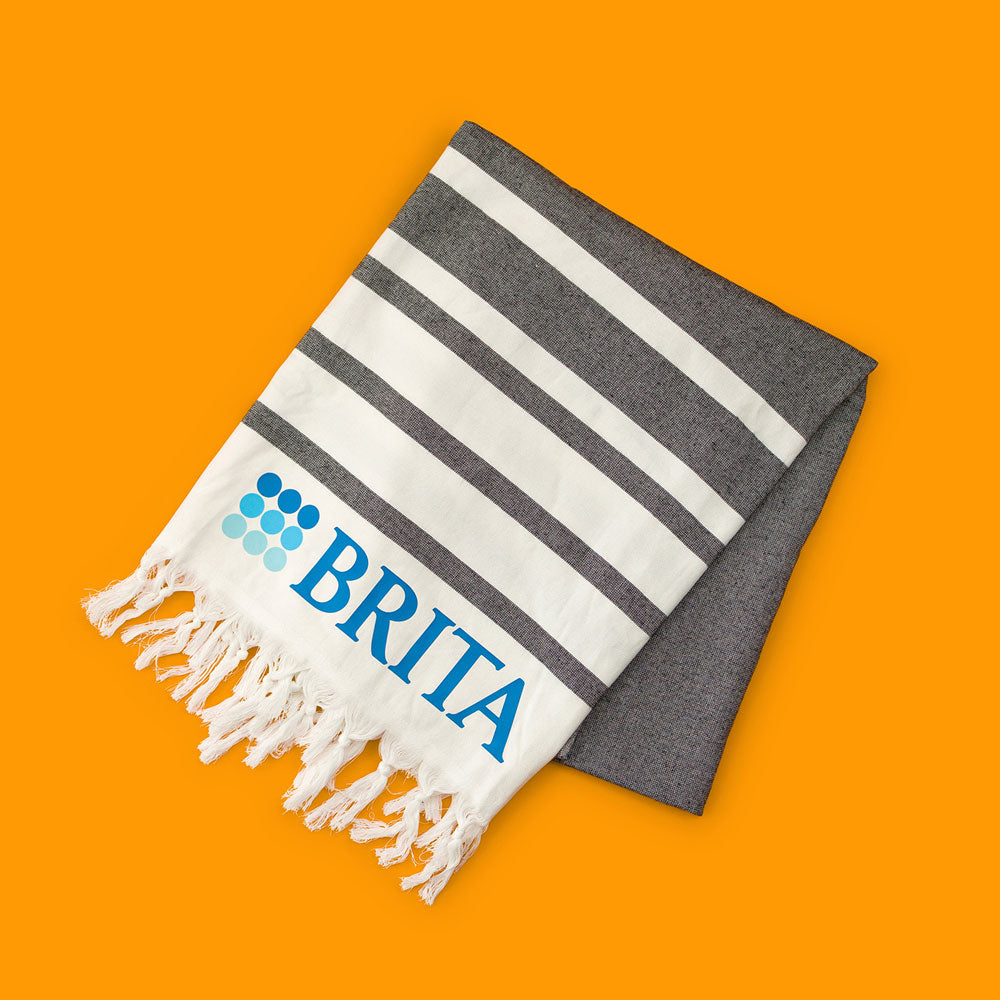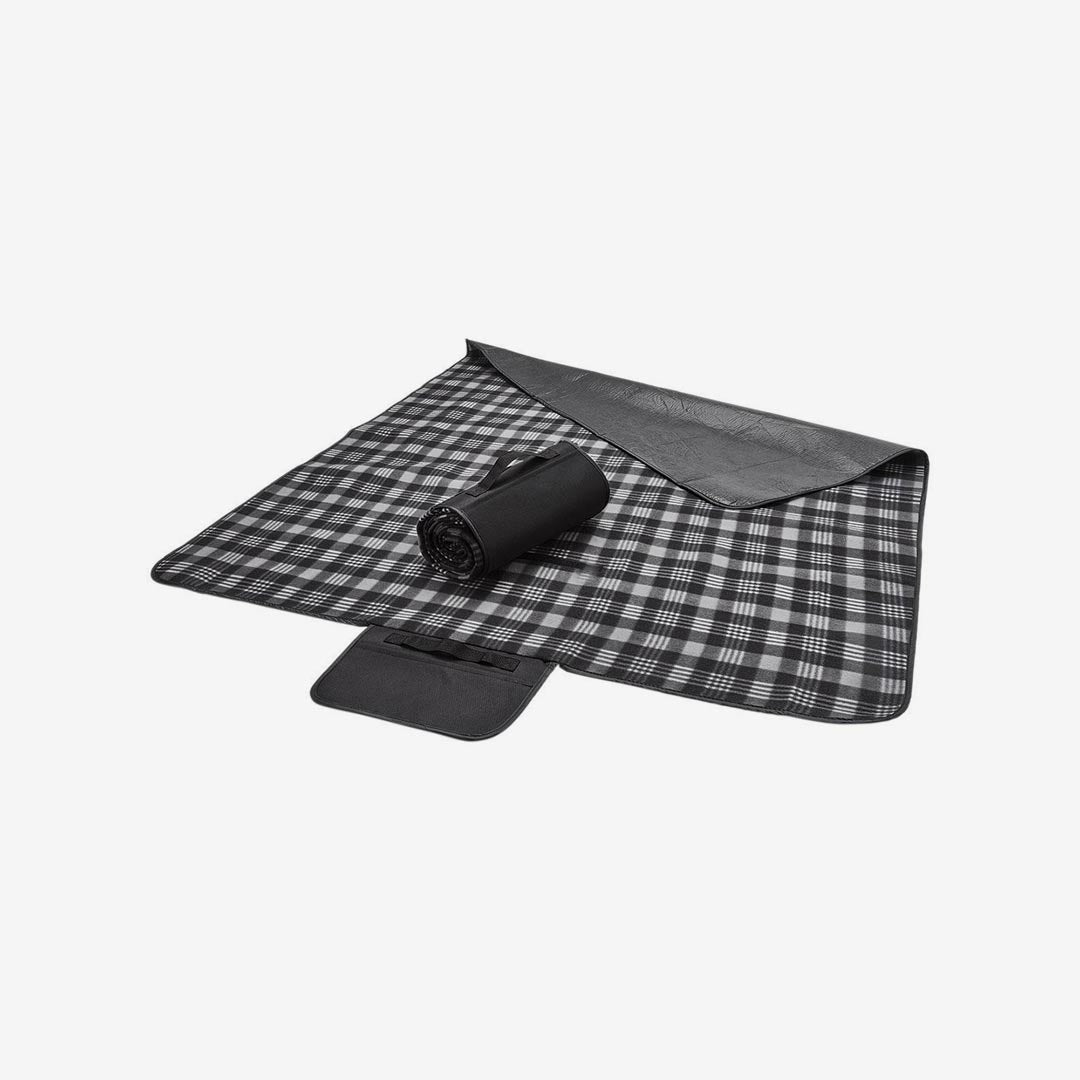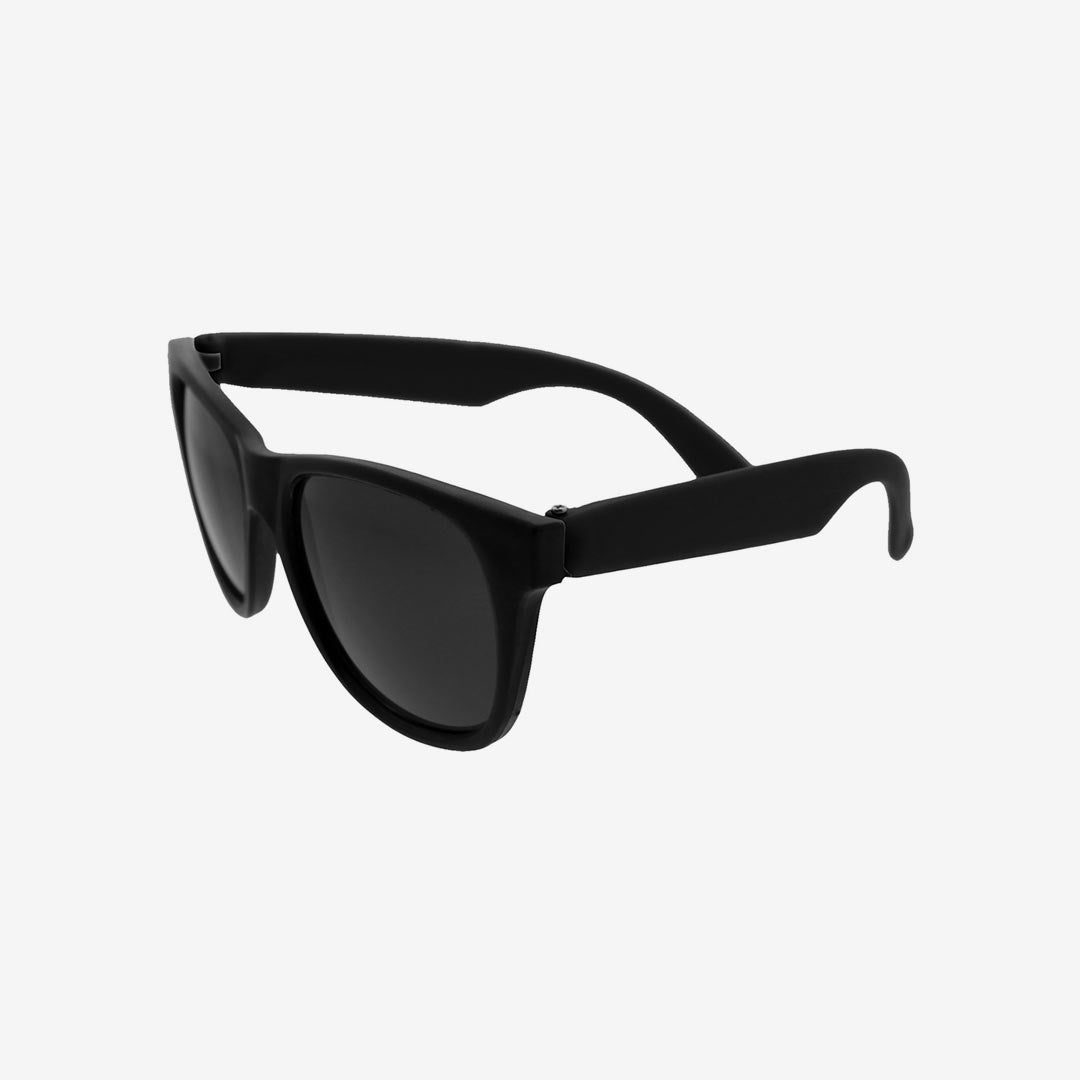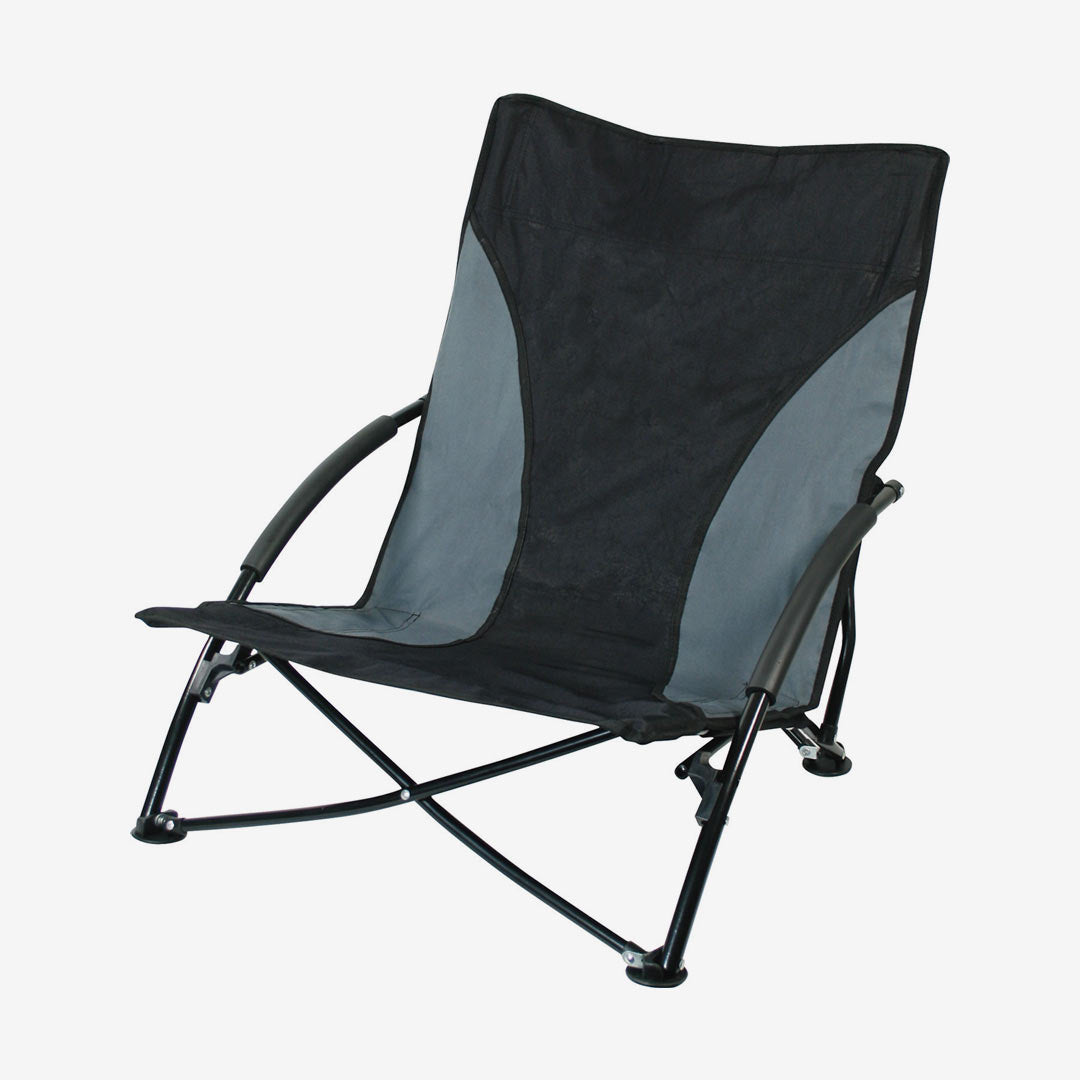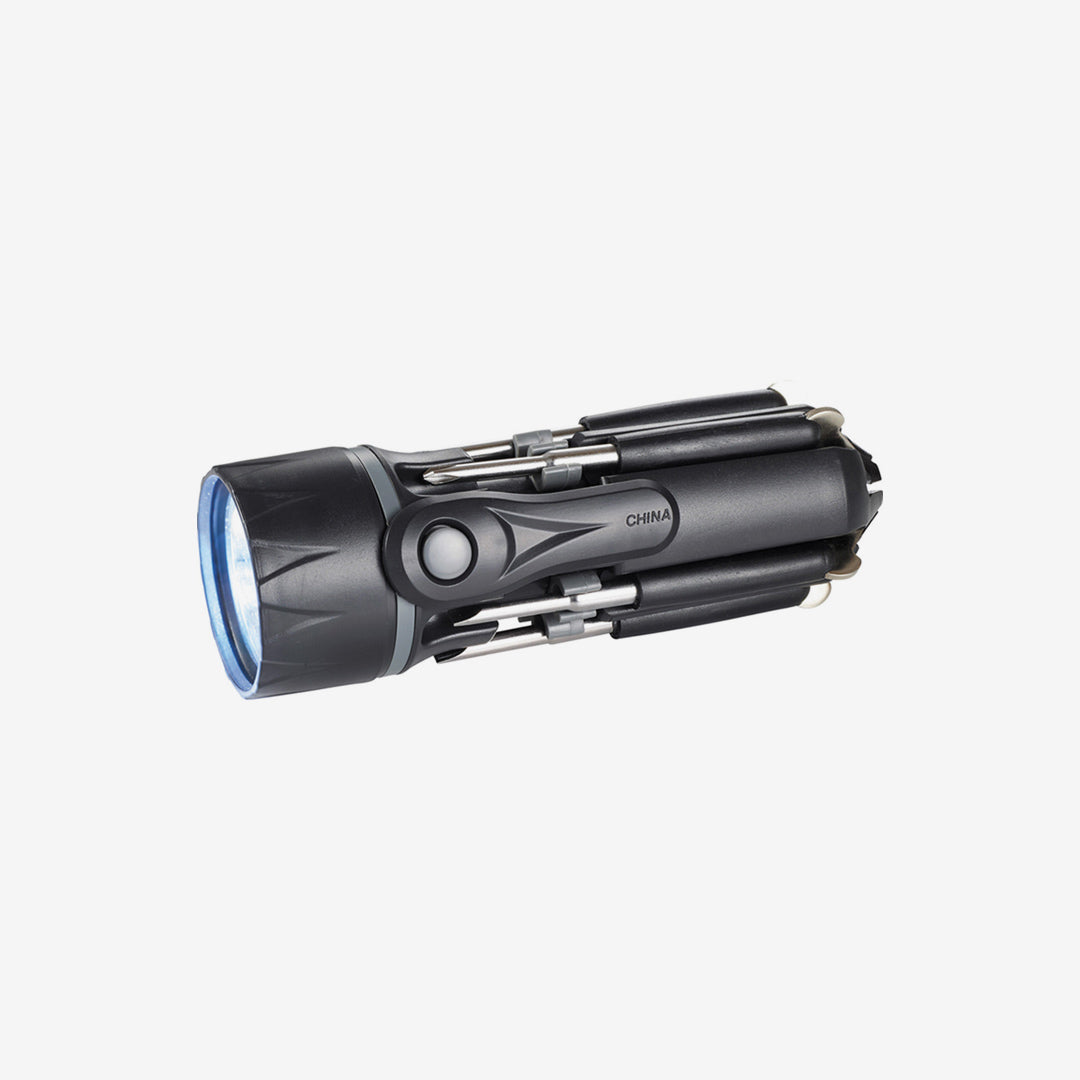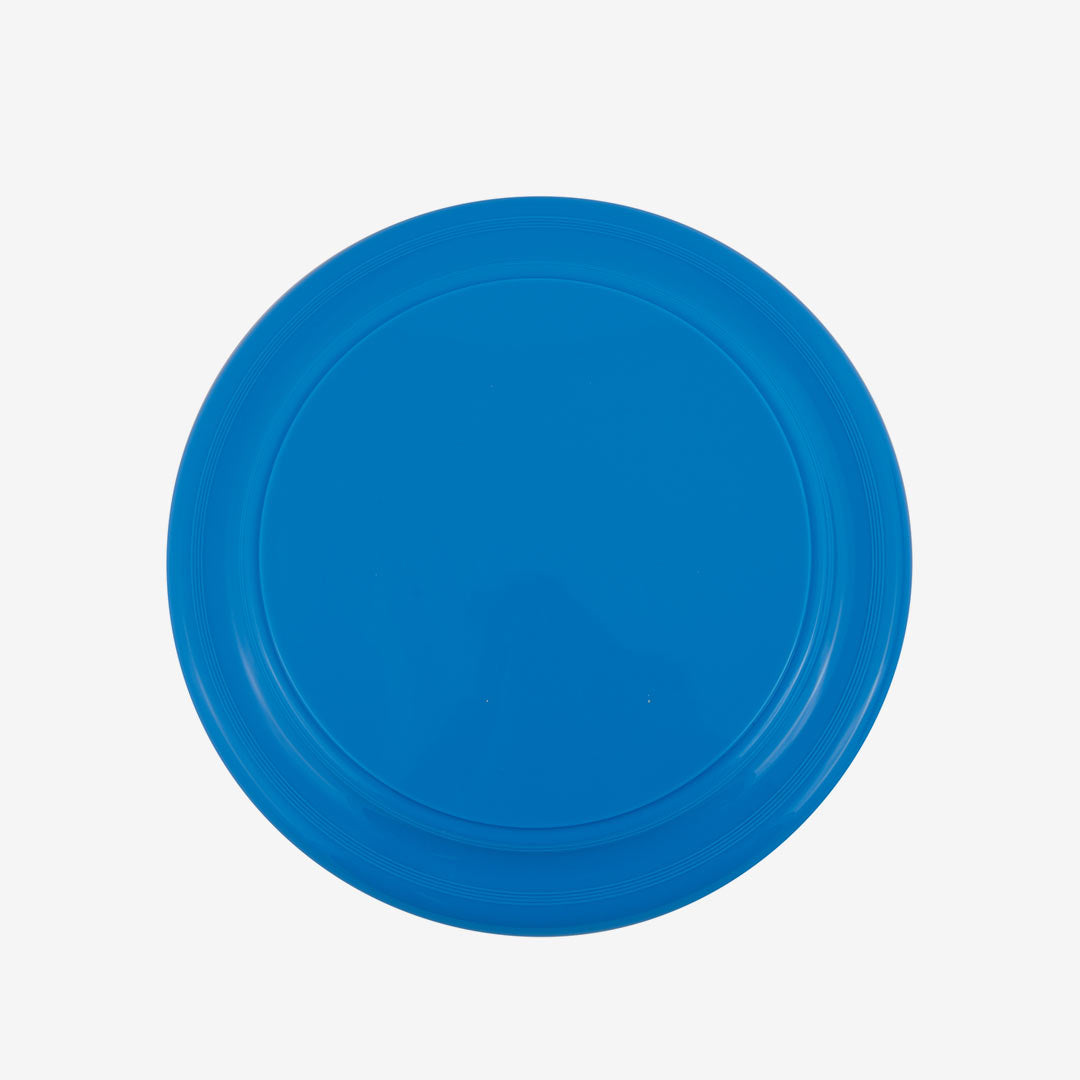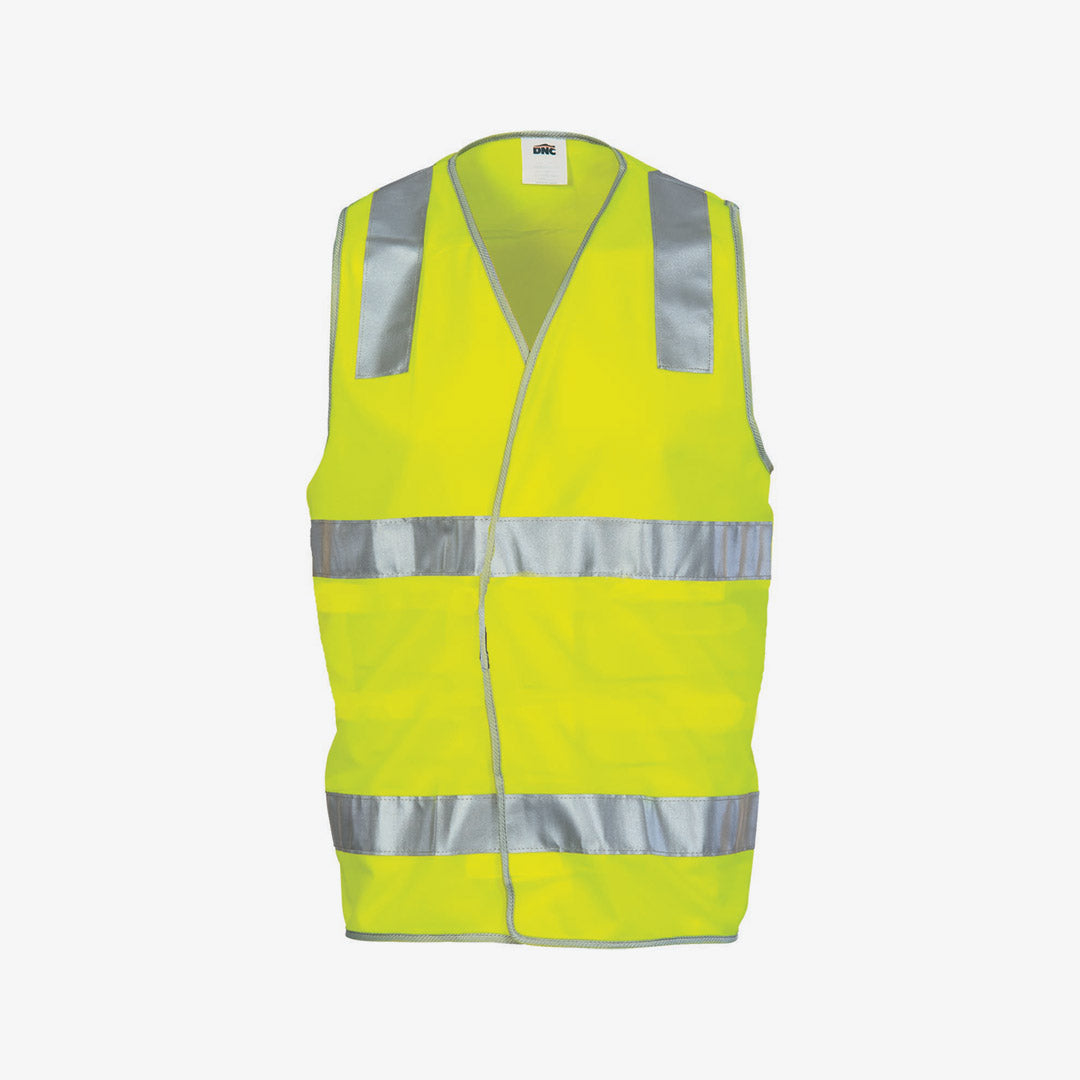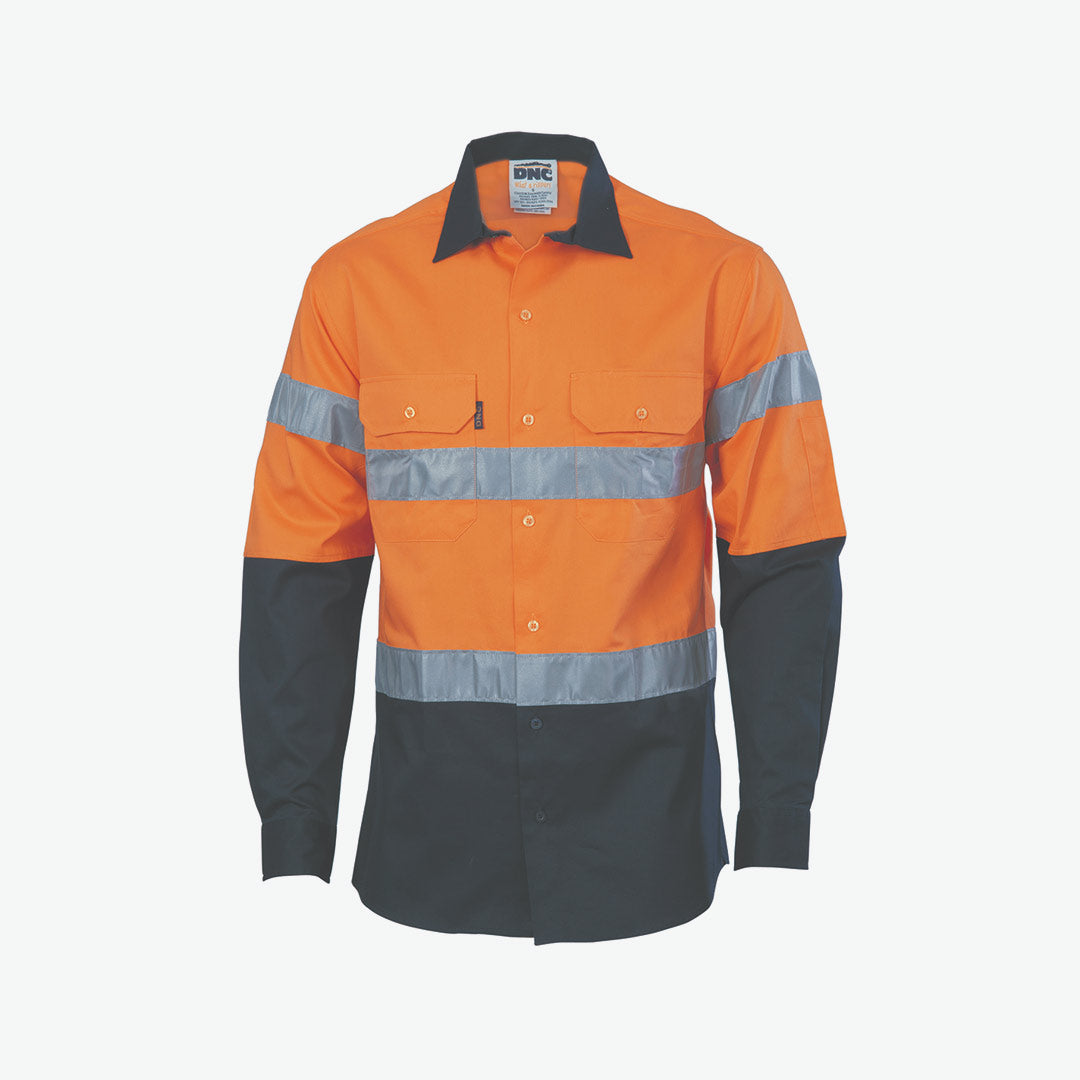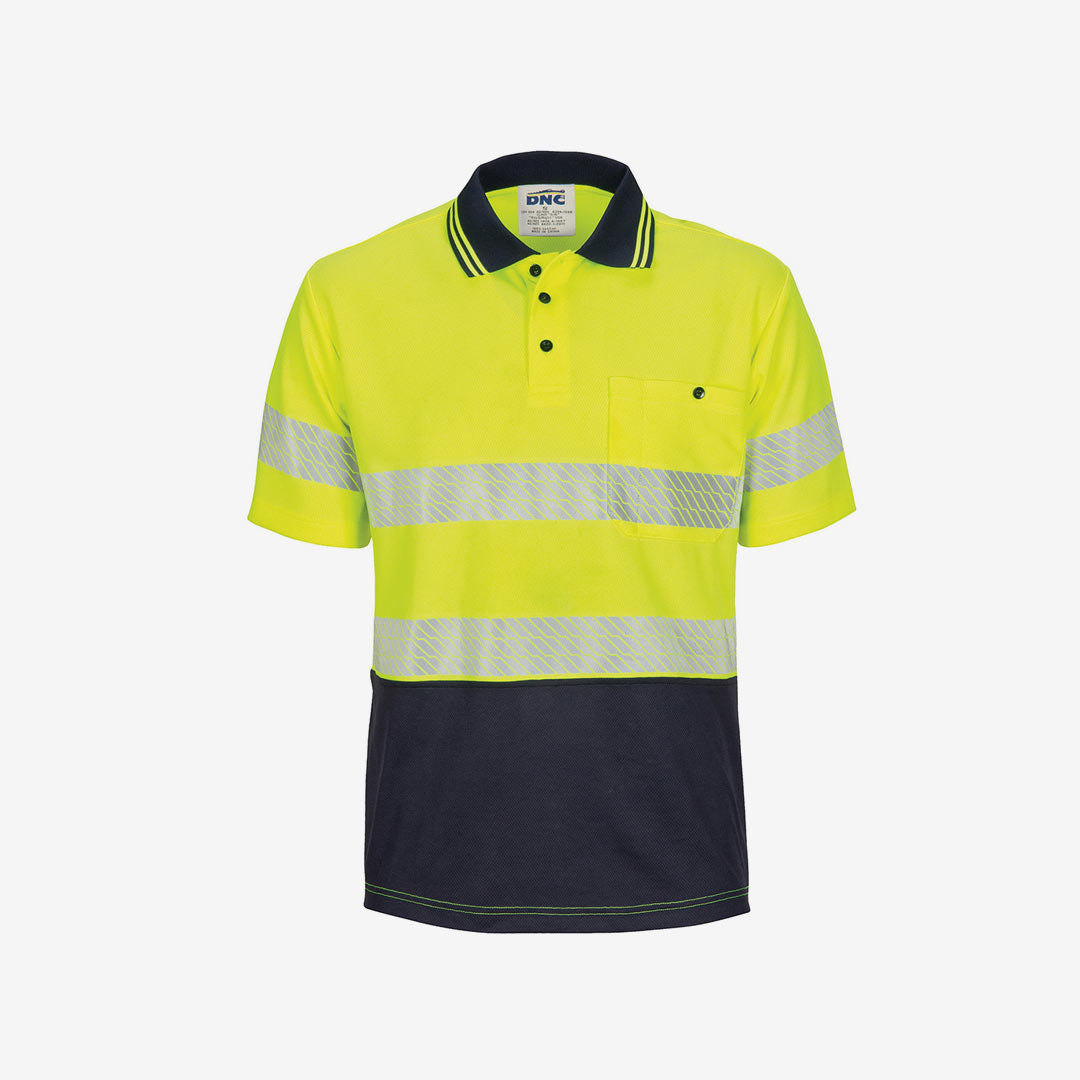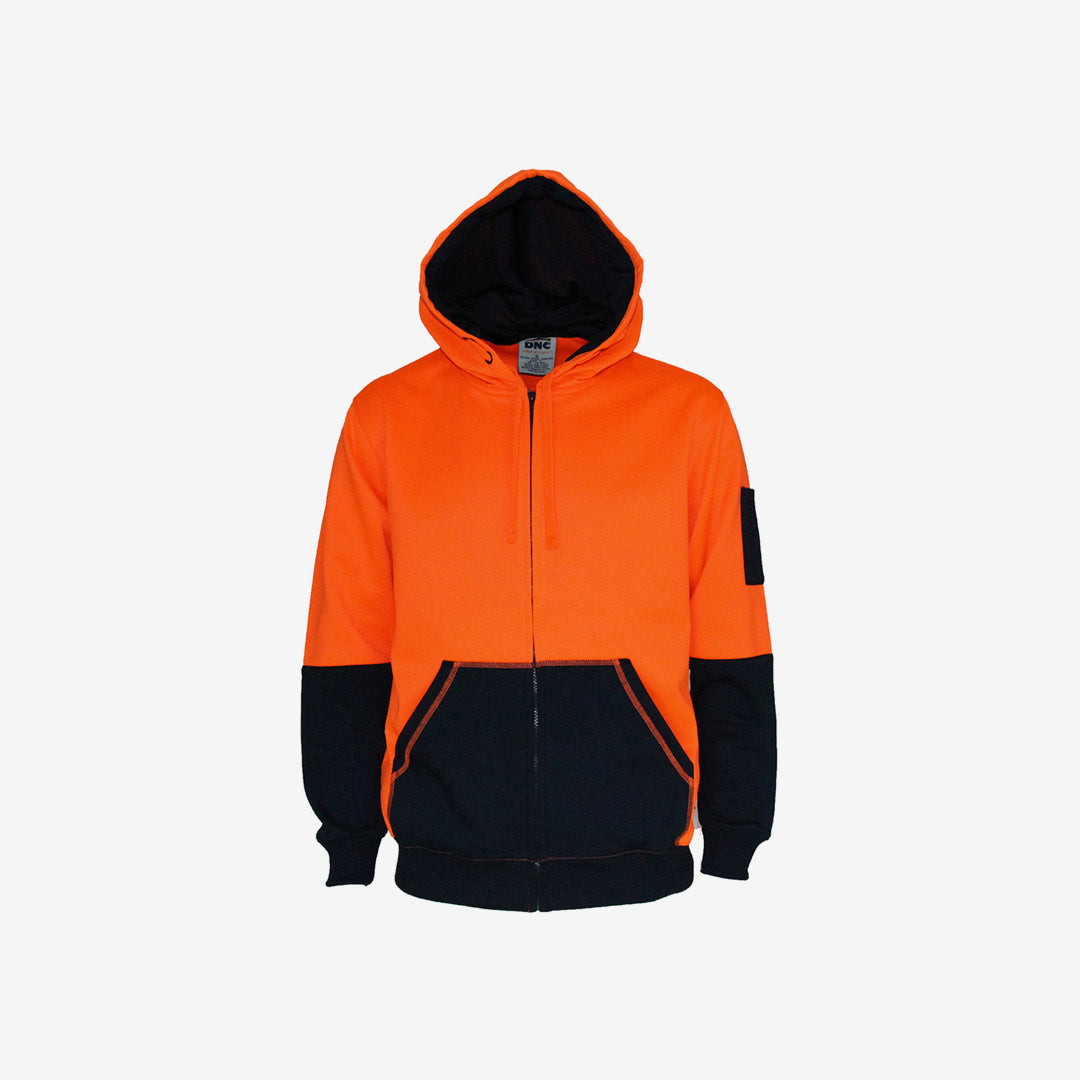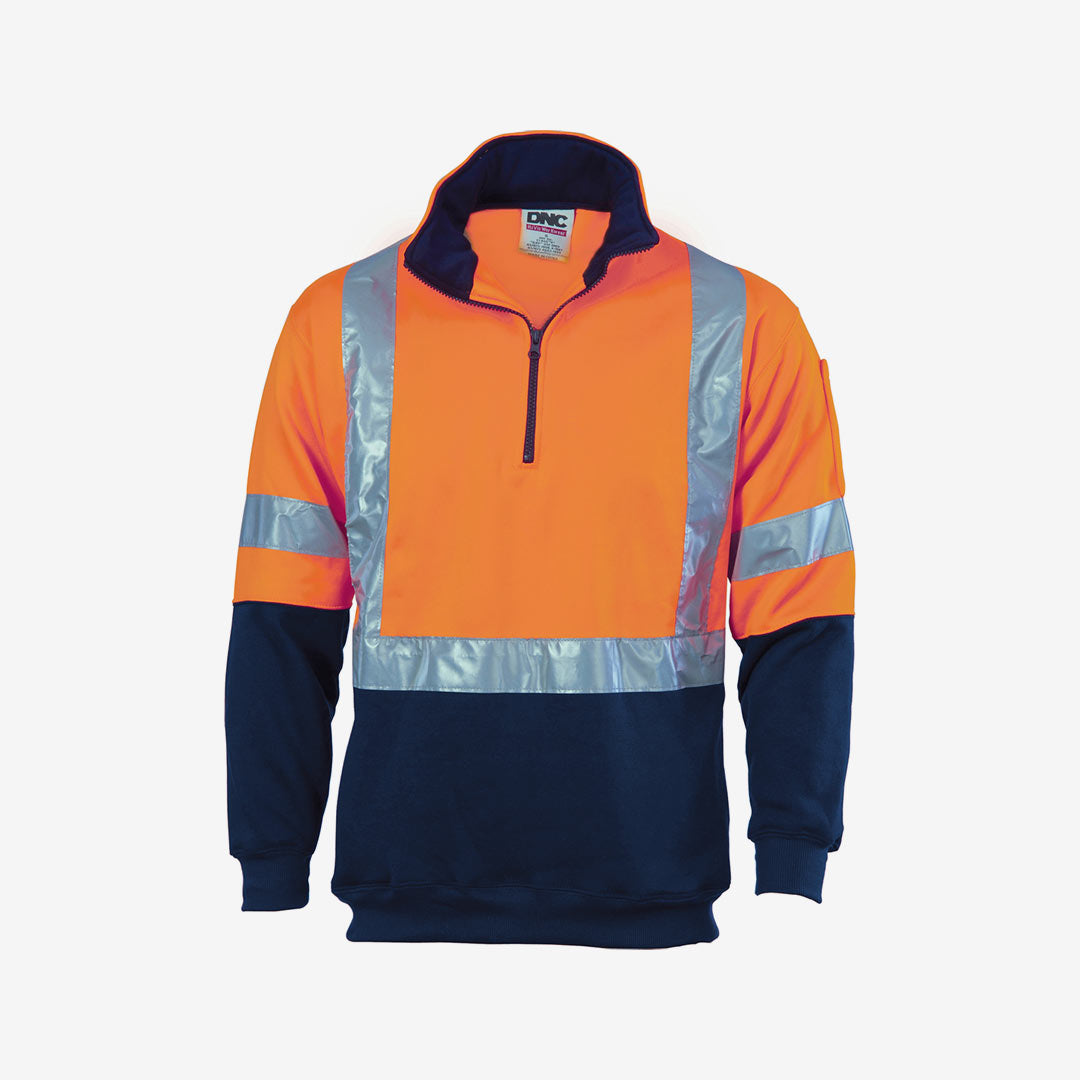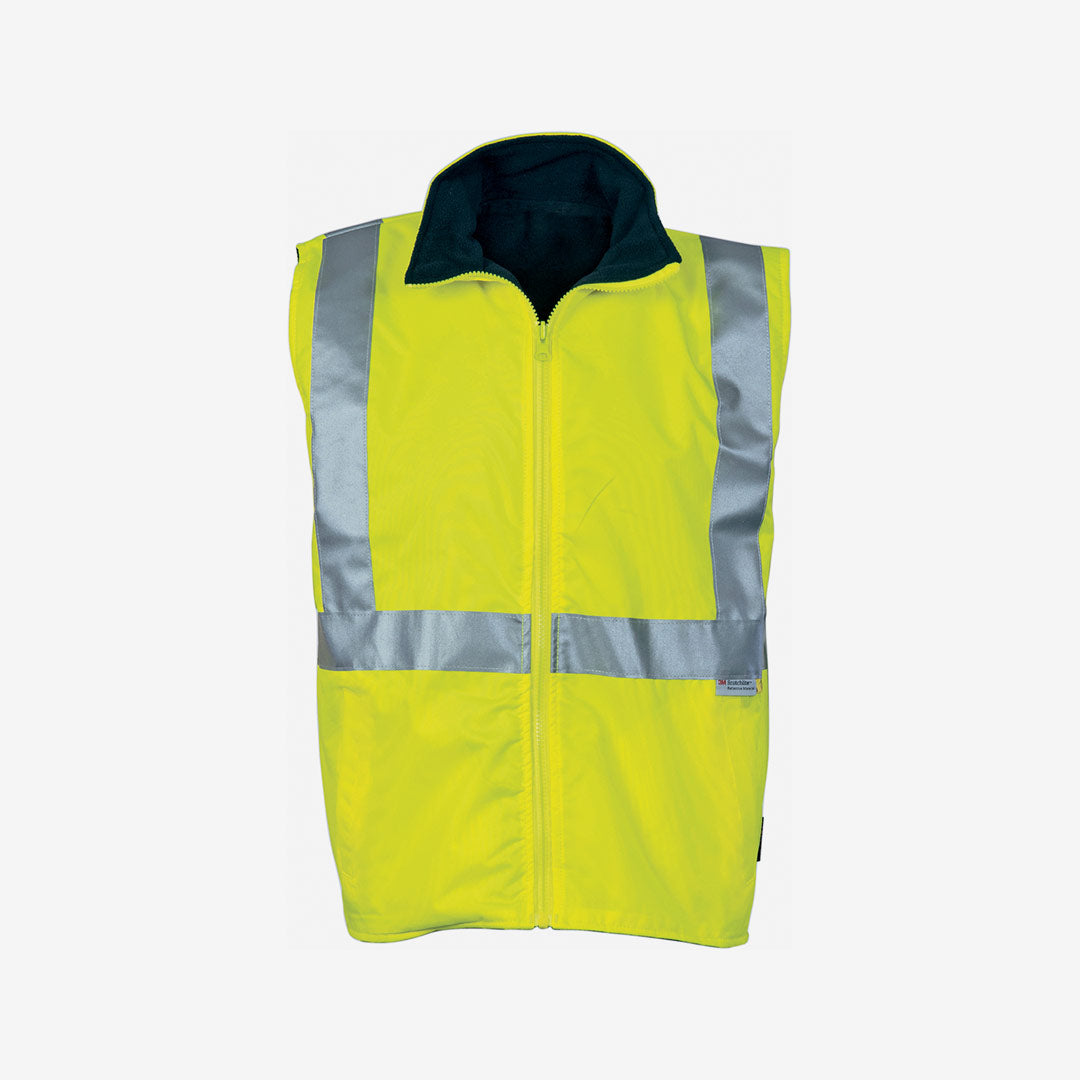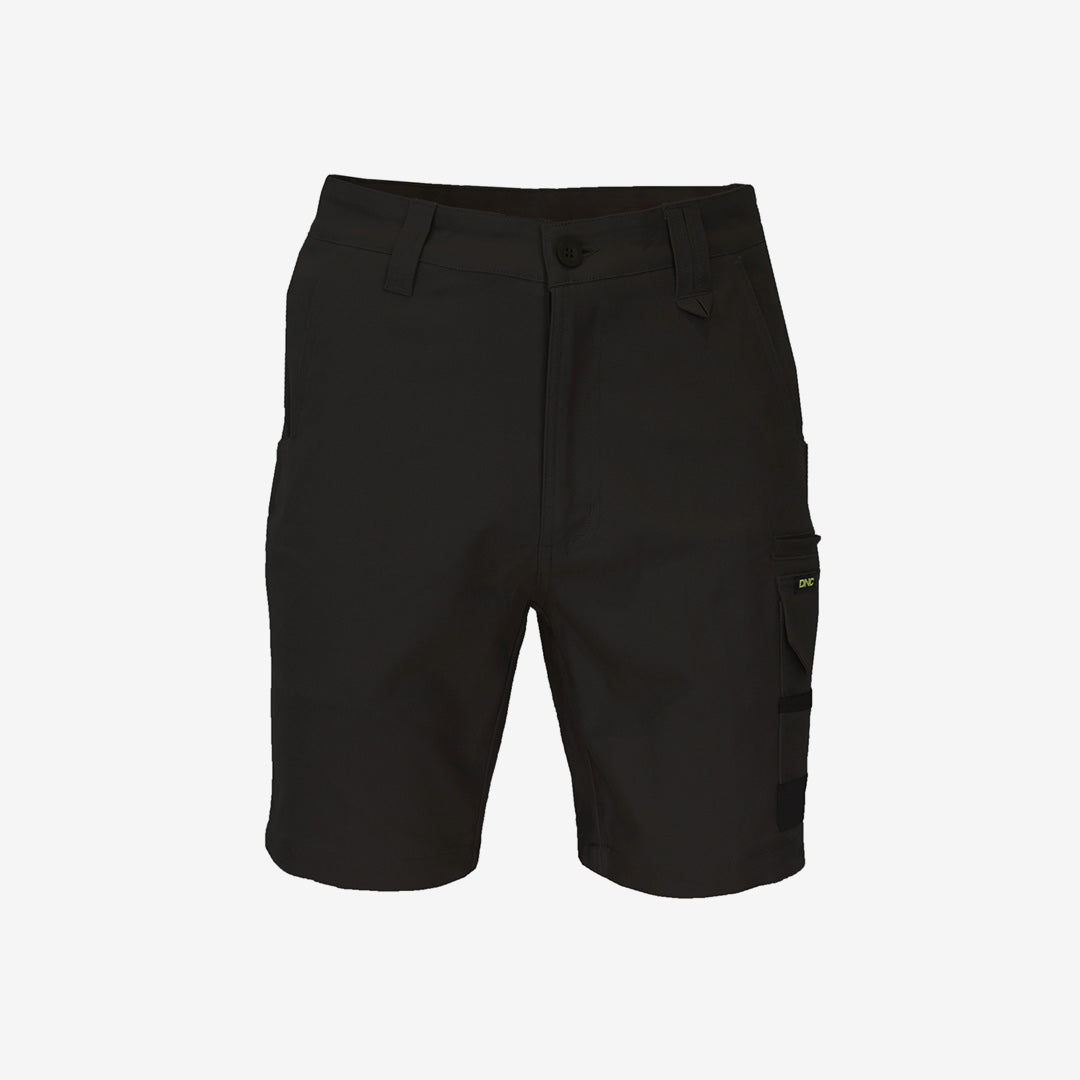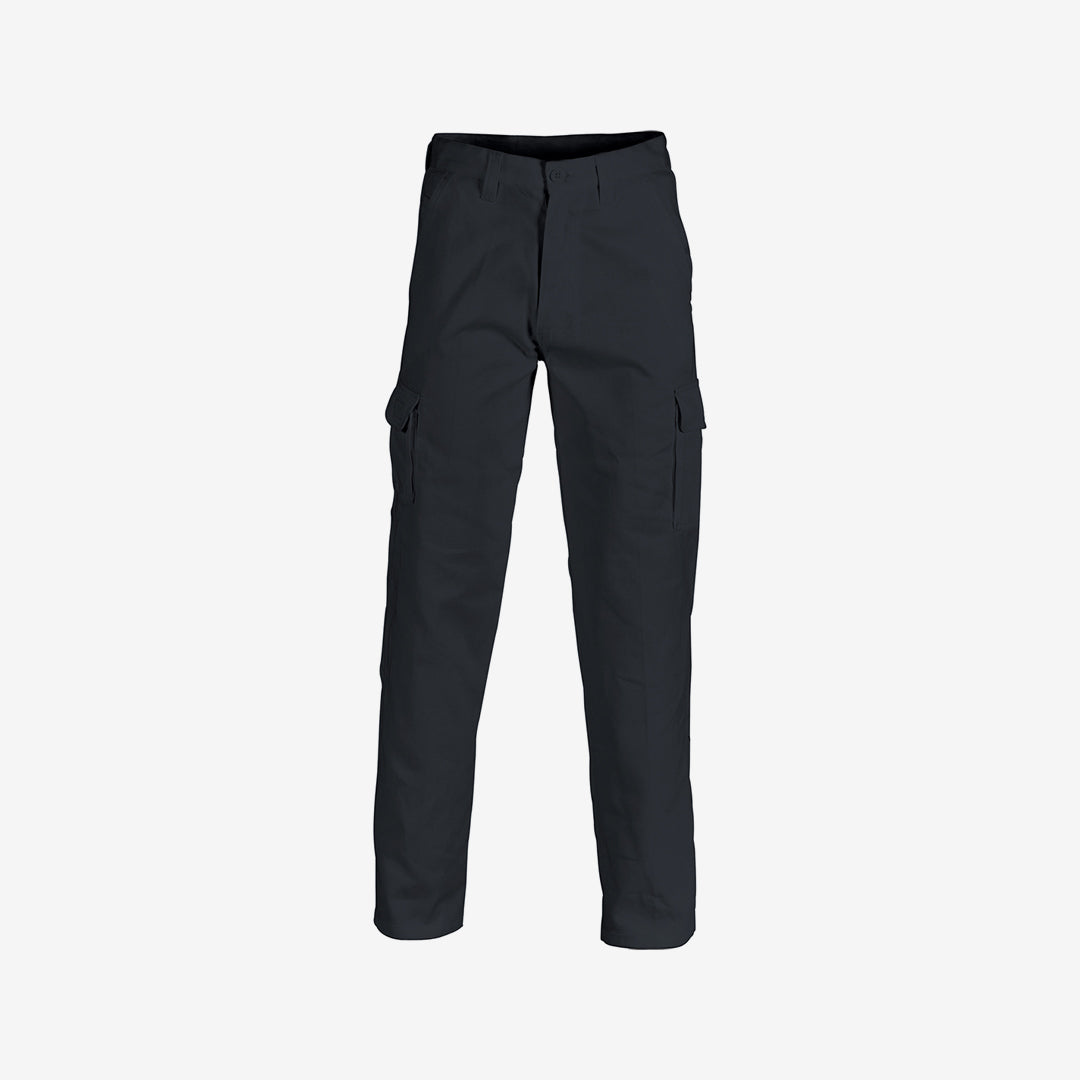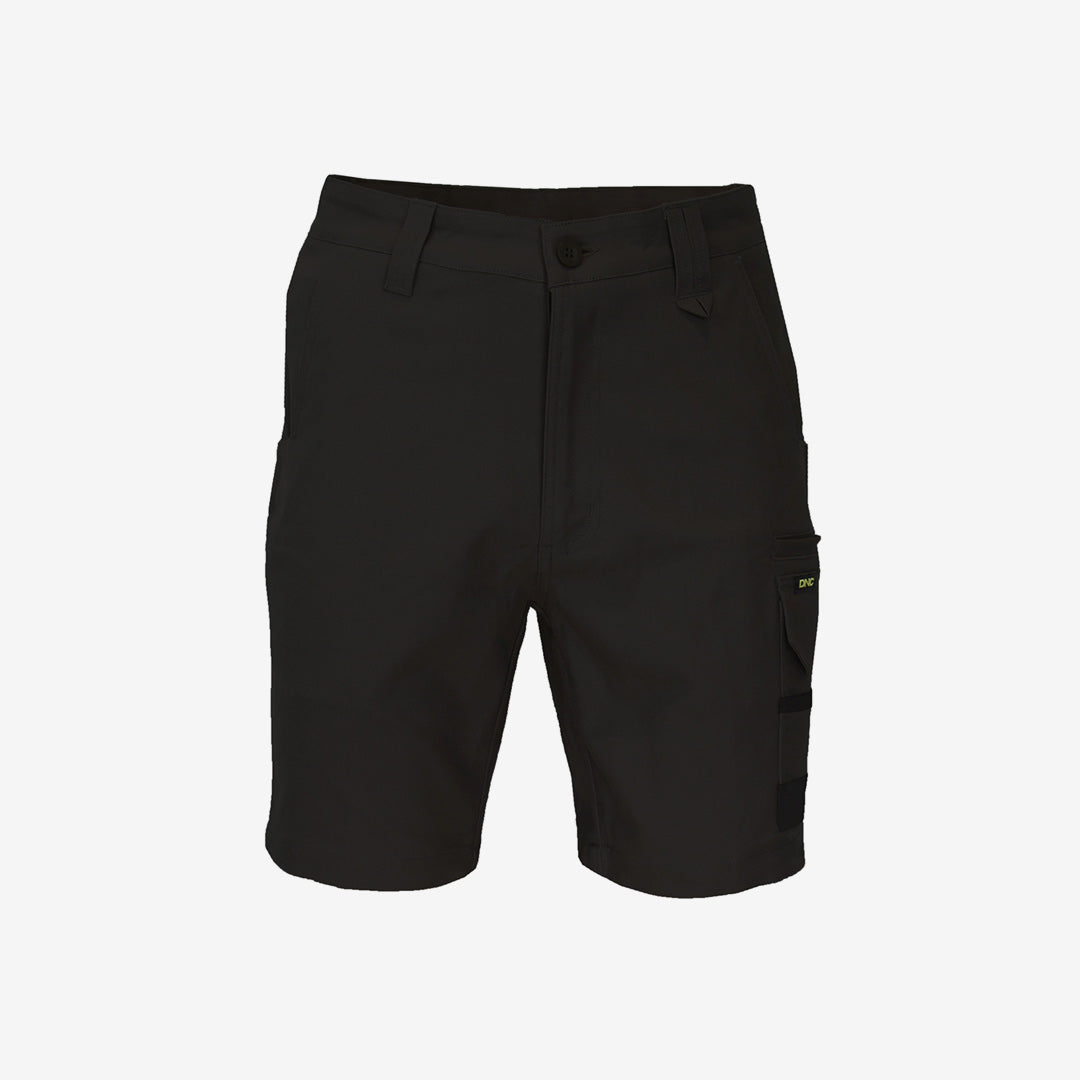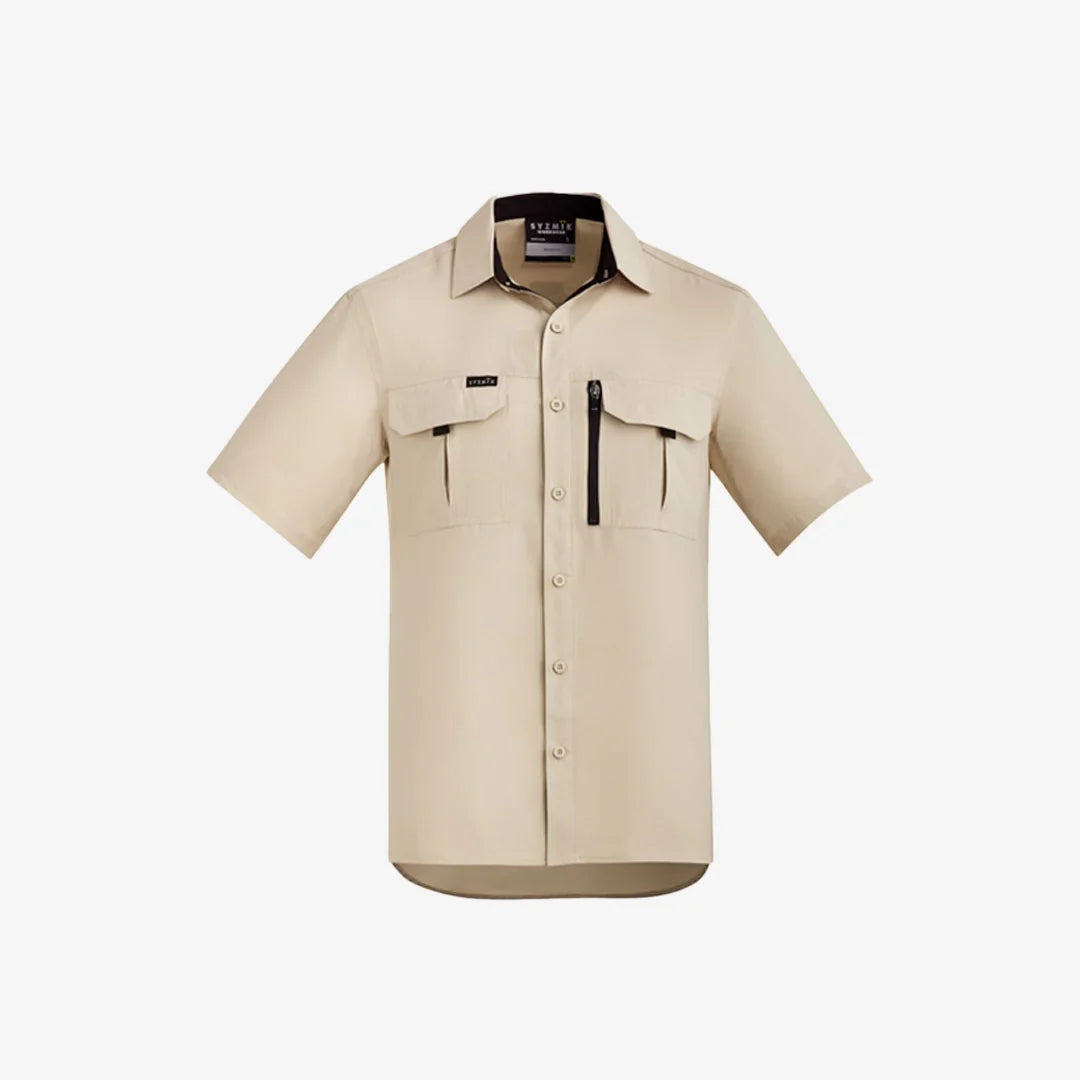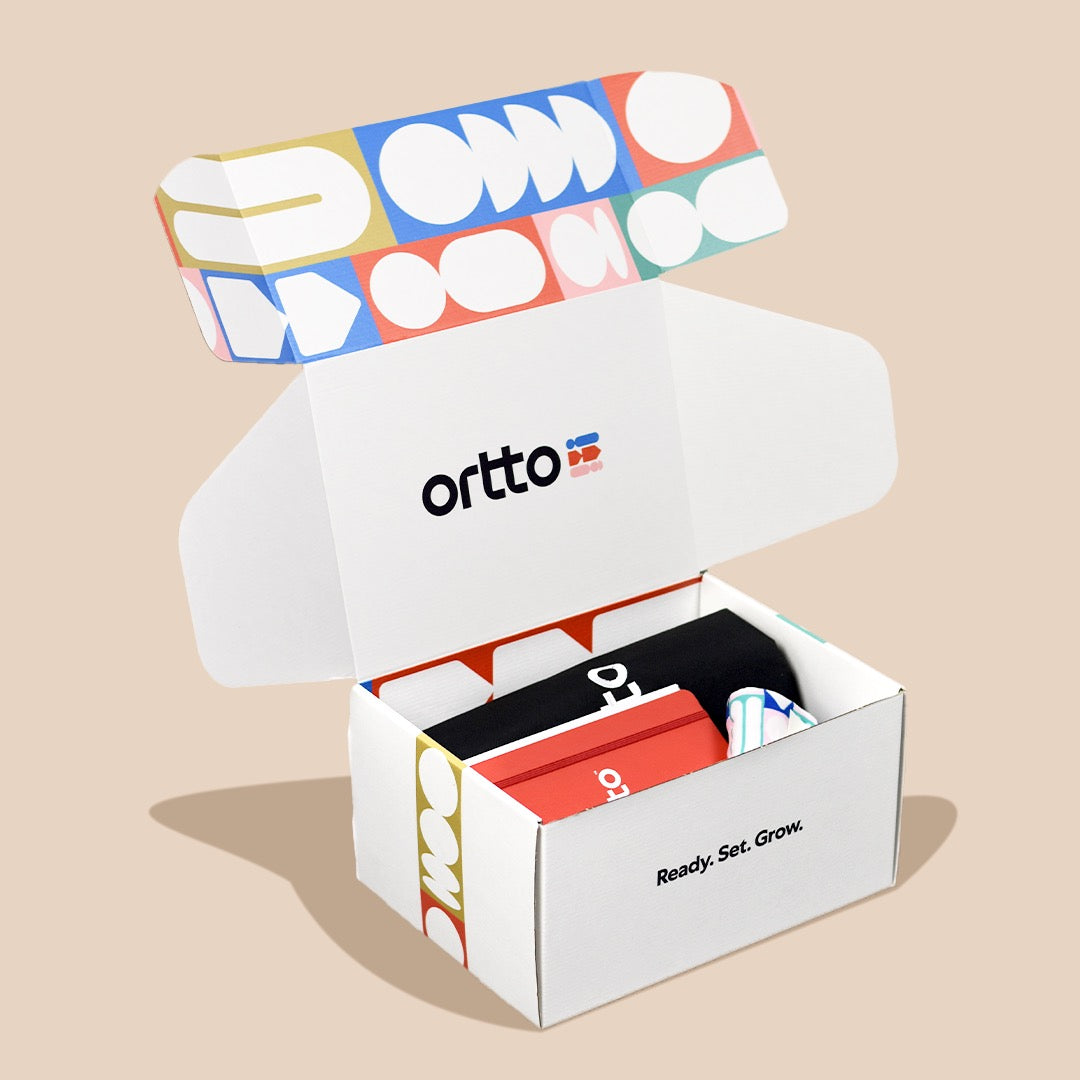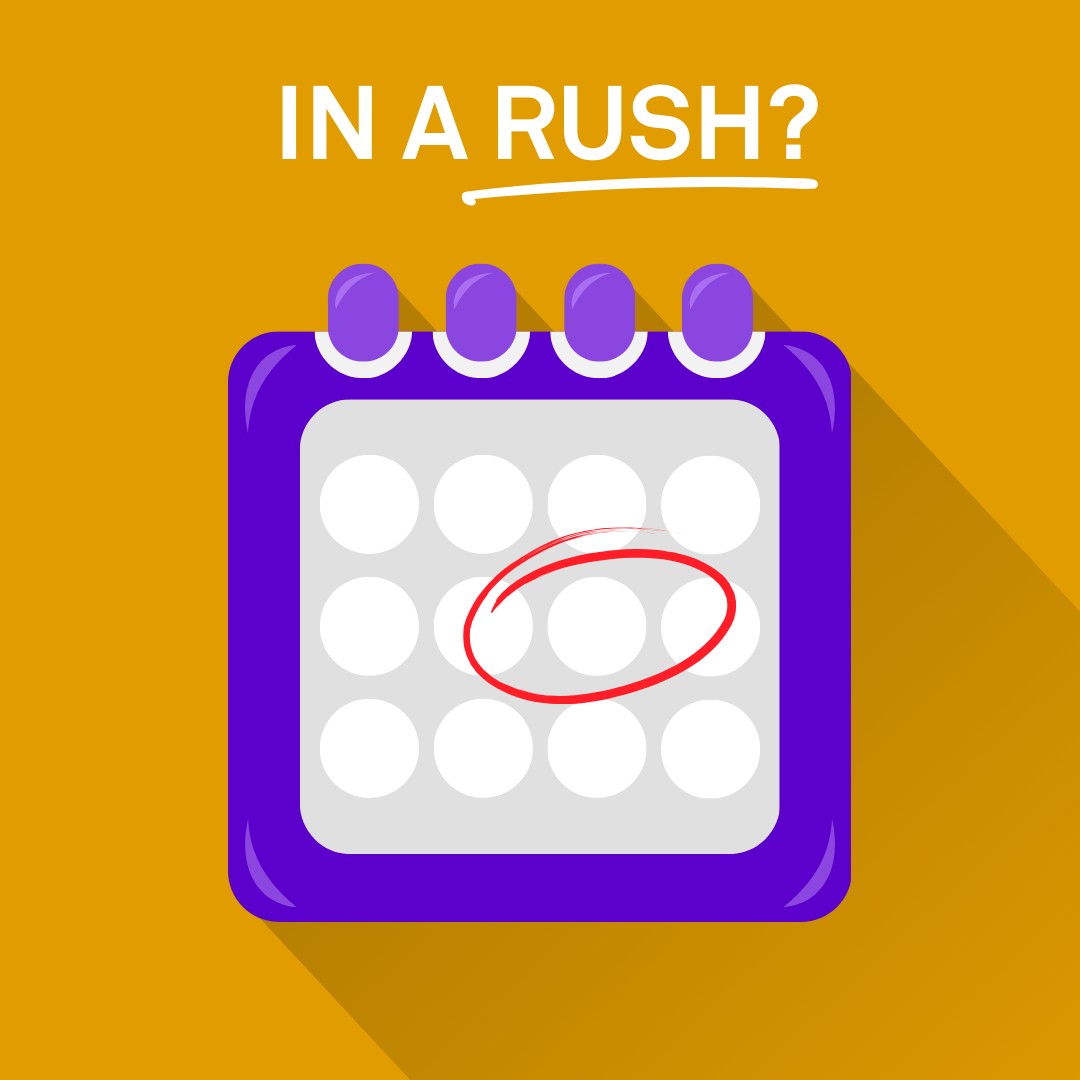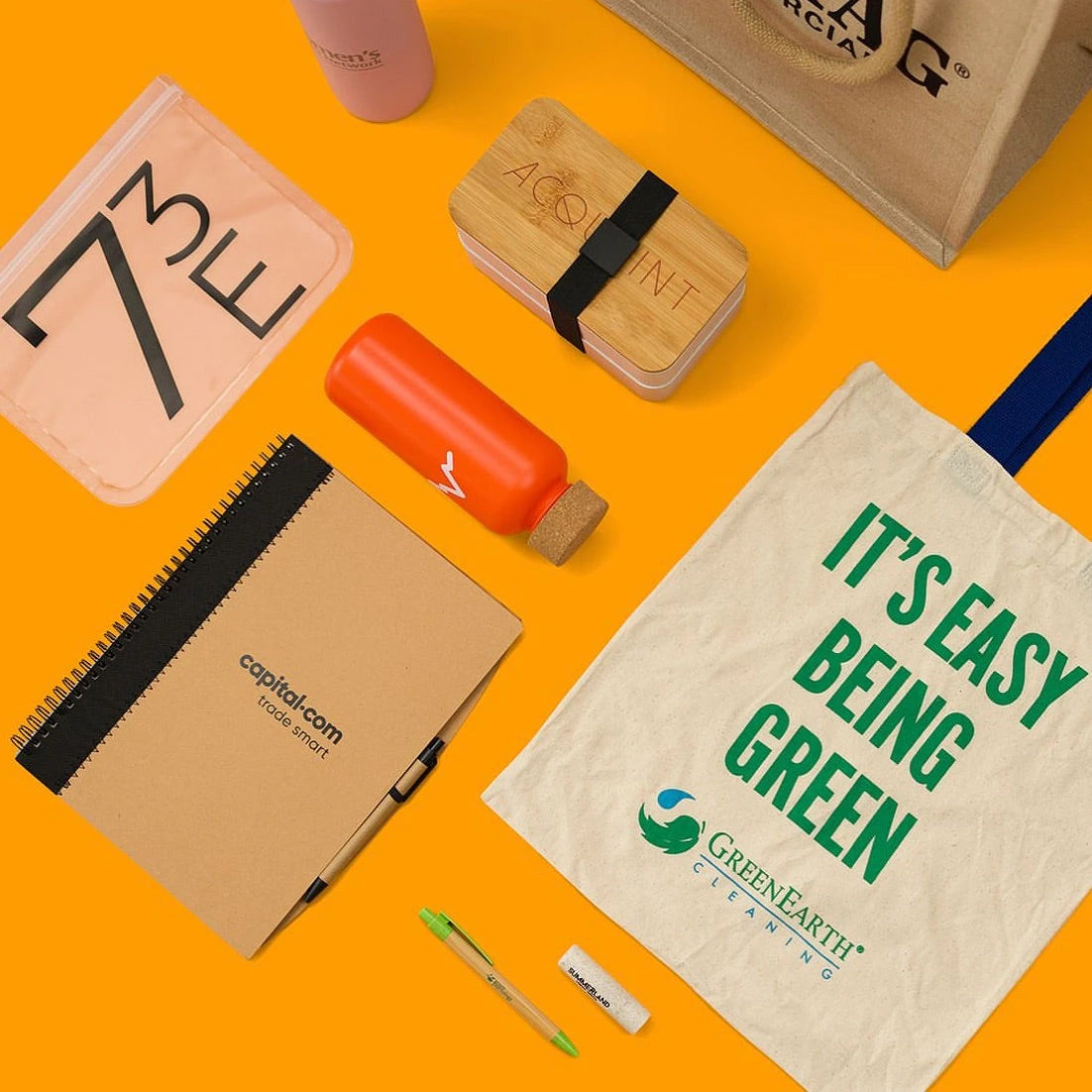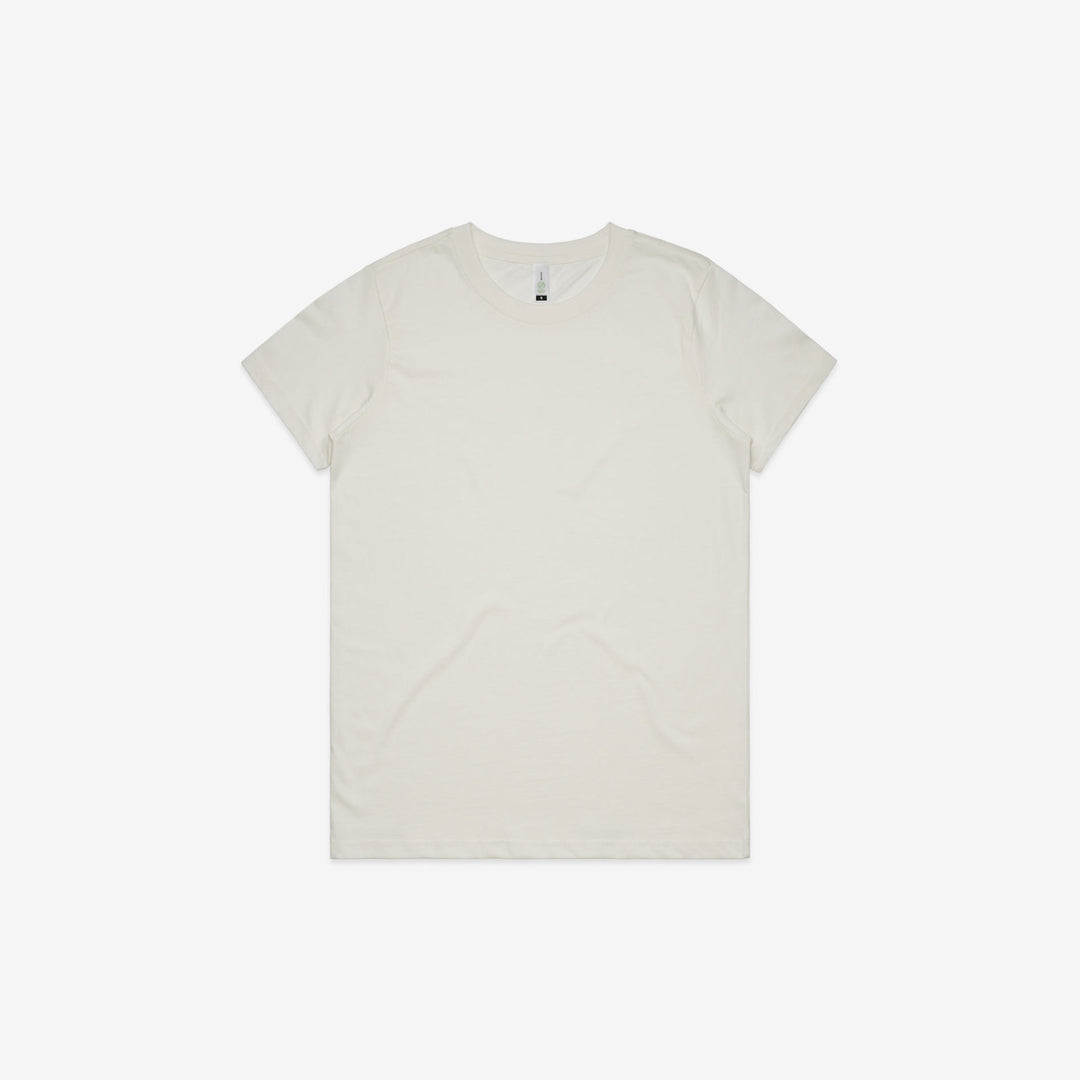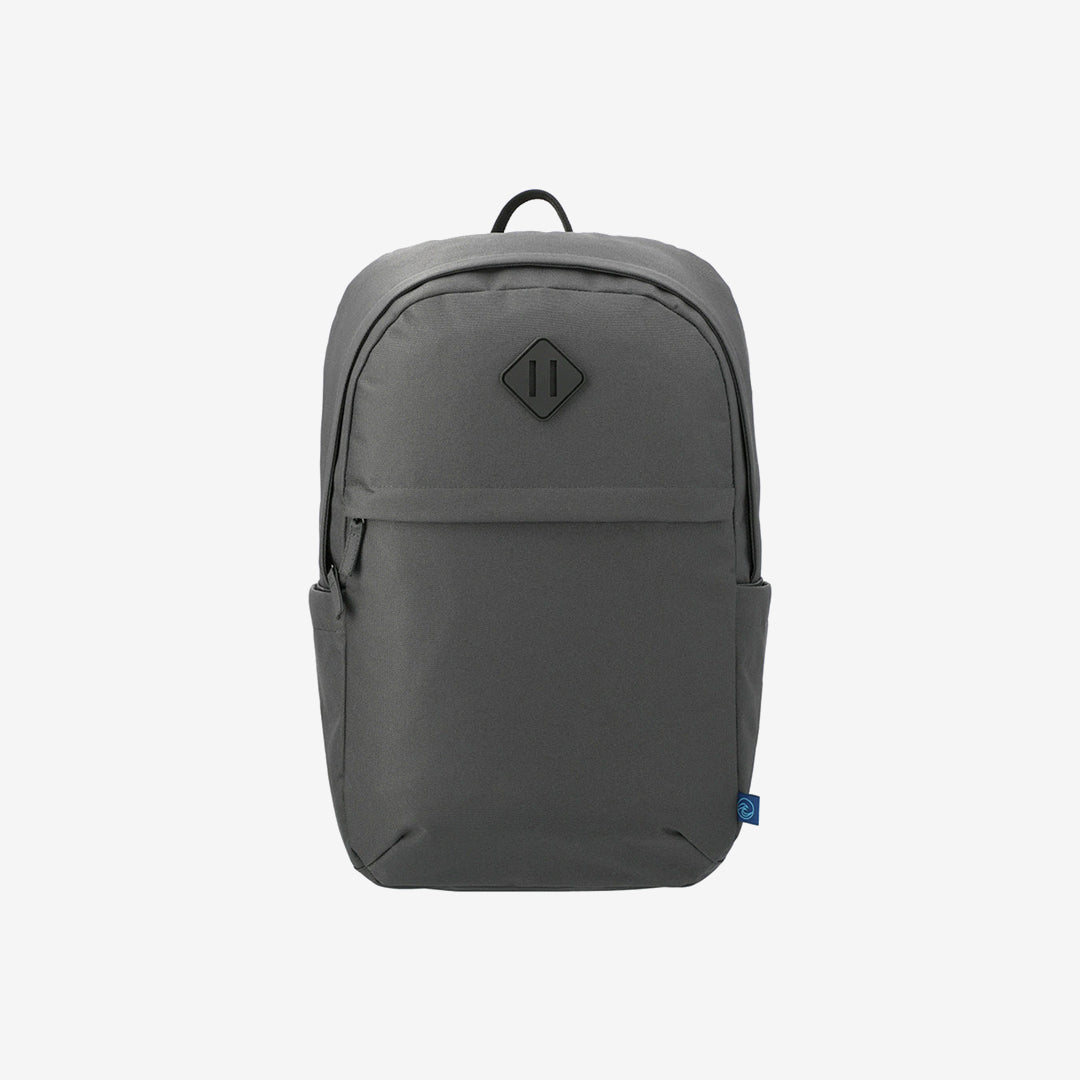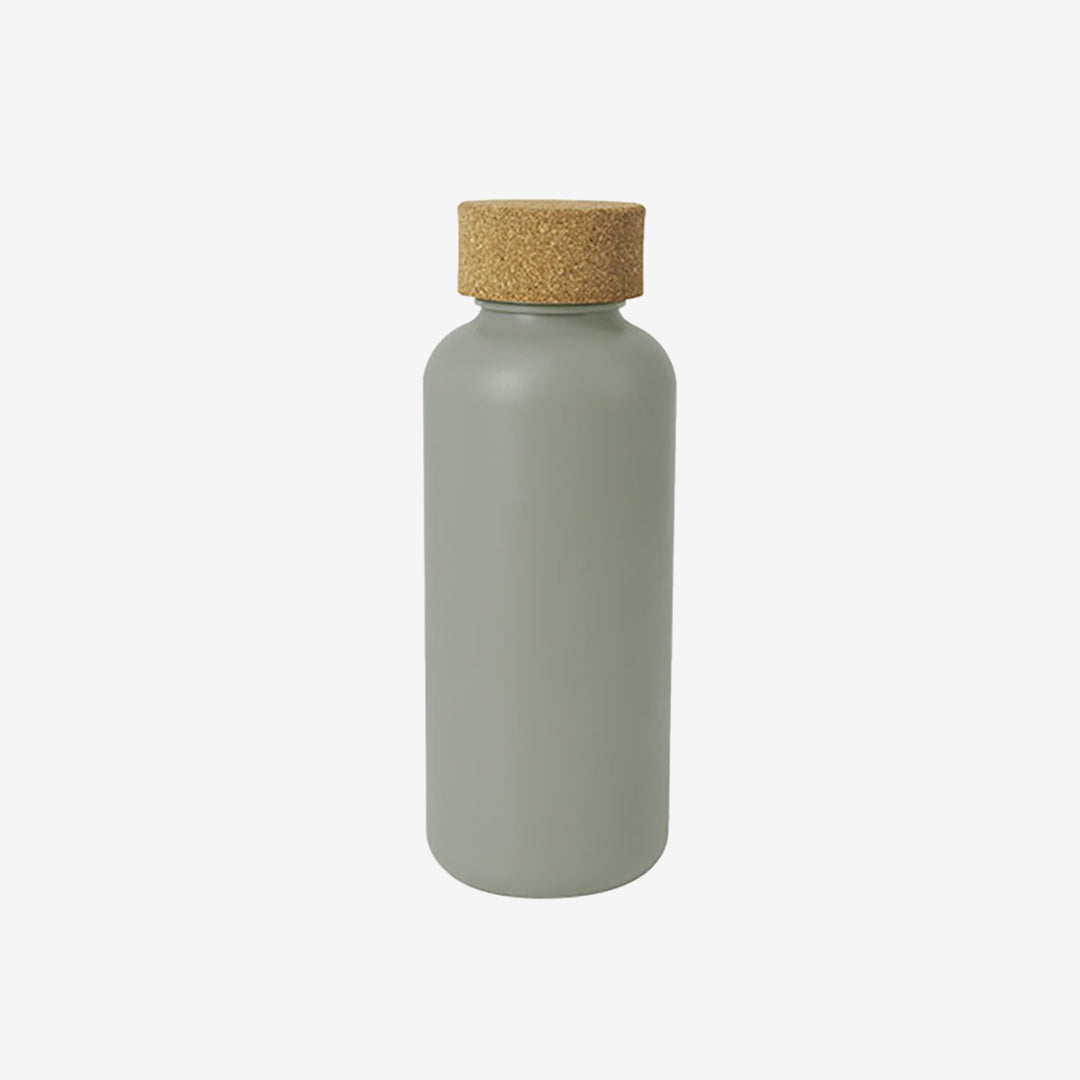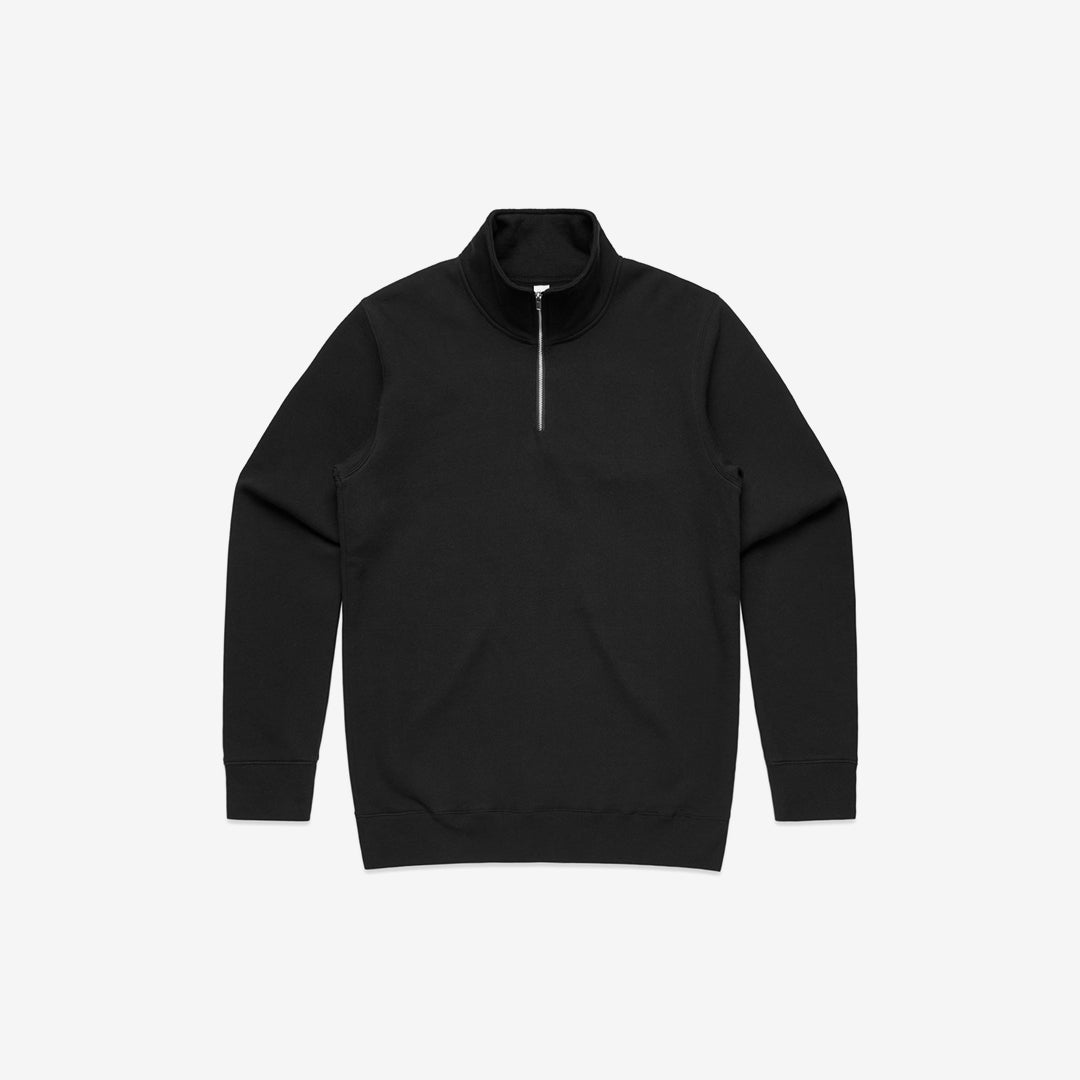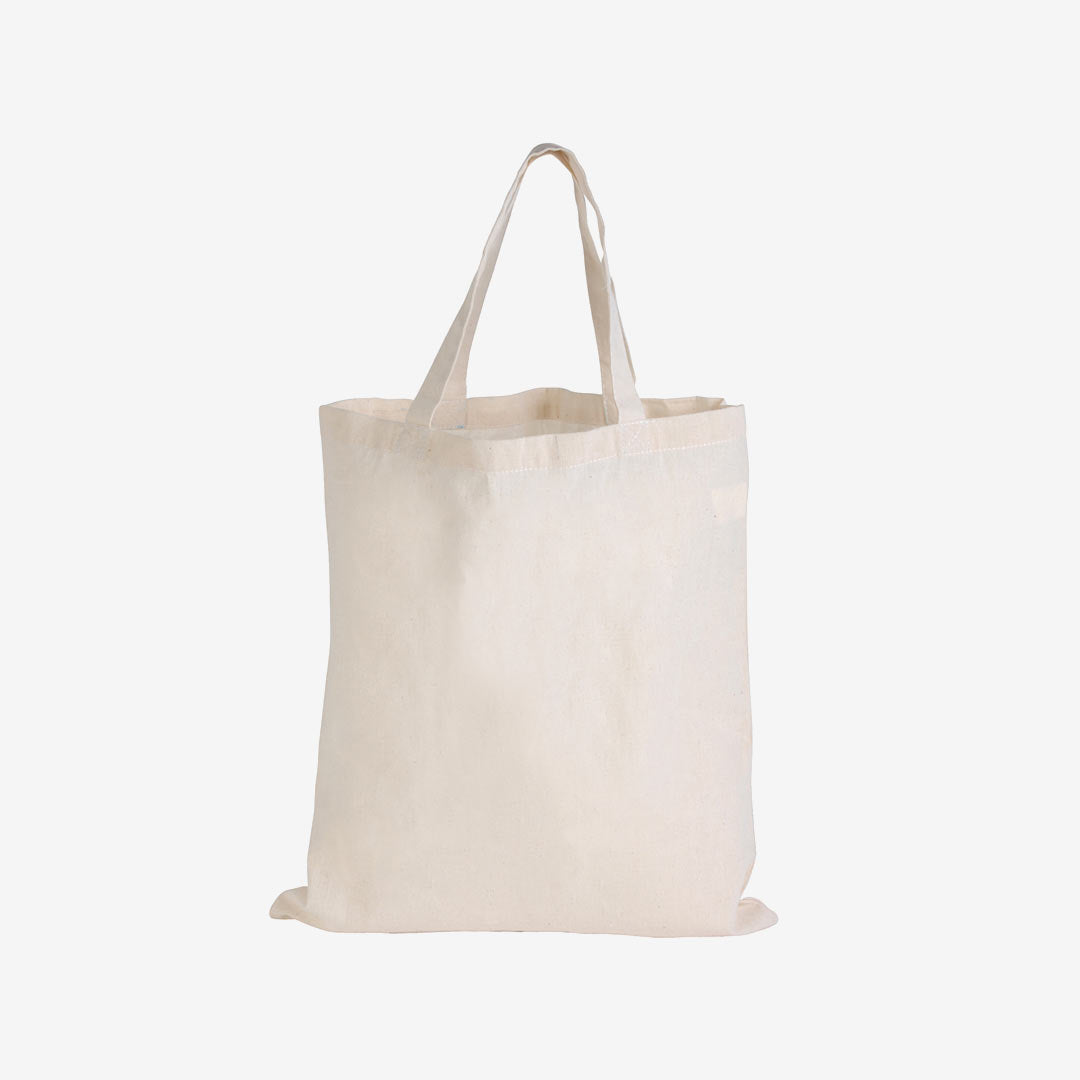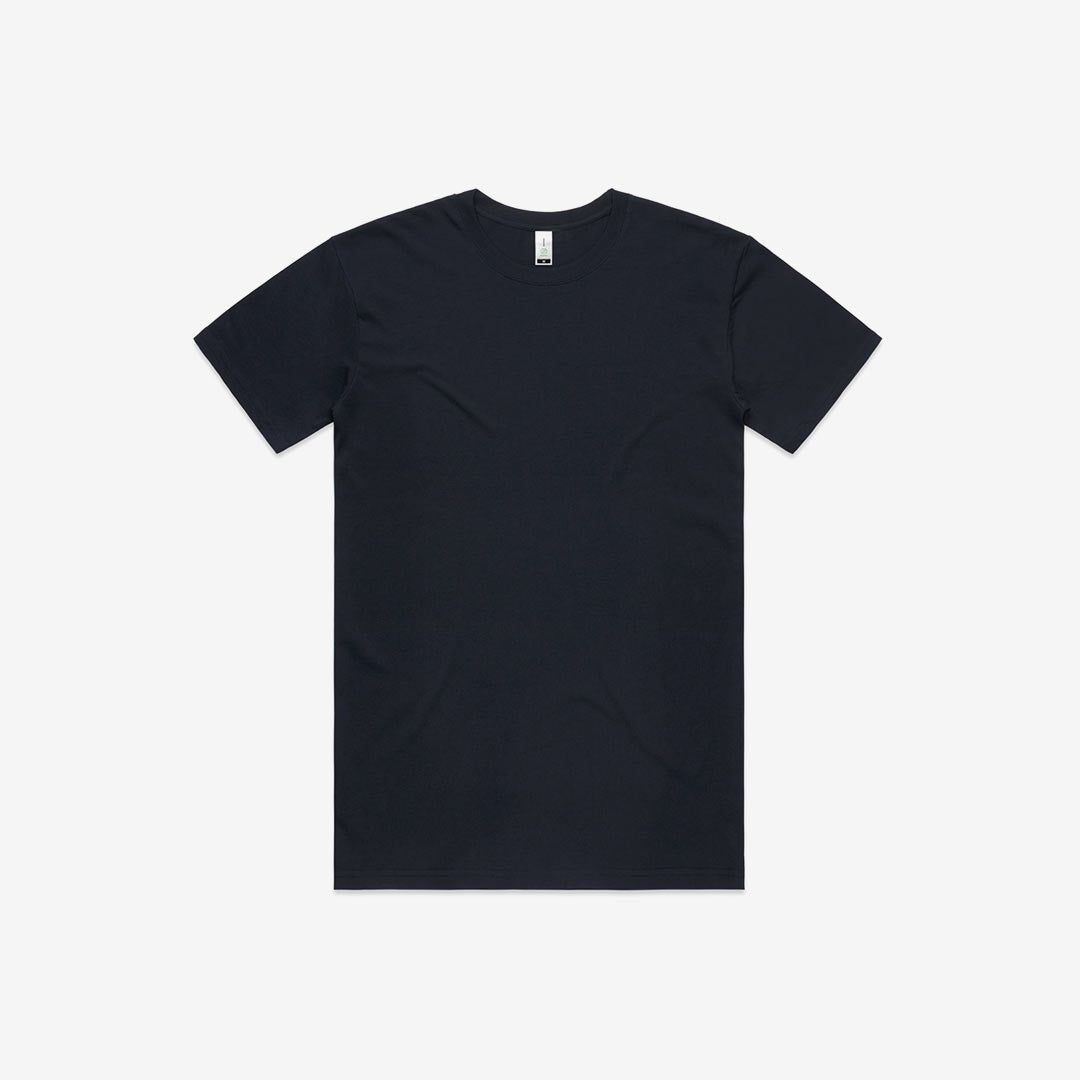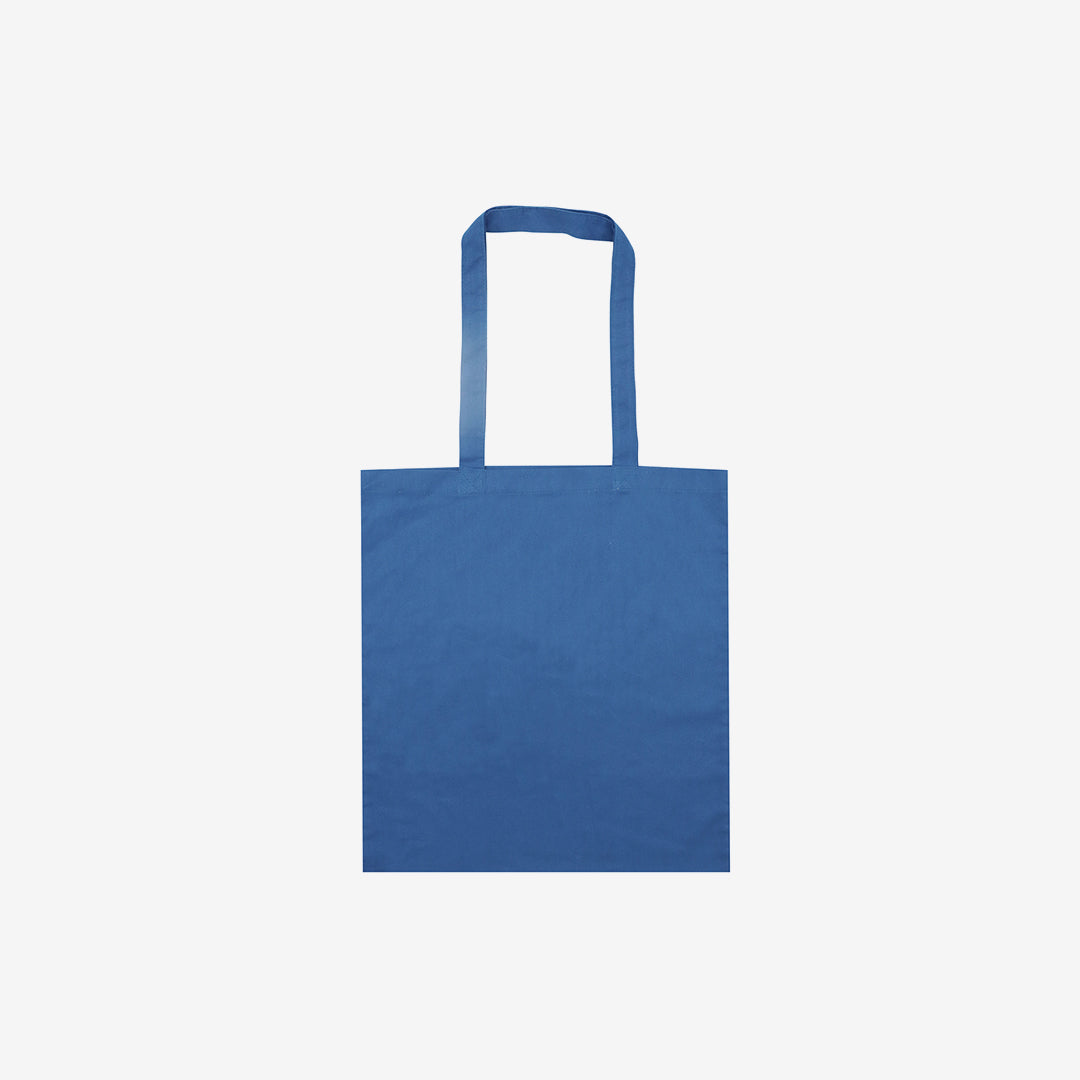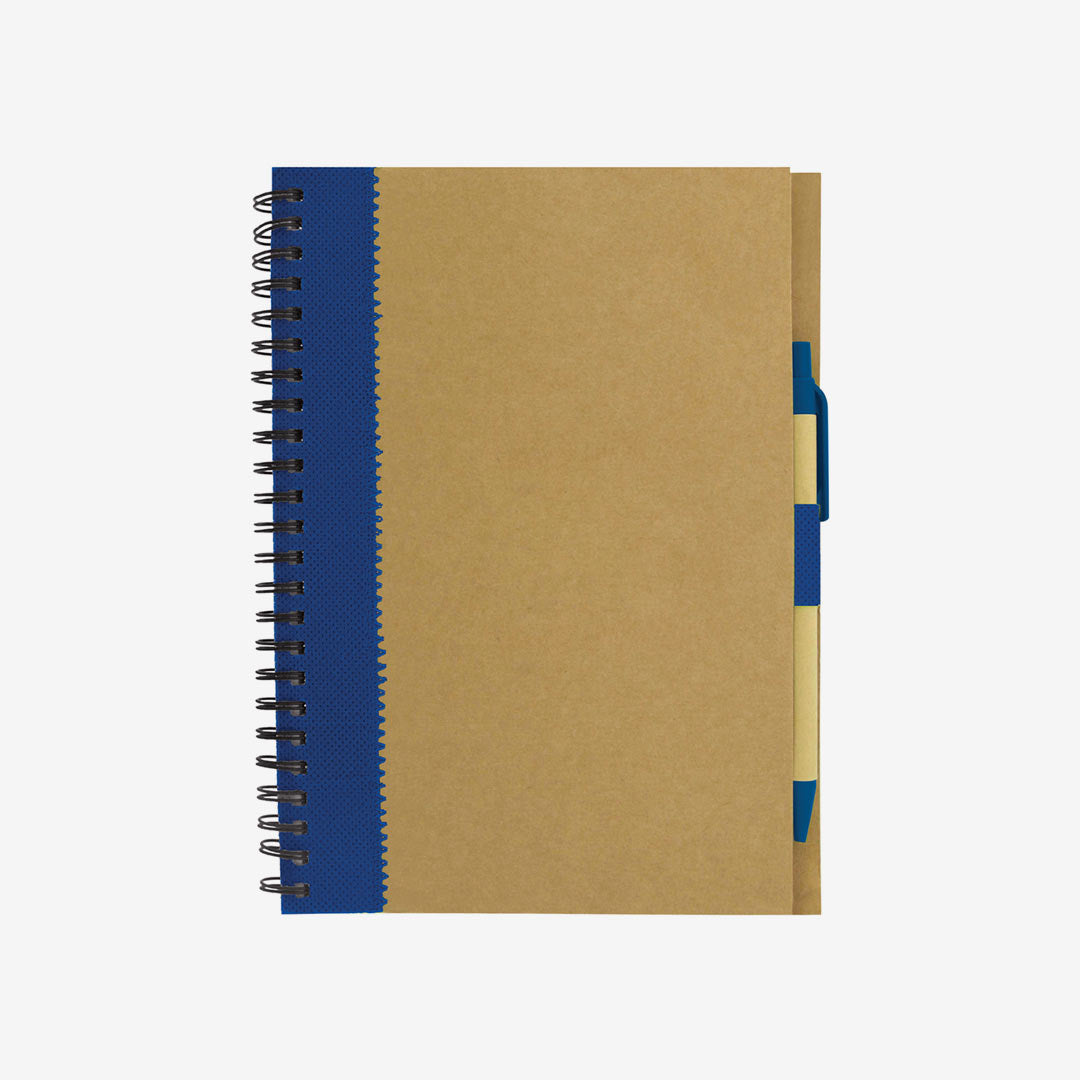Merch vs Swag: What’s What and Why It Matters
What's the Difference Between Swag and Merch?
Understanding swag vs merch can transform how you approach branded promotional products. While often used interchangeably, they serve different purposes in your marketing strategy.
Quick Answer:
- Swag = Free promotional items given away to build brand awareness (e.g., pens, tote bags, stickers).
- Merch = Branded items sold to customers to build loyalty and community (e.g., t-shirts, hoodies, quality accessories).
- Key Difference: Swag is given away for free to maximise reach, while merch is purchased by customers who want to represent your brand.
This distinction is increasingly important. The shift from basic swag to quality merch is driven by younger generations who want brands to tell stories and offer experiences. This makes higher-quality, story-driven products more appealing than simple giveaways.
Today's customers, particularly Millennials and Gen Z, seek authentic connections. They are willing to pay for merchandise that aligns with their values and helps them express their identity.
The choice isn't just about budget; it's about understanding your audience. Swag excels at introducing your brand to new people at events, while merch transforms customers into proud brand ambassadors.
What is Swag? (Stuff We All Get)
Swag, or "Stuff We All Get," refers to promotional items distributed for free to increase brand awareness and recognition. Think of the branded pens, stickers, or tote bags from a trade show. These items are designed to be appealing and cost-effective for mass distribution.
Key characteristics of swag include:
- Free Distribution: Swag is always given away, never sold, to encourage broad acceptance and maximise reach.
- Brand Exposure: Each item acts as a mini-billboard, putting your logo directly into the hands of potential customers.
- High Volume, Lower Cost: Swag items are typically affordable when bought in bulk, making them functional but not necessarily premium.
- Short-Term Impact: While some swag is kept, many items serve as a quick, short-term reminder of your brand.
- Tangible Reminders: In a digital world, a physical item creates a memorable, tactile connection with your brand.
We often see swag used at:
- Trade shows and conventions
- Product launches
- Job fairs
- Welcome kits for new employees or clients
- Marketing campaigns to attract new leads
For more insights into leveraging these freebies, explore our guide on What is Company Swag and Why Should You Care?
What is Merch? (A Badge of Belonging)
Merch, short for merchandise, refers to branded products that are sold, not given away. These items are designed for customers who already have an affinity for your brand and want to express their loyalty. Merch is about fostering a sense of community and identity.
Unlike swag, merch is typically:
- For Sale: Customers purchase merch because they value it, signifying a deeper connection to your brand.
- Higher Quality and Design: Since customers are paying, merch must be high-quality, well-designed, and often more unique.
- Revenue Generating: Merch can become a significant revenue stream, turning loyal customers into active supporters.
- Community Building: Using branded merch allows customers to signal their allegiance, fostering a sense of belonging. It's a badge of honour.
- Storytelling: Merch often embodies your brand's story and values, allowing customers to align with what you stand for.
The rise of merch culture now includes tech companies, lifestyle brands, and eco-conscious startups. Customers want to express their beliefs, and well-designed merch provides that opportunity.
To dig deeper into branded merchandise, check out our comprehensive guide: Merchandise 101: Everything You Need to Know
At a Glance: Key Differences in Swag vs Merch
To make the distinction crystal clear, here's a quick comparison of swag vs merch across their key attributes:
| Feature | Swag | Merch |
|---|---|---|
| Primary Goal | Brand awareness, broad reach, lead generation | Brand loyalty, community building, revenue generation |
| Cost to Recipient | Free | Paid (customers purchase) |
| Perceived Value | Low-to-mid (expected to be free, functional) | High (customers pay for quality, design, and affiliation) |
| Quality | Varies, often budget-focused for mass production | Premium, durable, carefully designed |
| Distribution | Mass giveaways at events, welcome kits | Retail (online stores, physical shops), exclusive drops |
| Intent | "Remember us," passive reminder | "Join us," active expression of identity |
How to Use Swag and Merch in Your Branding Strategy
Both swag and merch are powerful tools, but they serve different strategic purposes. Using each effectively can significantly amplify your marketing efforts.
How Swag Maximises Brand Awareness
Swag is your brand's friendly ambassador, designed to cast a wide net and introduce your company to as many people as possible. It’s all about visibility and making a memorable first impression.
- Broad Reach: Distributing free items gets your brand into the hands of a large audience quickly. Each use of a branded pen or tote bag is an impression for your brand.
- Lead Generation: Swag is a great incentive for trade show engagement or newsletter sign-ups, often leading to new contacts.
- Positive Associations: A free gift creates goodwill that recipients associate with your brand.
- Conversation Starters: A clever piece of swag can spark curiosity and encourage people to ask about your company.
- Event Presence: At crowded events, distinctive swag helps your brand stand out and be remembered.
For a deeper dive into how custom swag can boost your brand, take a look at Custom Swag 101: How Customised Business Items Boost Your Brand.
How Merch Builds a Loyal Community
If swag is about quantity of reach, merch is about quality of connection. Merch transforms casual interest into passionate loyalty, creating a community of brand advocates.
- Fostering Identity: When customers buy your merch, they're buying into your brand's identity and feeling part of a community.
- Deepening Connection: Merch provides a tangible way for customers to express their love for your brand, turning them into active supporters.
- Exclusivity and Pride: High-quality, unique merch can create a sense of exclusivity, making ownership a point of pride.
- Customer Advocacy: People who buy your merch are often your most enthusiastic advocates, promoting you to their networks.
- Brand Storytelling: Merch is a powerful medium to communicate your brand's values, mission, or aesthetic.
For more on how to use merchandise to build your brand, explore our guide on Brand Boosters: A Guide to Effective Business Promotional Merchandise.
The Role of Storytelling in Merch vs Swag
Storytelling is a vital part of modern marketing. While both swag and merch can tell a story, their approaches differ.
Swag and Storytelling
For swag, storytelling is often brief. An eco-friendly pen, for example, tells a quick story about your brand's commitment to sustainability. The goal is functional, aiming for immediate recall.
Merch and Storytelling
Merch, however, is built on storytelling. It's about selling a narrative and a lifestyle. As many experts note, brand stories matter to consumers, especially younger generations who want to know the 'why' behind a brand. Merch lets them wear a piece of that story.
- Authenticity and Values: Merch should embody your core values. If you champion sustainability, your merch should be made from ethically sourced materials.
- Mission Embodied: A piece of merch can visually represent your brand's mission, creating a deeper connection with customers.
- Emotional Connection: Merch can evoke strong emotions, much like a concert t-shirt becomes a memento of an experience.
When we create merch, we're not just printing logos; we're crafting tangible expressions of your brand's narrative. This deepens the customer's connection and makes them feel part of your brand's journey.
Making the Right Choice for Your Brand
Deciding between swag and merch is a strategic choice. Think of it this way: swag is a friendly wave, while merch is a warm hug. Both have their place, but the situation determines which is best.
How to Choose Between Swag and Merch
To make the right choice, ask yourself these four questions.
What Are Your Promotional Goals?
If your goal is brand awareness and lead generation, swag is your best friend. It's perfect for getting noticed at a crowded trade show. If you're focused on building deeper relationships or creating a revenue stream, merch is the way to go.
Who is Your Target Audience?
New prospects and event attendees respond well to swag as a positive first impression. Your existing customers and fans are ready for something more meaningful. Merch lets them show their loyalty and be part of your community.
What's Your Budget Looking Like?
Swag offers a lower cost per unit, ideal for mass distribution. Merch requires a higher investment per piece for its premium quality, but since customers pay for it, it can generate revenue.
What Impact Do You Want to Create?
Swag delivers quick recall—a memorable touchpoint that keeps your brand top-of-mind. Merch creates a lasting emotional connection, positioning your brand as desirable and valuable.
The most successful brands often use both. Start with swag to introduce your brand, then offer high-quality merch to deepen relationships. For more guidance, check out The Ultimate Guide to Promotional Products.
Common Mistakes to Avoid
It's easy to stumble when creating branded items. Here are common pitfalls to sidestep.
- Poor Quality: A cheap item that breaks or a t-shirt that shrinks after one wash actively damages your brand's reputation. Quality matters for both swag and merch.
- Bad Design: Cluttered logos and illegible text look unprofessional. Invest in good graphic design that aligns with your brand aesthetic.
- Ignoring Your Audience: Don't just pick items you love. Choose items your audience will actually find useful and valuable.
- No Distribution Plan: Have a clear strategy for who gets your items, and when and where they'll be distributed. Don't let them gather dust.
- Mismatched Messages: Your items should reinforce your brand values, not contradict them. A sustainable brand shouldn't hand out single-use plastic.
- Forgetting Sustainability: Today's customers care about environmental impact. Eco-friendly options are accessible and can protect your reputation.
The Power of Merch for Small Businesses
For small businesses with tight budgets, merch can be a game-changer.
- Cost-Effective Marketing: A well-made piece of merch provides continuous brand exposure for months or years, acting like an ad that never stops running.
- Building Local Community: Seeing your local café's t-shirt around town creates genuine community pride and turns customers into walking ambassadors.
- Turning Customers into Advocates: When customers buy your merch, they become passionate advocates who generate organic word-of-mouth referrals.
- Standing Out: In a digital world, a physical item provides a tangible reminder of your business that online ads can't replicate.
- Creating Extra Revenue: Selling branded items can provide a welcome boost to your bottom line if you have a loyal customer base.
How to Measure the Success of Your Campaign
Measuring success helps you understand what's working and refine your strategy.
- Track Brand Recall: Survey people before and after a campaign to see if they remember your brand.
- Monitor Engagement: Track event interactions, QR code scans, and social media mentions.
- Measure Lead Generation: Count new leads from your swag campaign to calculate its value.
- Calculate ROI: Compare the cost of your items against the value generated, whether it's new customers or direct revenue.
- Watch Social Media Buzz: Encourage people to share photos of your items online and track hashtags and mentions.
- Analyse Website Traffic: Monitor traffic spikes to your site after a giveaway or merch launch.
- Listen to Direct Feedback: Ask recipients what they think. Feedback is invaluable for improving future campaigns.
Frequently Asked Questions about Swag vs Merch
Can an item be both swag and merch?
Absolutely. The line isn't always clear-cut. A premium hoodie might start as exclusive swag for VIPs, but if it's popular enough, you could sell it as merch. Conversely, leftover merch from a past season can become high-value swag for an event. The key difference is the intent and distribution method, not the item itself.
What is the historical origin of the word 'swag'?
While many know it as the acronym "Stuff We All Get," the word has older roots. It's believed to come from the Scandinavian word 'swagga,' meaning 'to rock unsteadily or sway,' which later described a thief's bundle of stolen goods. The marketing acronym is a modern invention that perfectly captures the purpose of promotional swag.
Is 'swag' an outdated term?
Not outdated, but its use has evolved. 'Swag' is still the go-to term for classic, mass-distributed giveaways like pens and lanyards. However, for higher-quality, thoughtfully designed items that people want to own, 'merch' is the preferred term. This shift reflects a move towards creating meaningful items that build genuine connections, as modern consumers increasingly want brands to tell authentic stories.
Merch That Speaks for Your Brand
The choice between swag vs merch is about defining the relationship you want with your audience. Swag is your brand's handshake—an introduction that creates goodwill and awareness. Merch is an invitation to join the family—changing customers into passionate advocates.
The best strategies often use both, meeting people where they are in their journey with your brand. Today's customers seek authentic stories and values they can align with, making thoughtful promotional products more important than ever.
When you're ready to create branded items that resonate, Mercha's streamlined platform makes it simple. Our three-step ordering process lets you go from concept to custom merchandise without the complexity. With our focus on sustainable, high-quality products, you can be confident that every item reflects your brand's commitment to excellence.
When your branded products tell an authentic story, they become more than marketing tools—they become meaningful connections.


